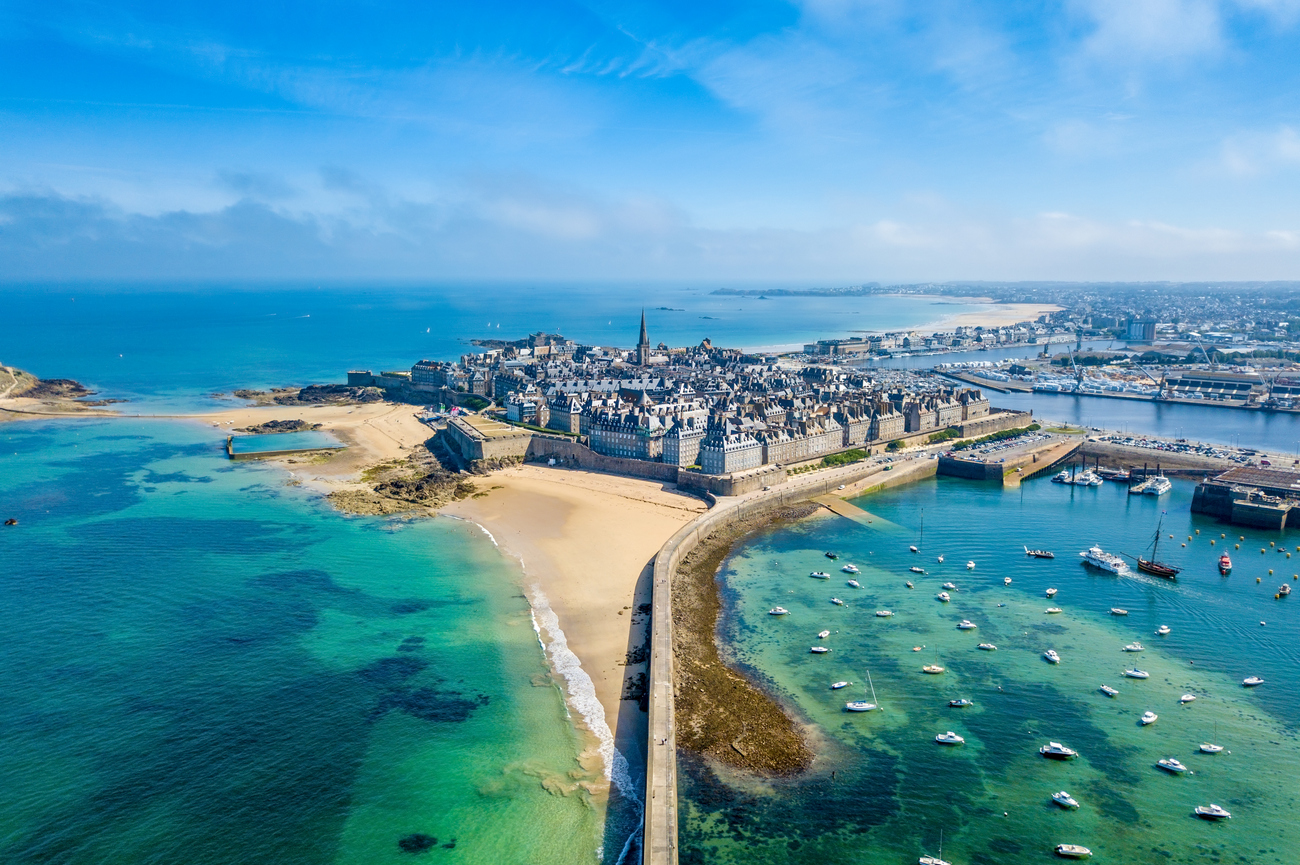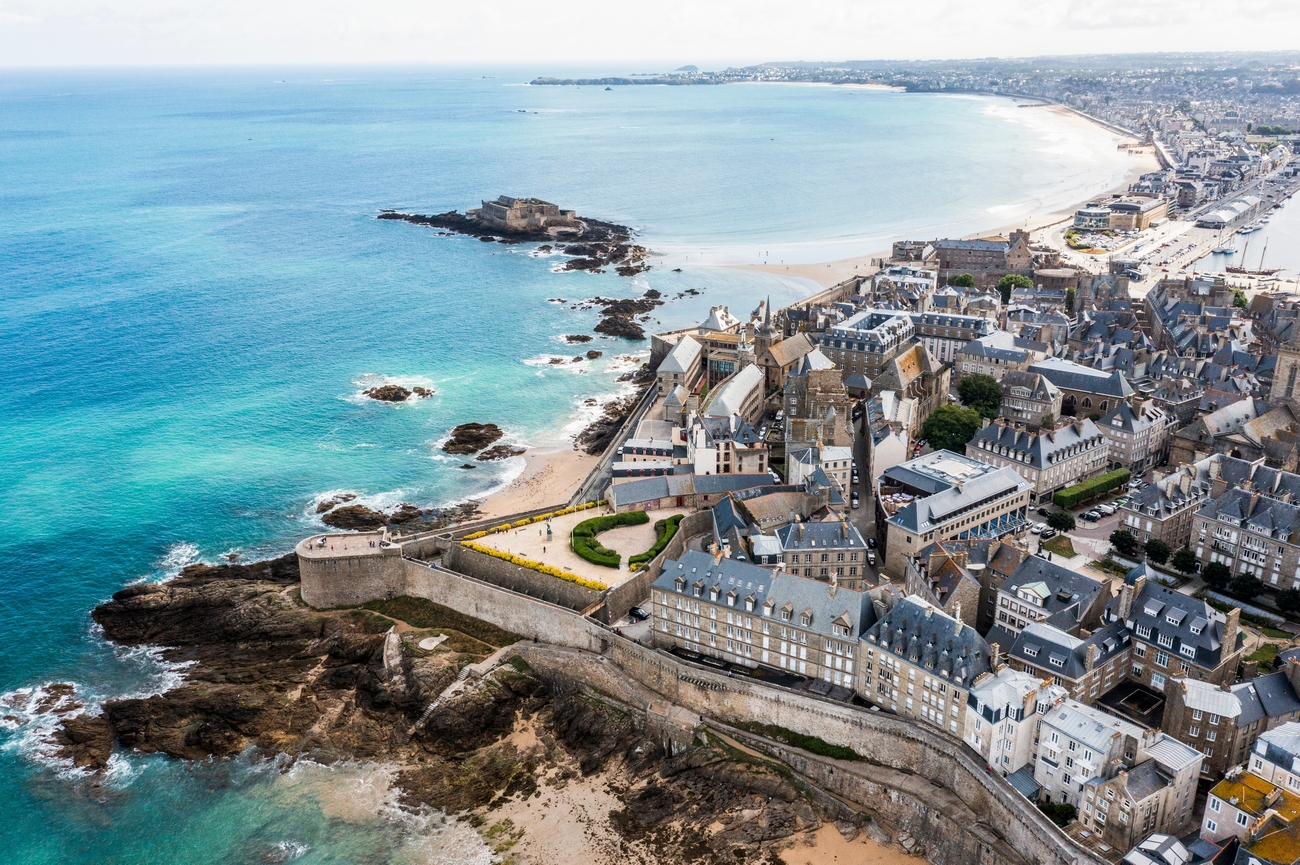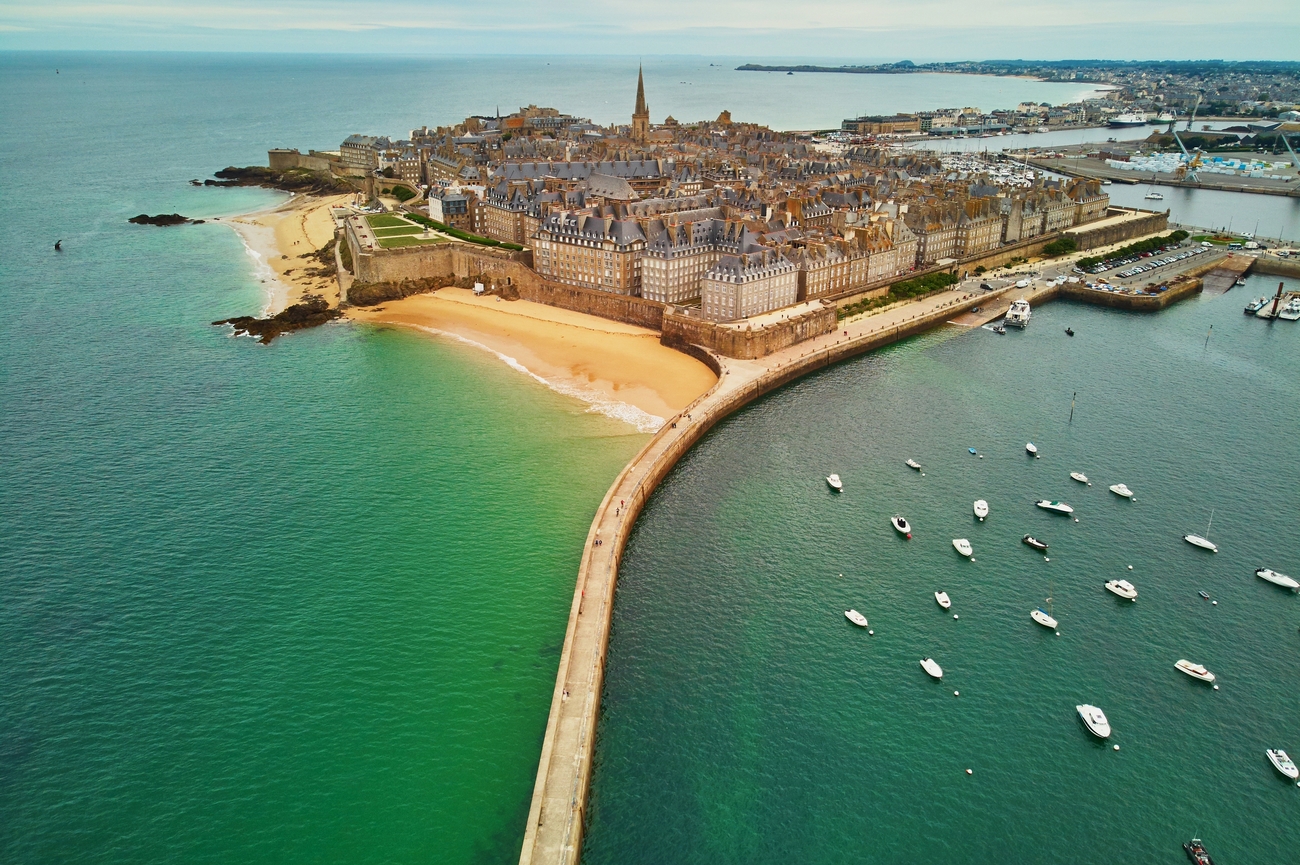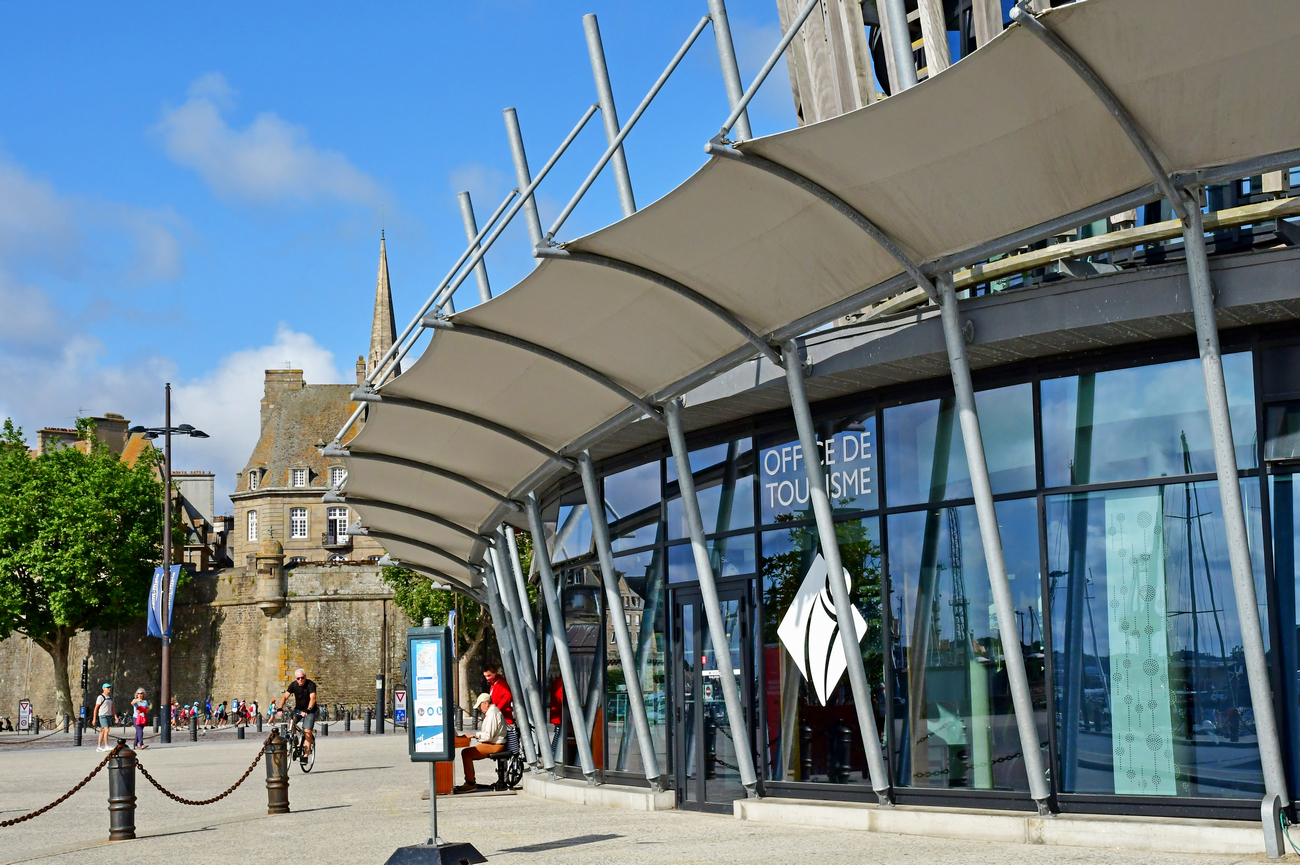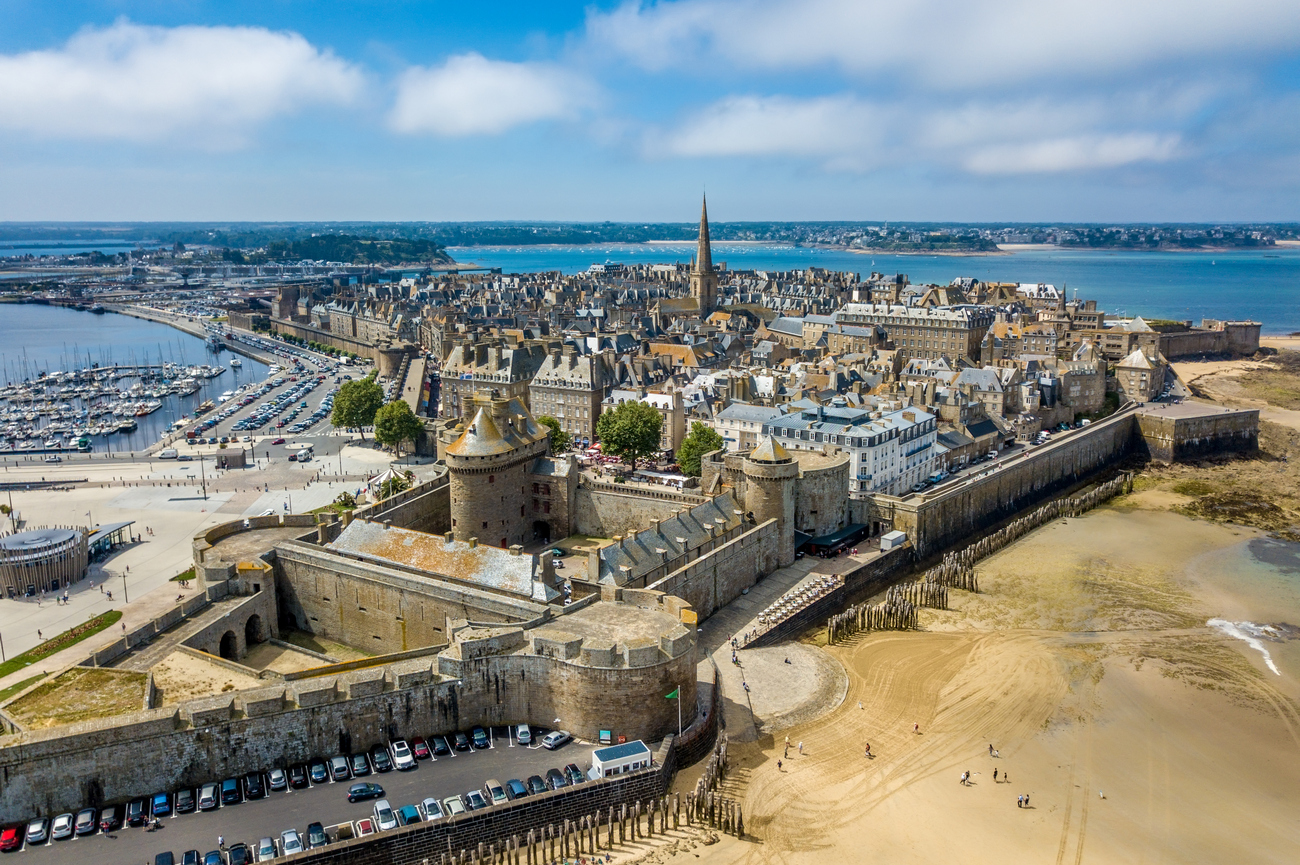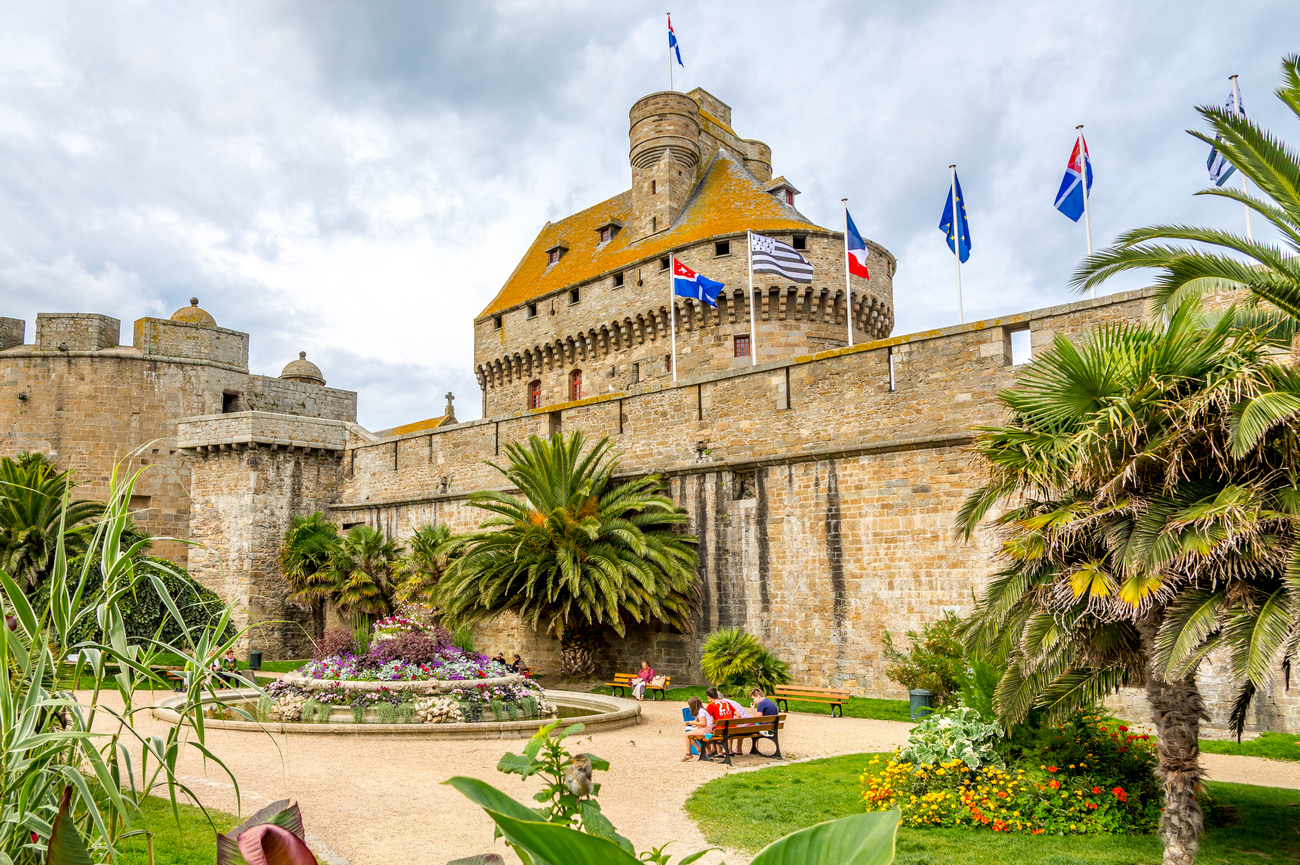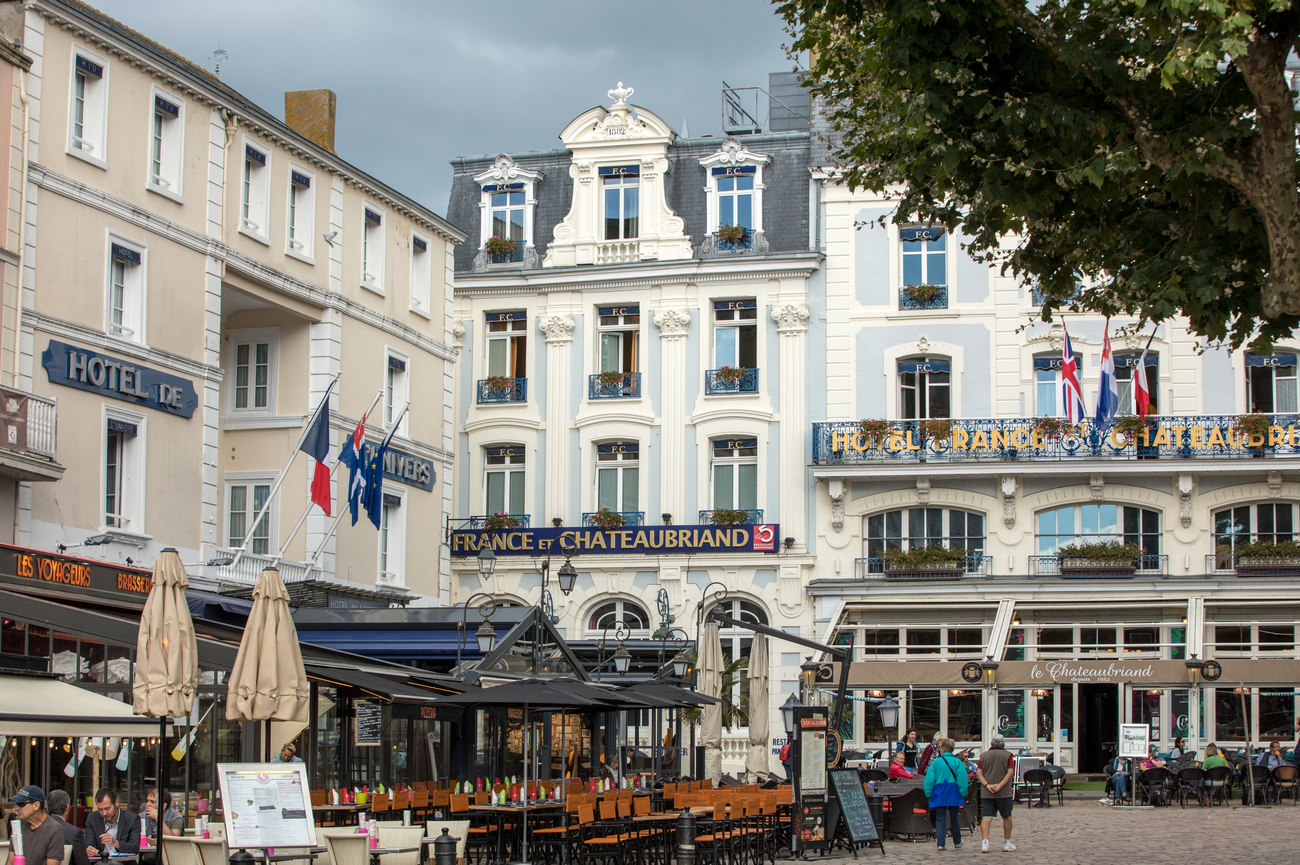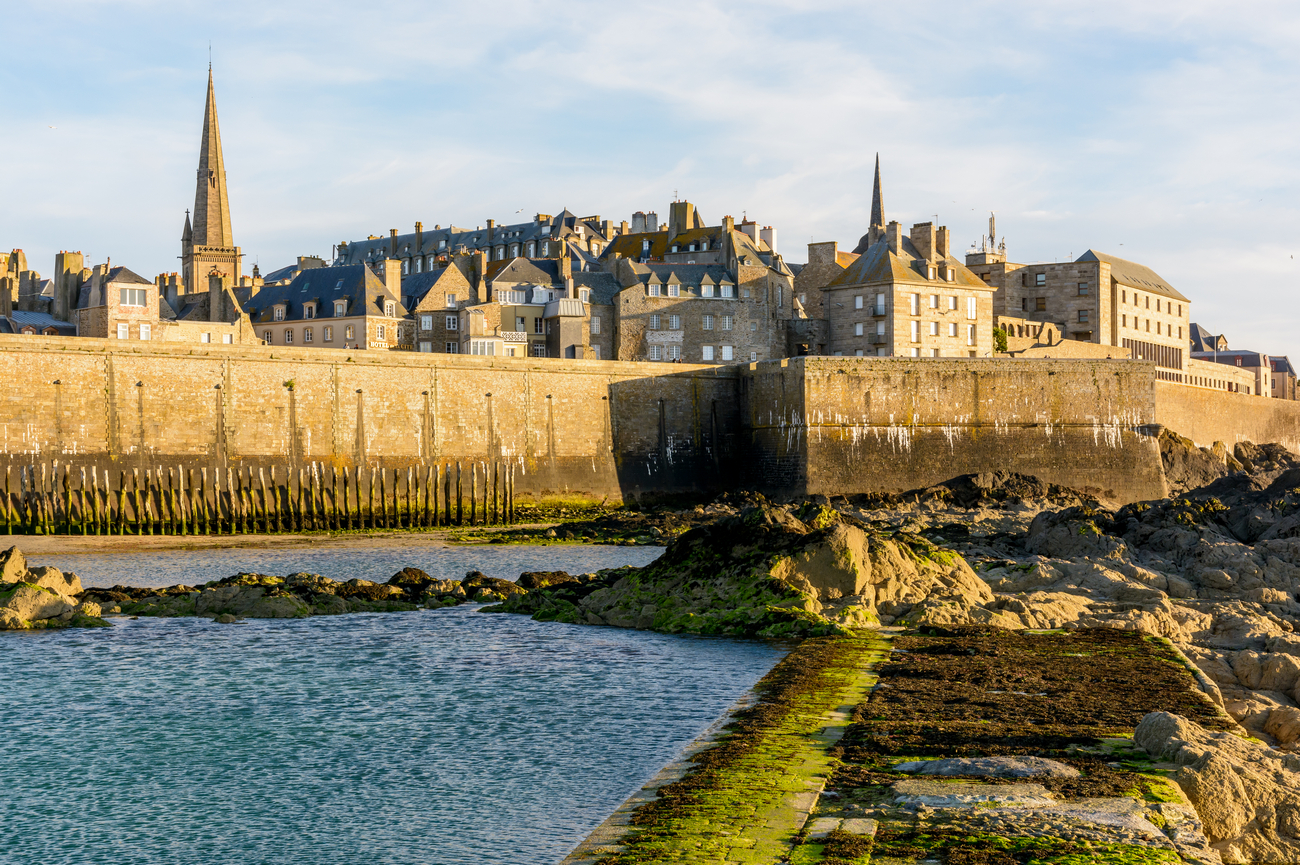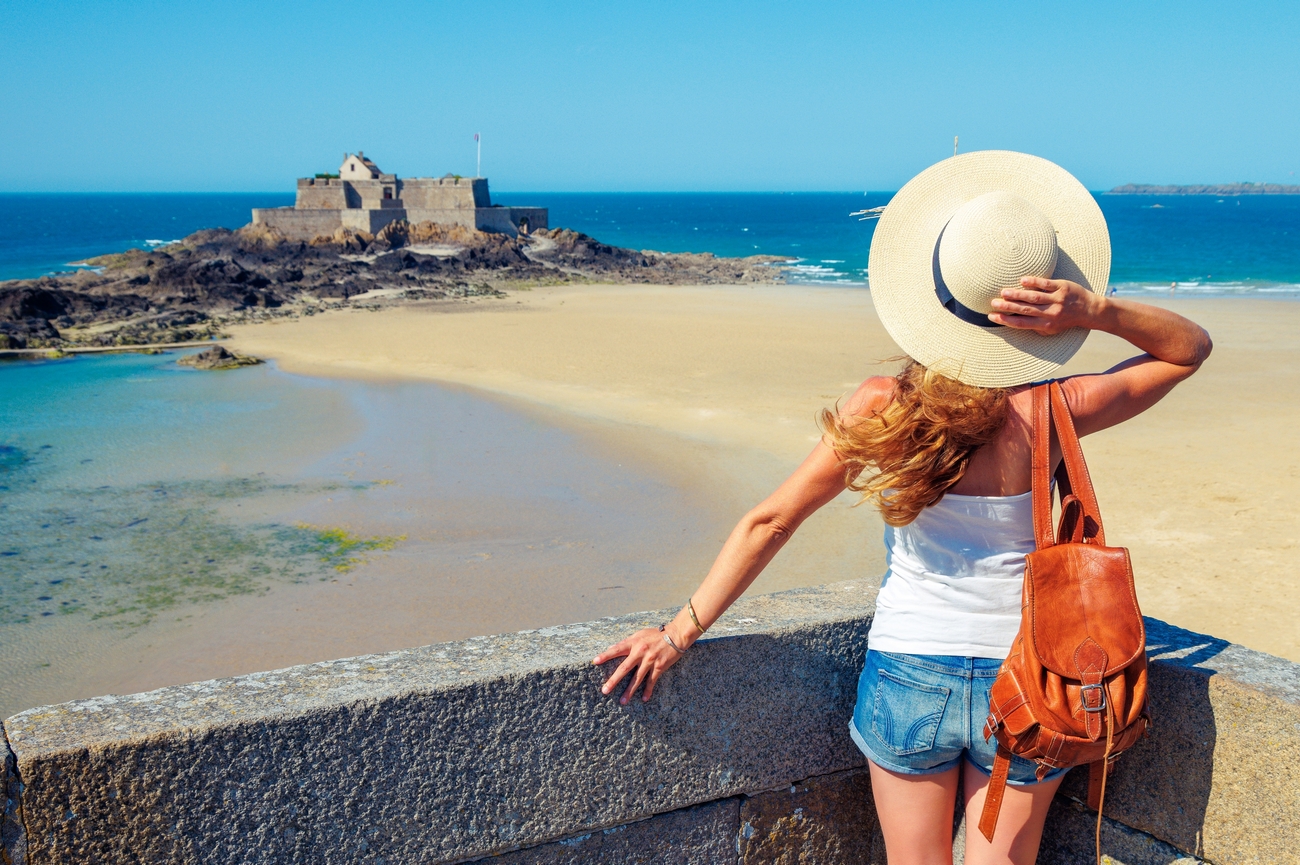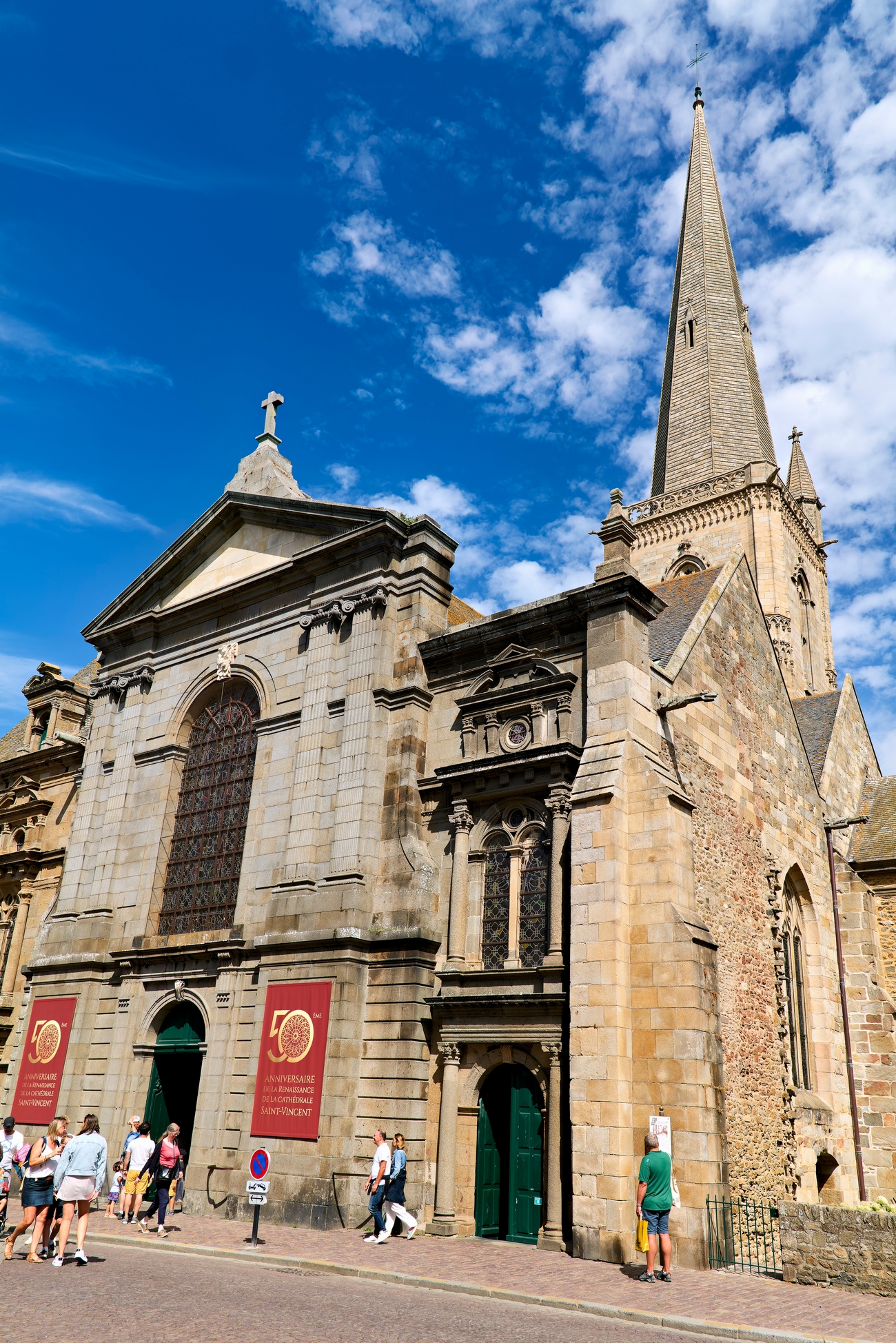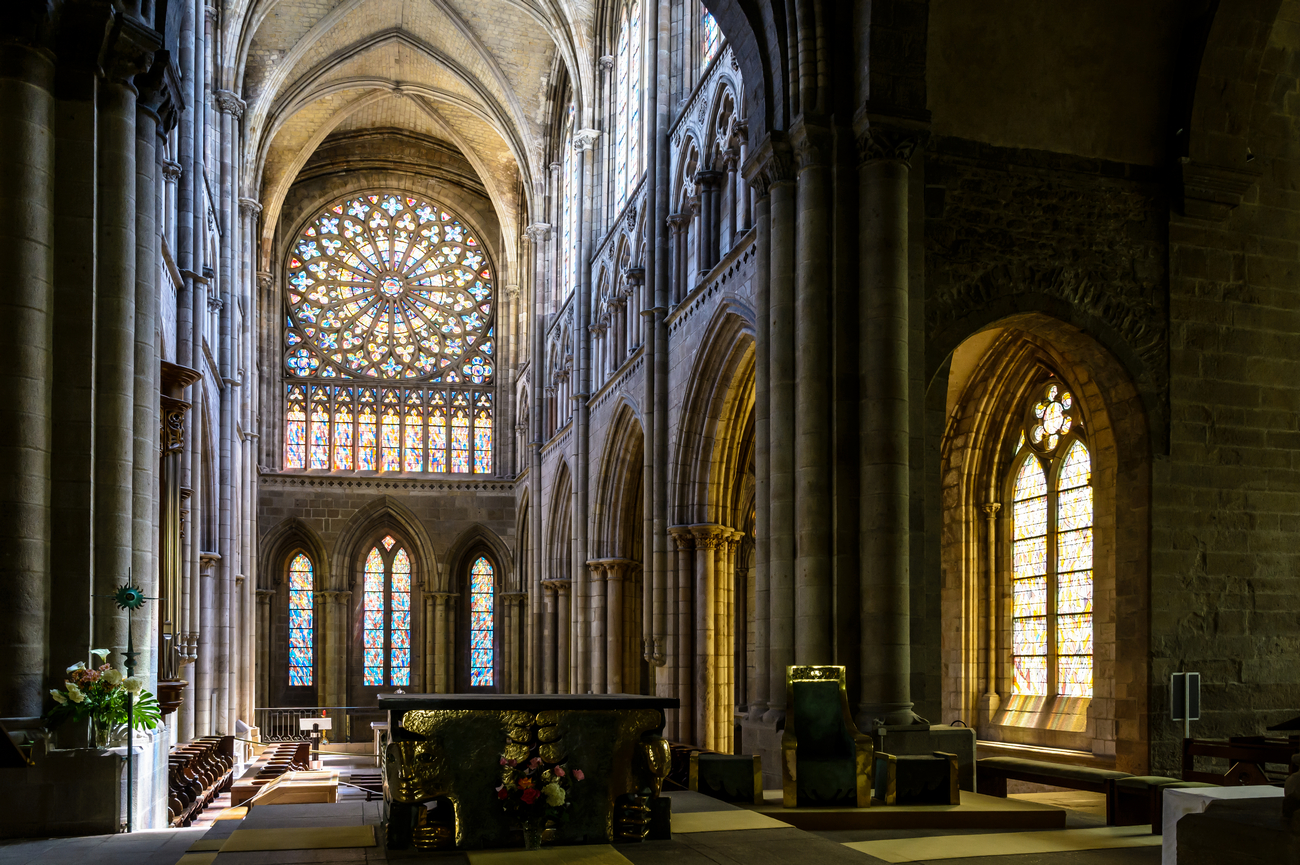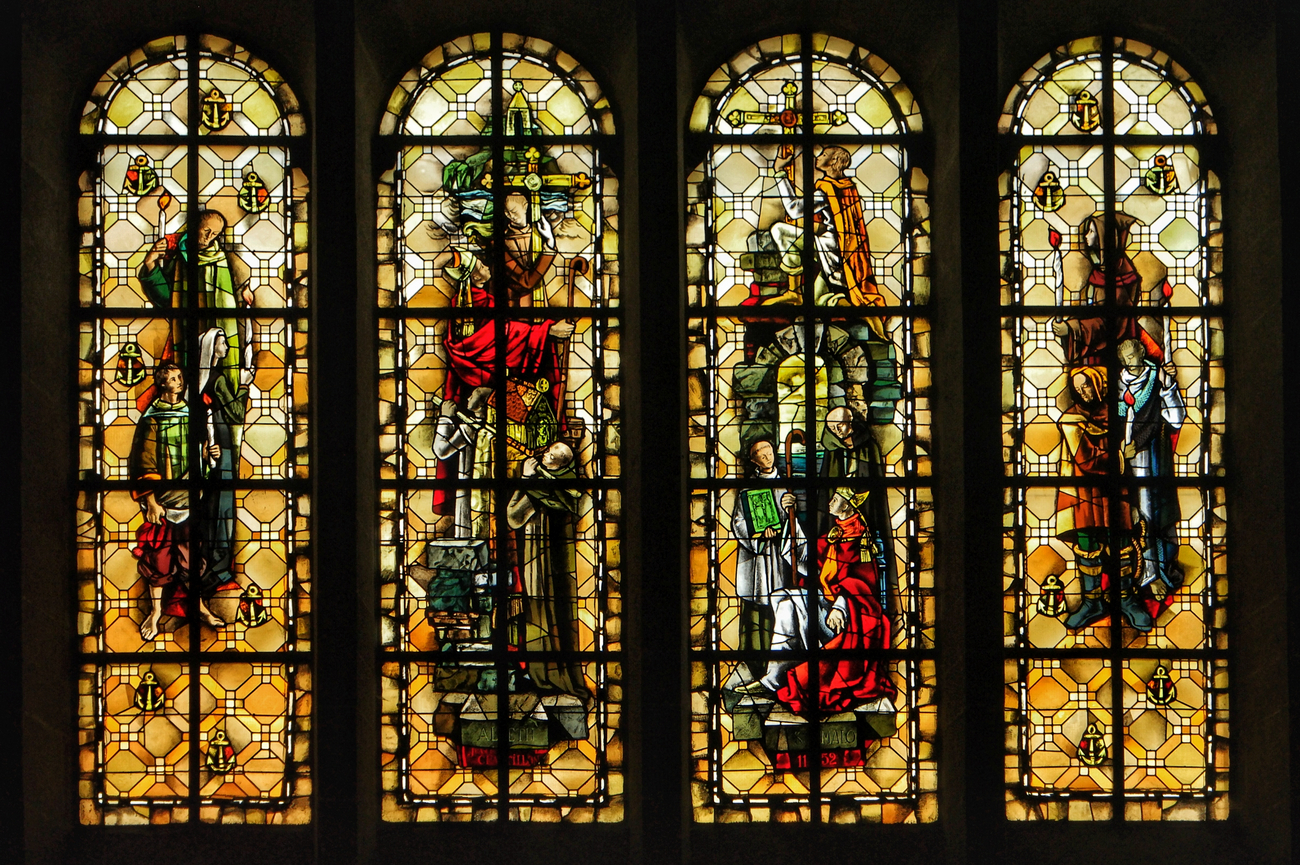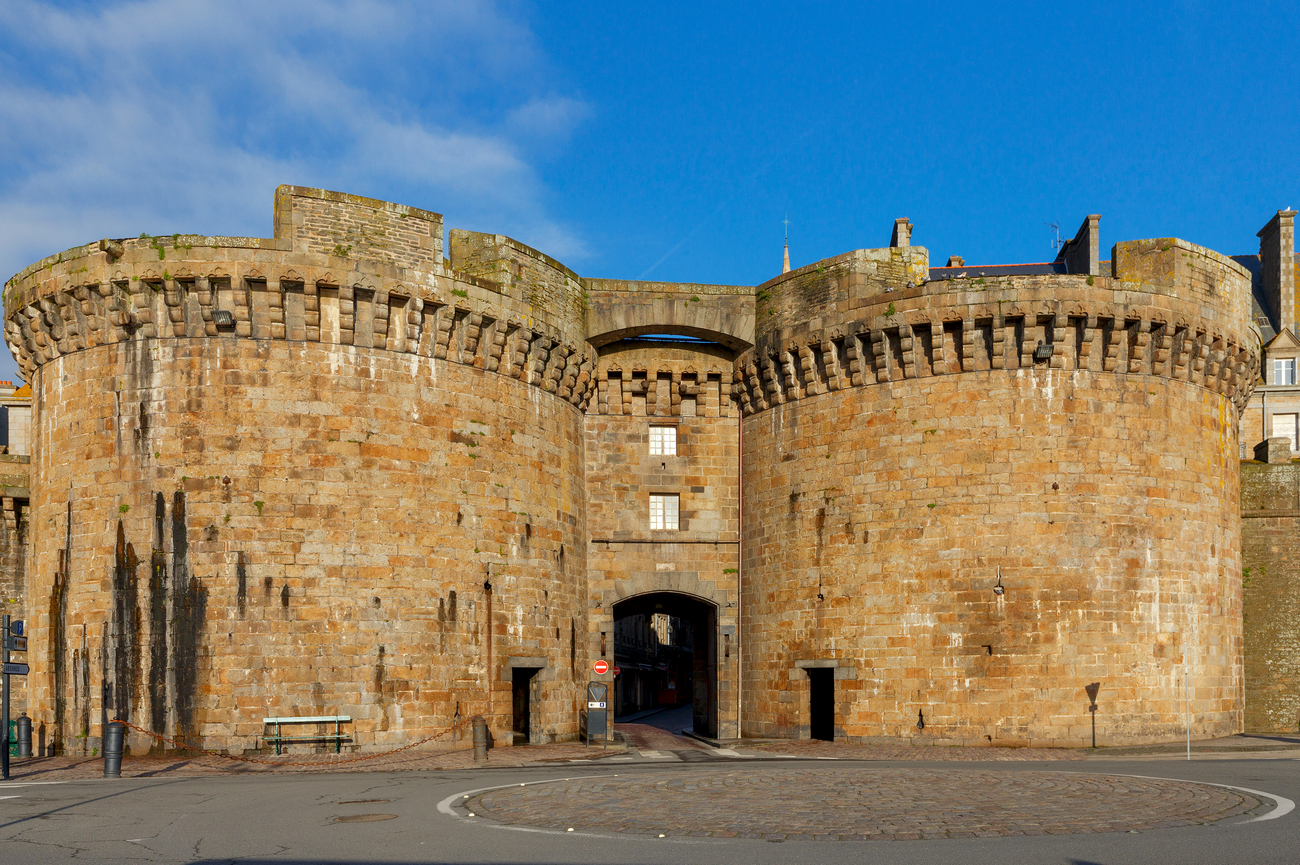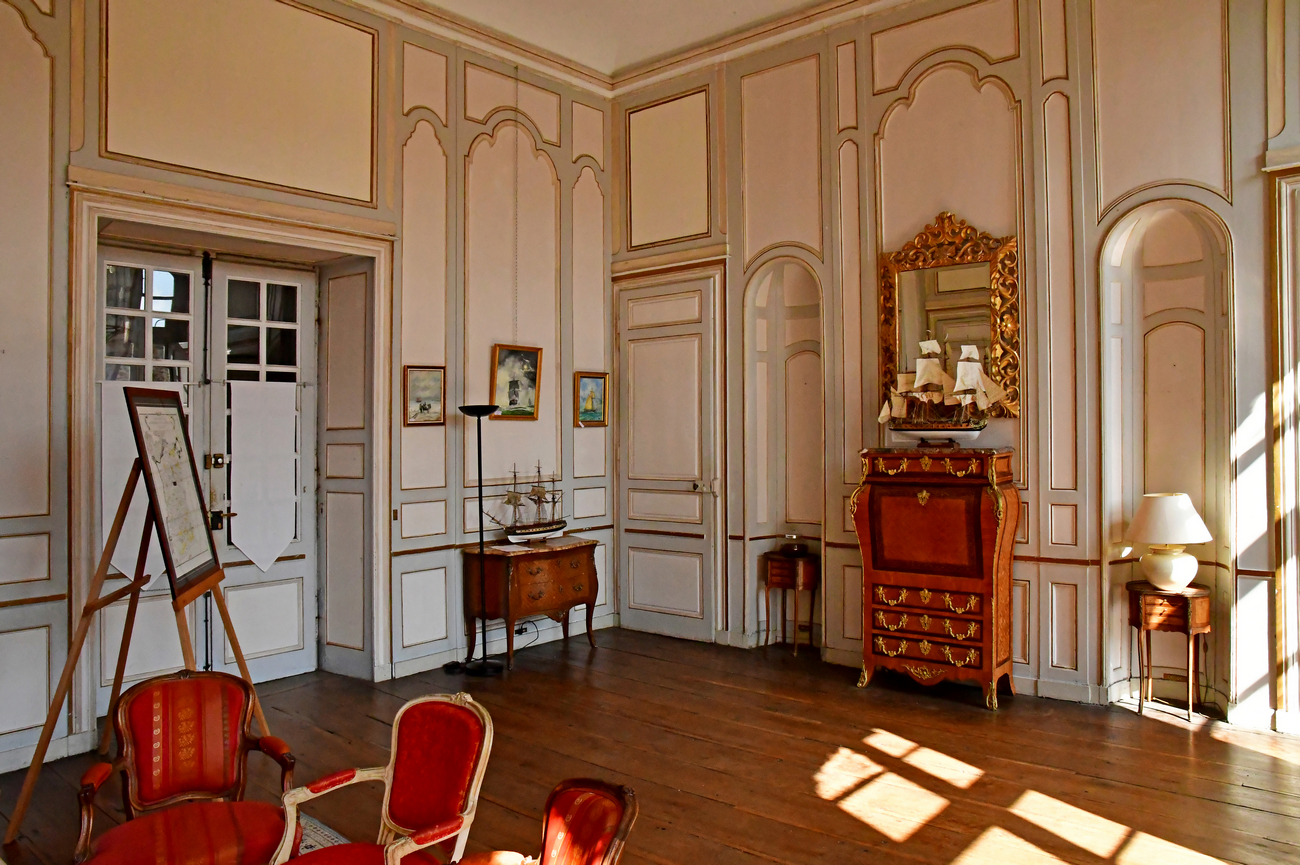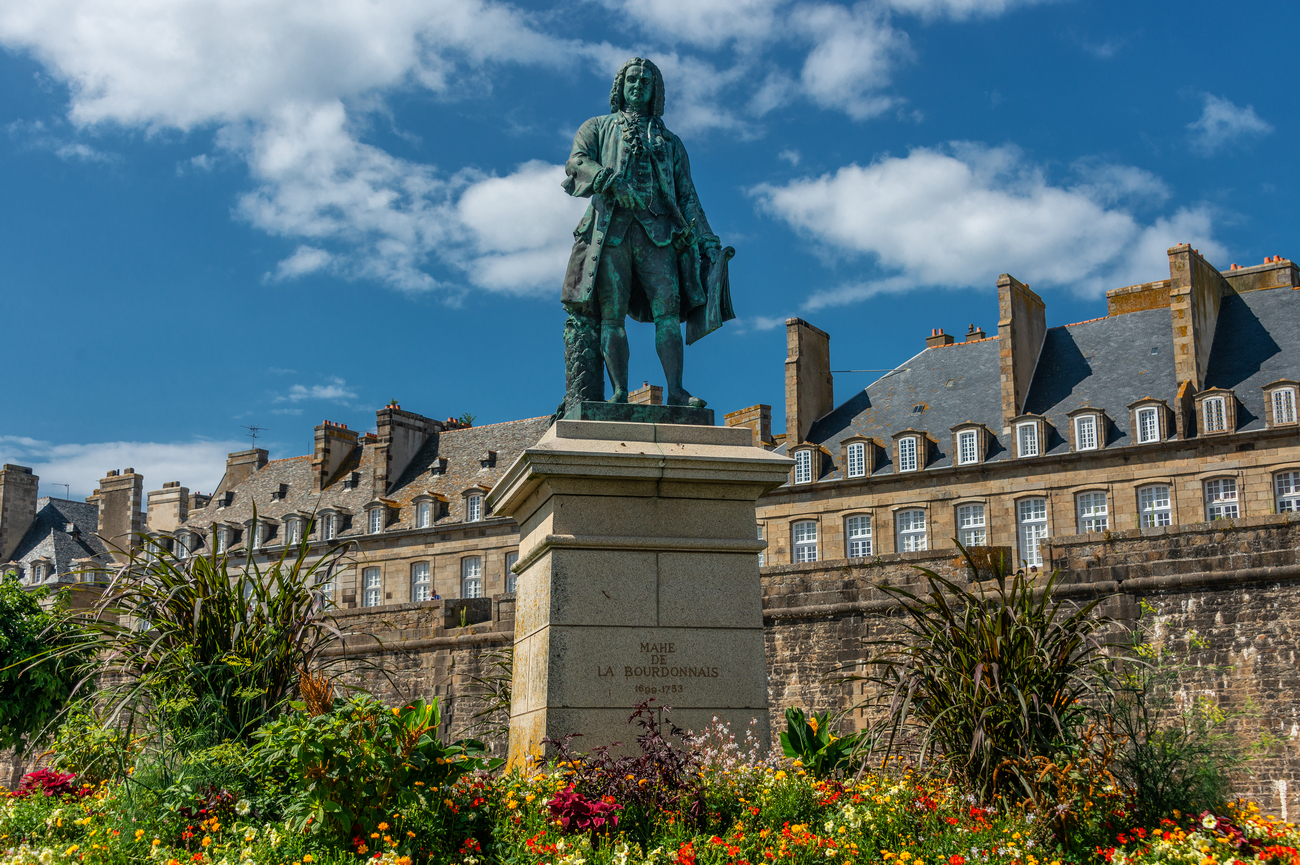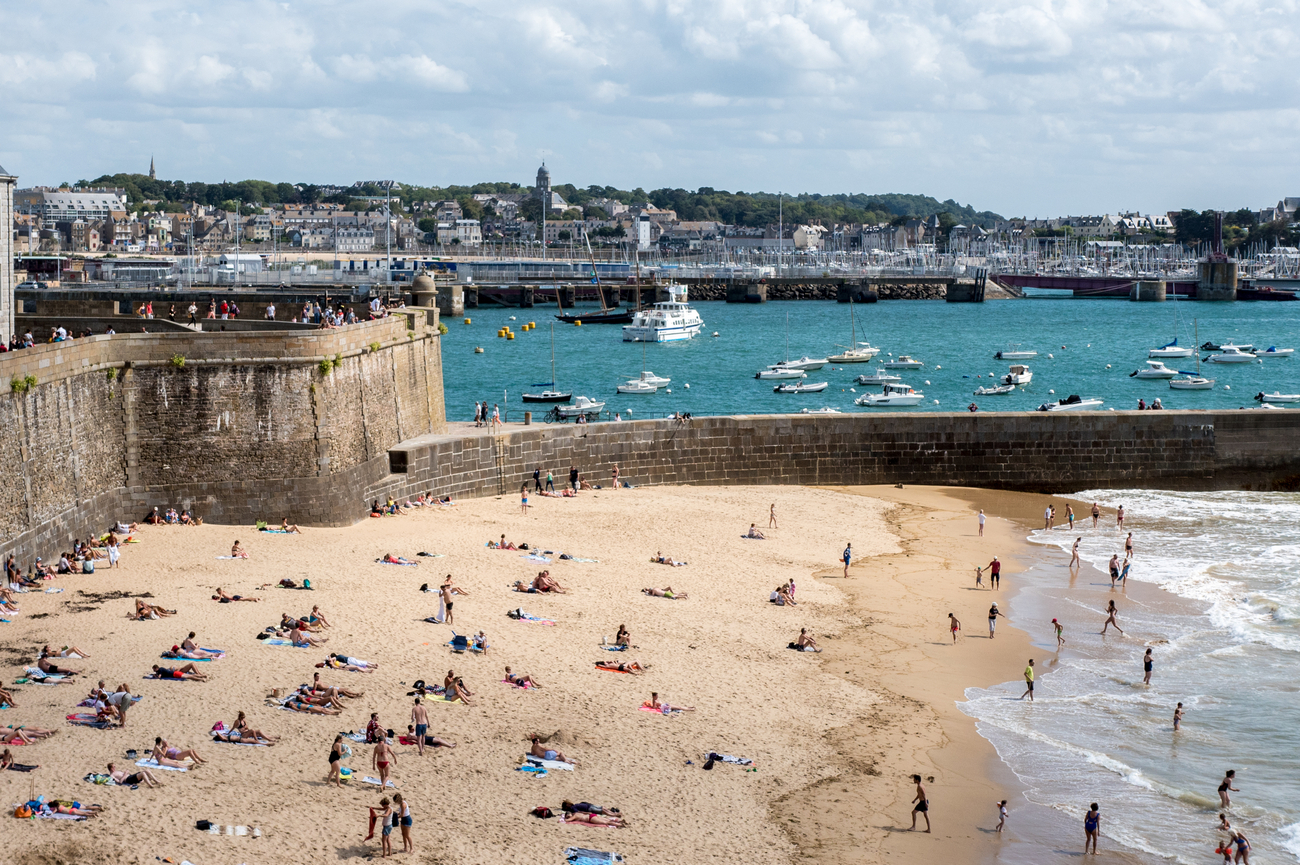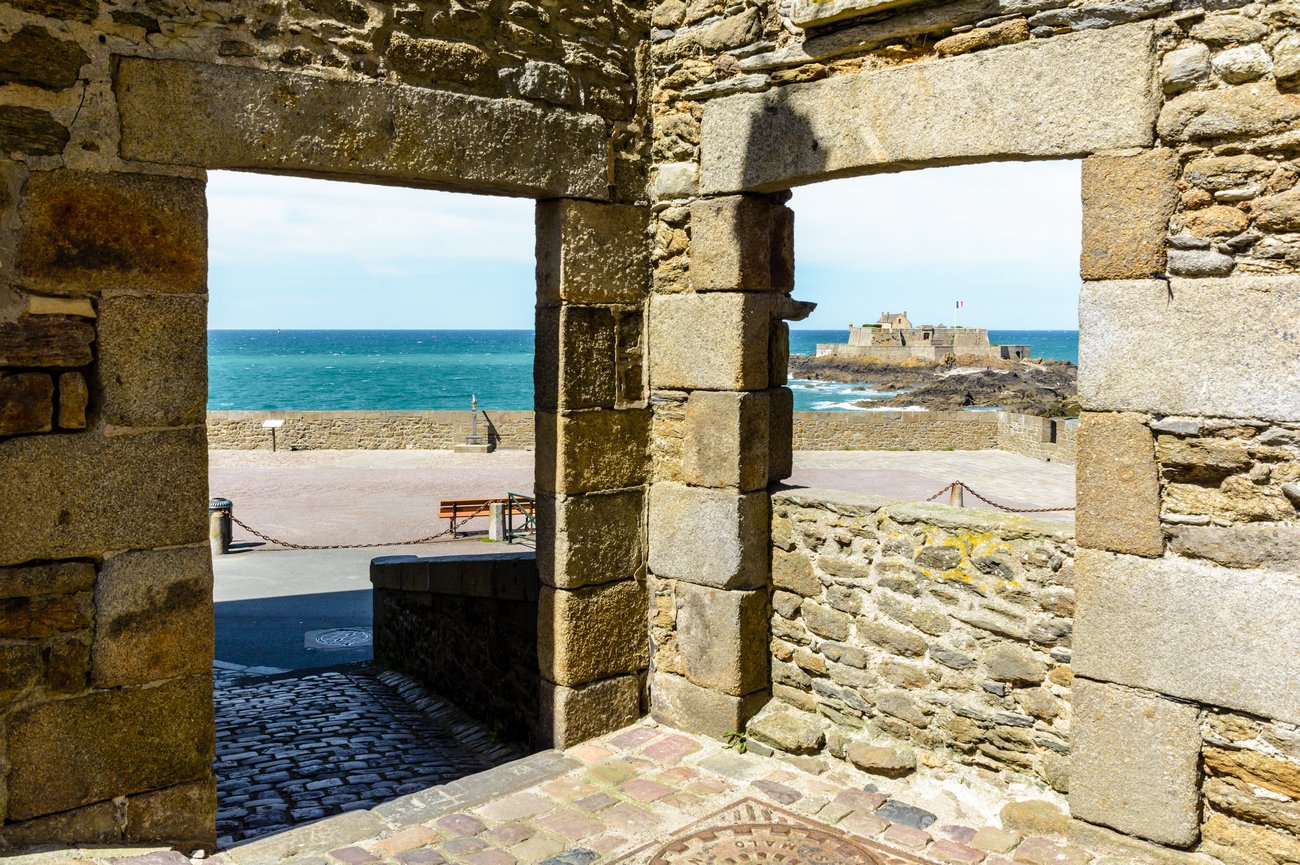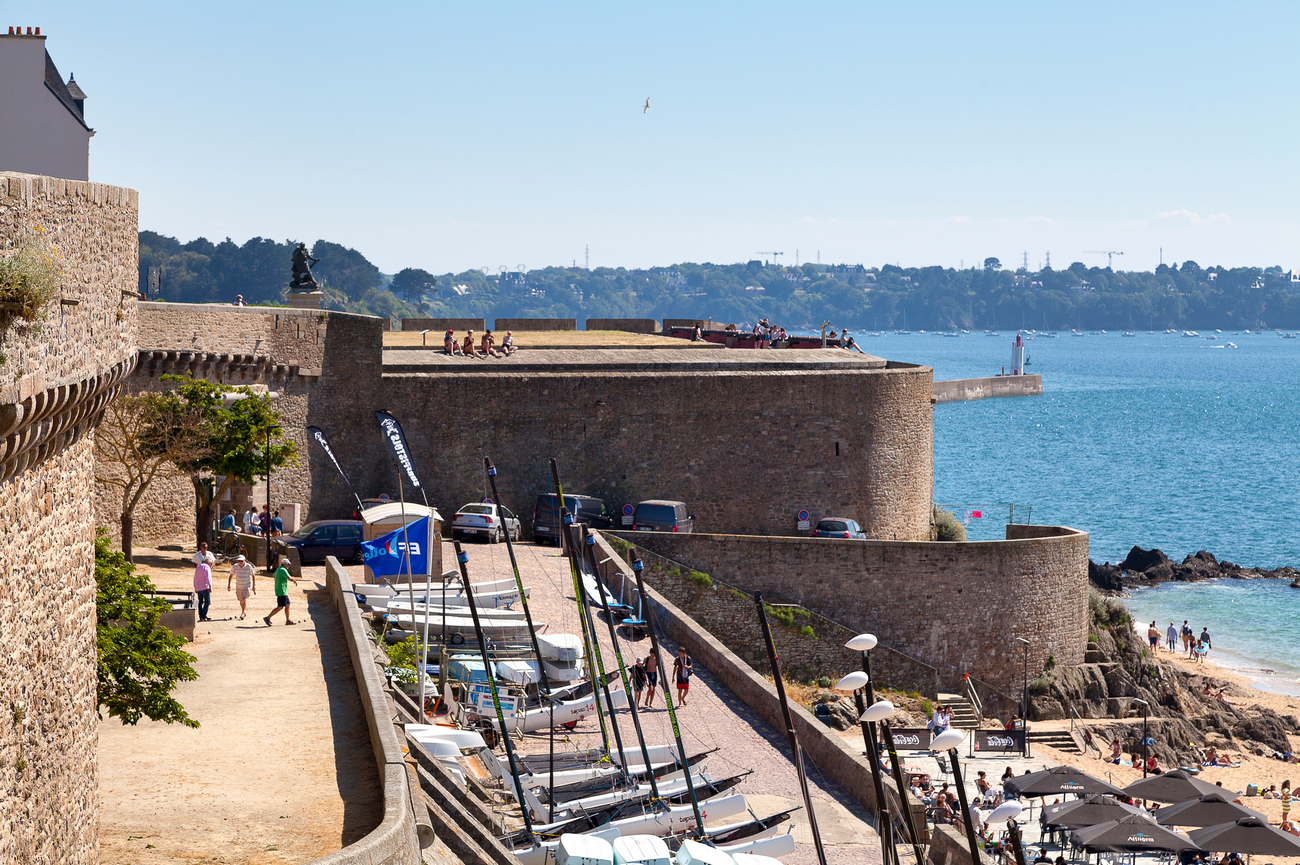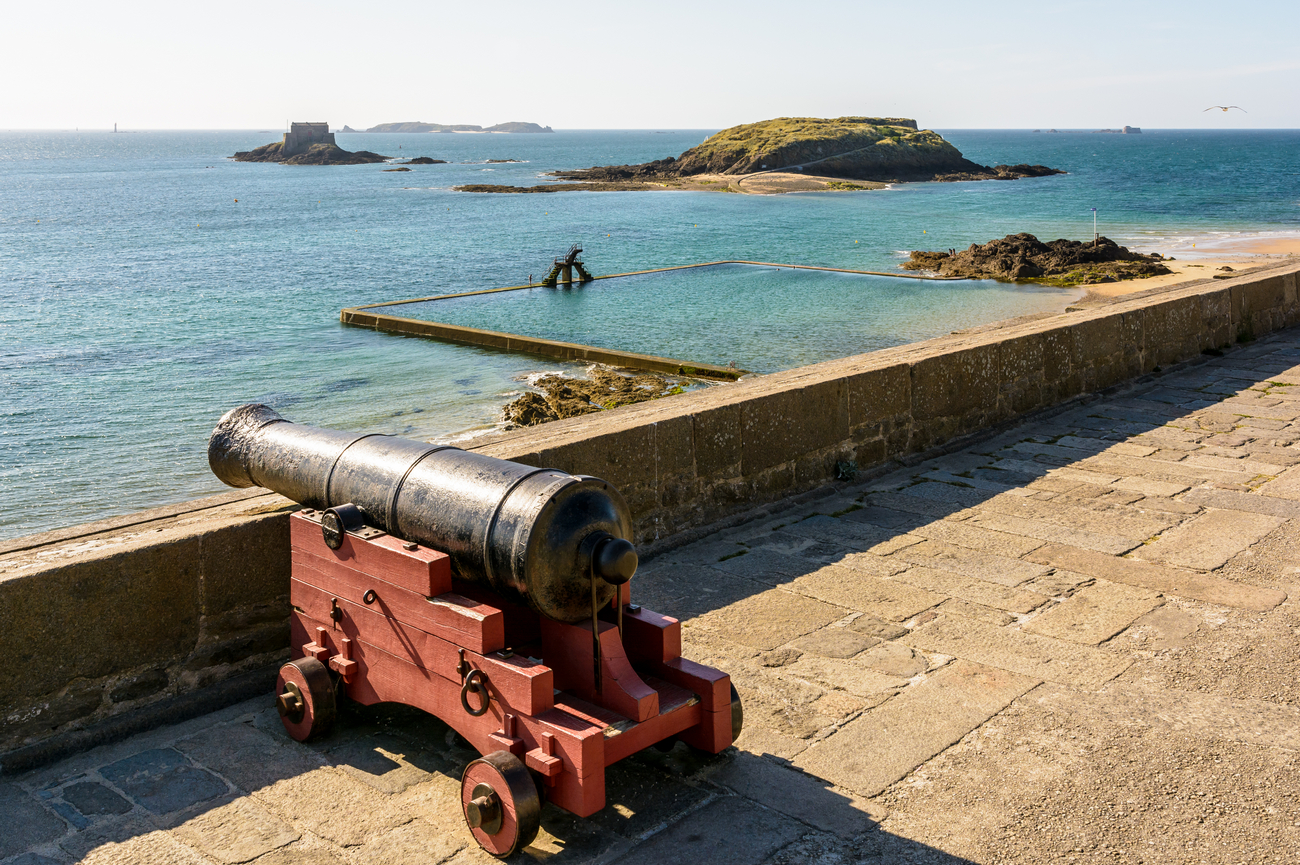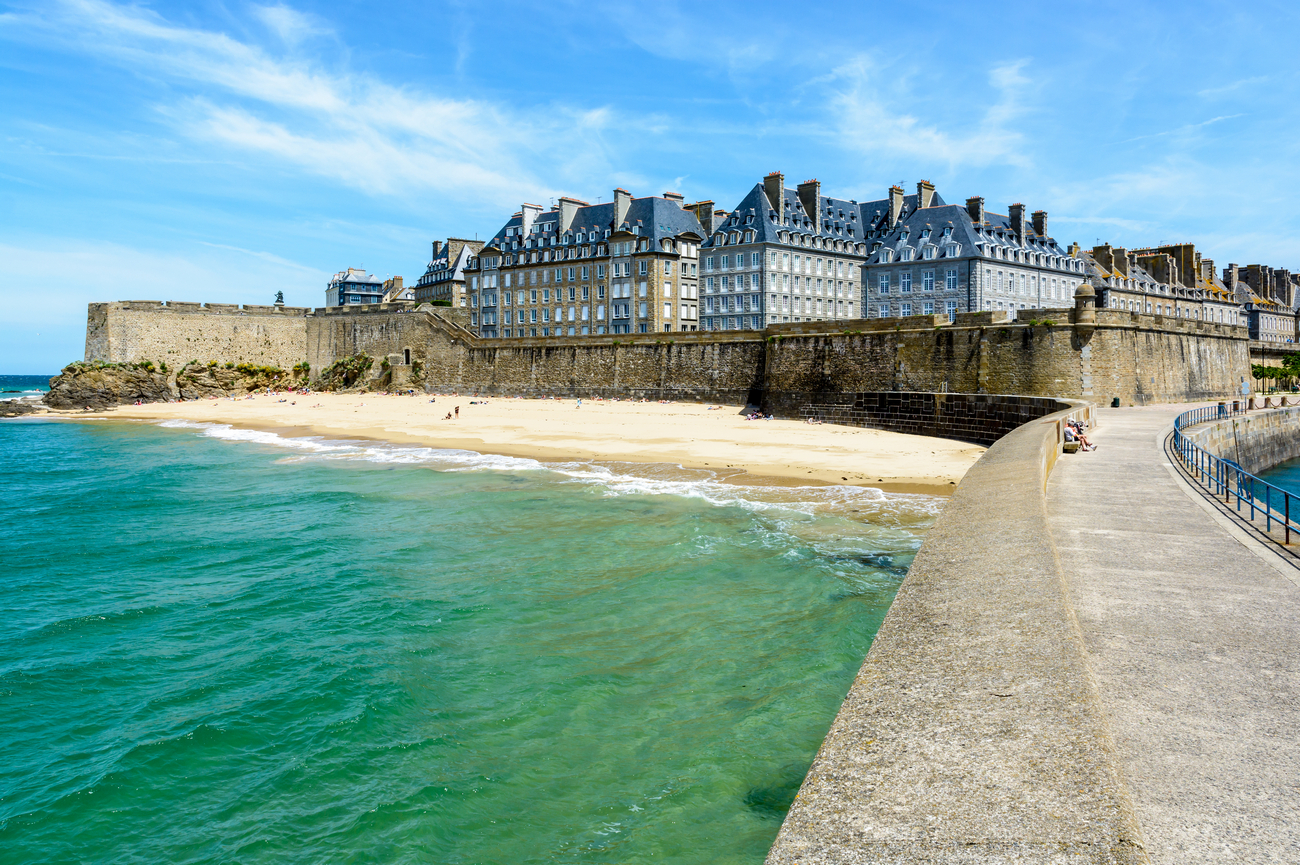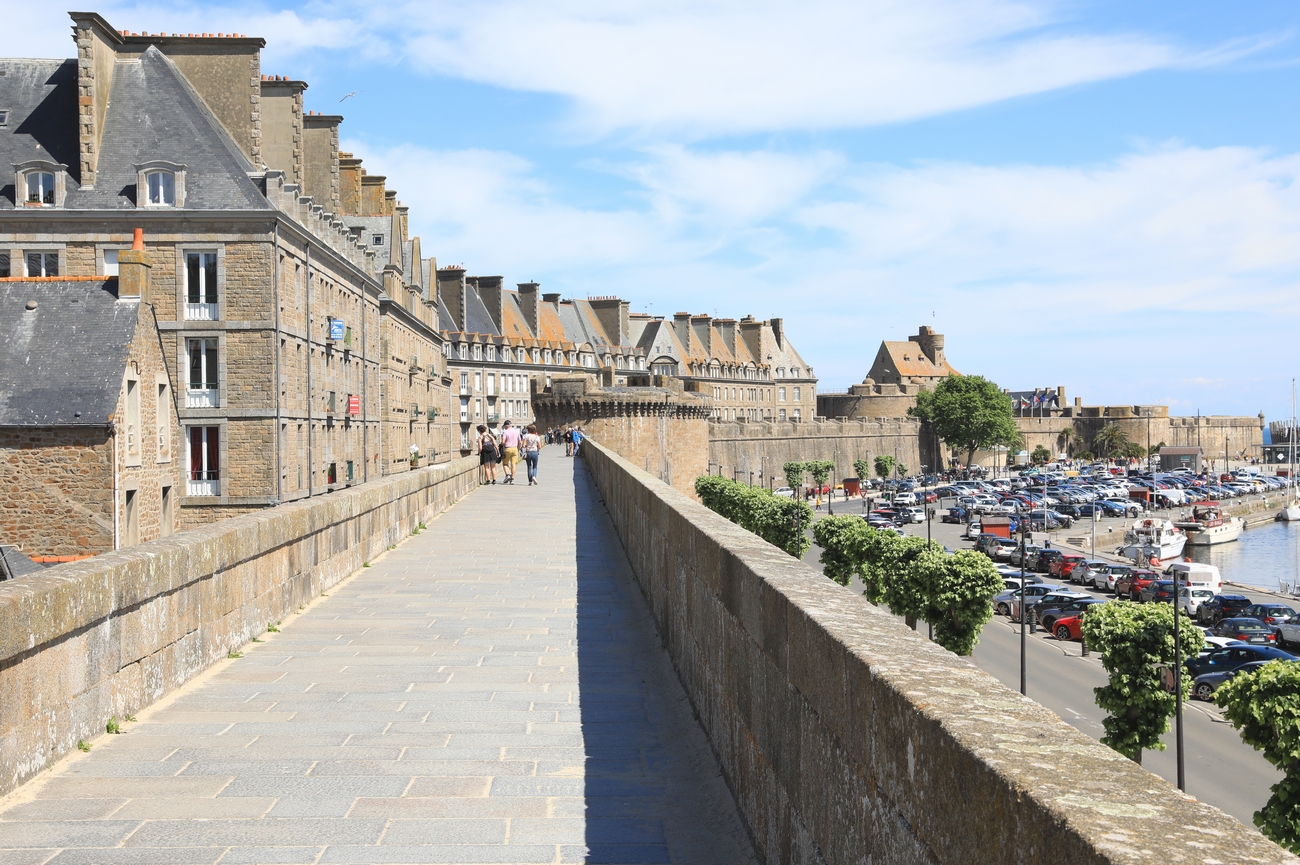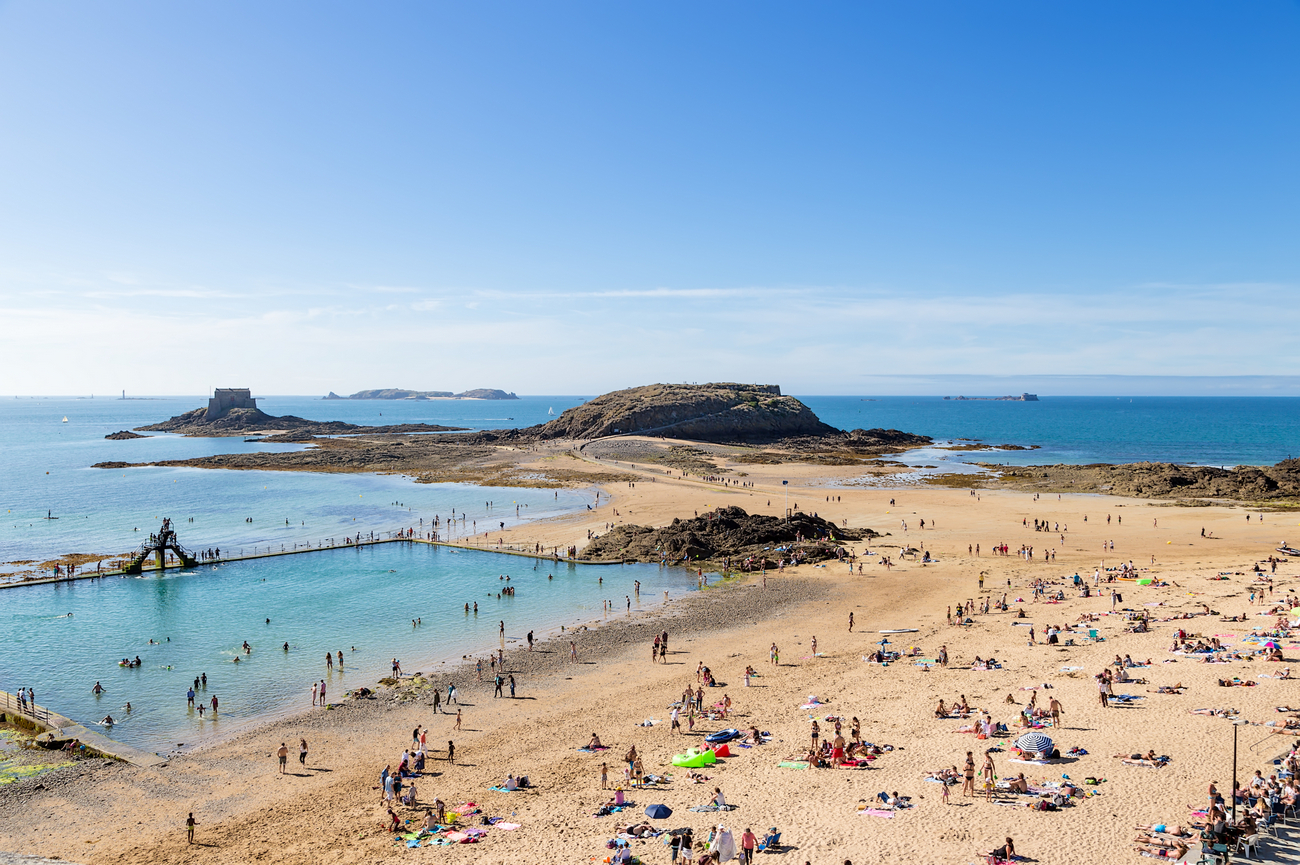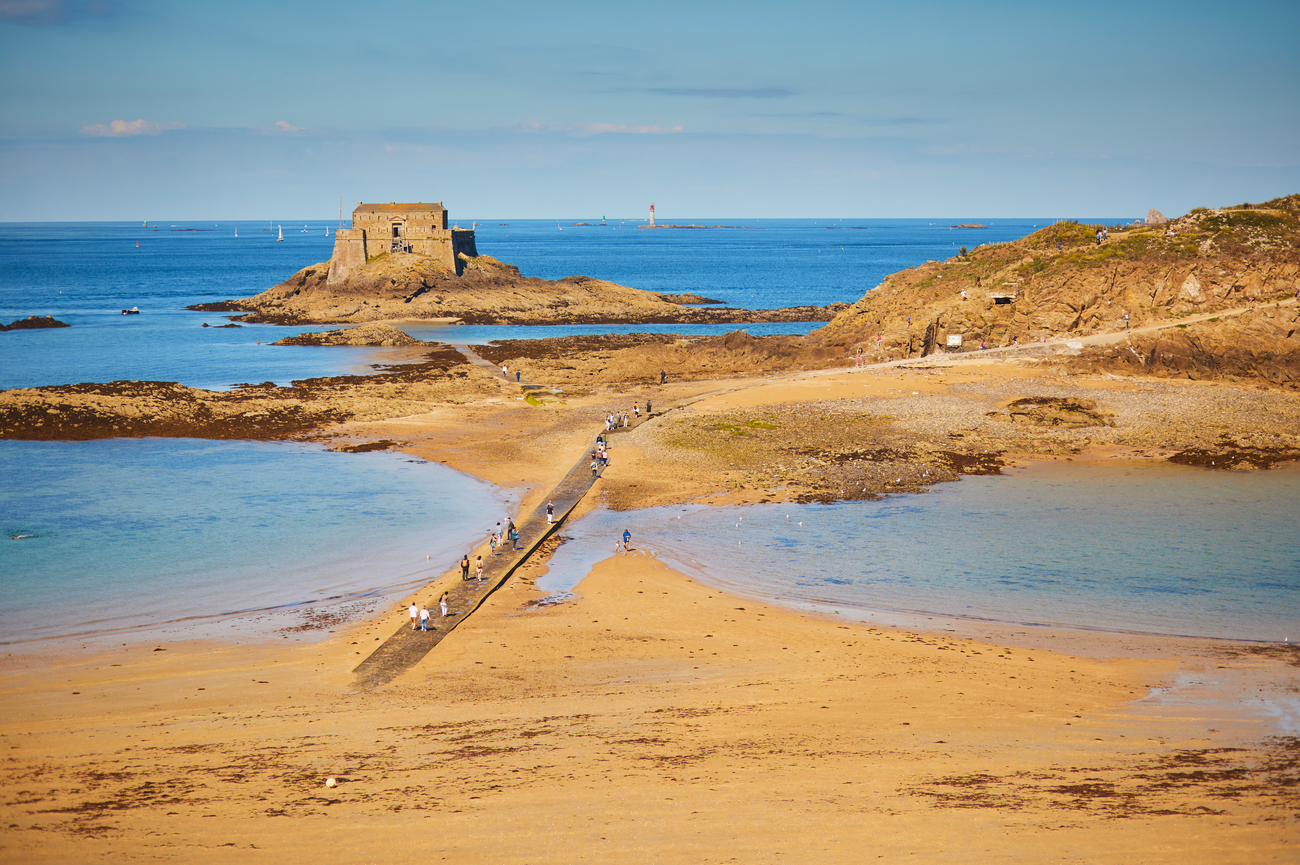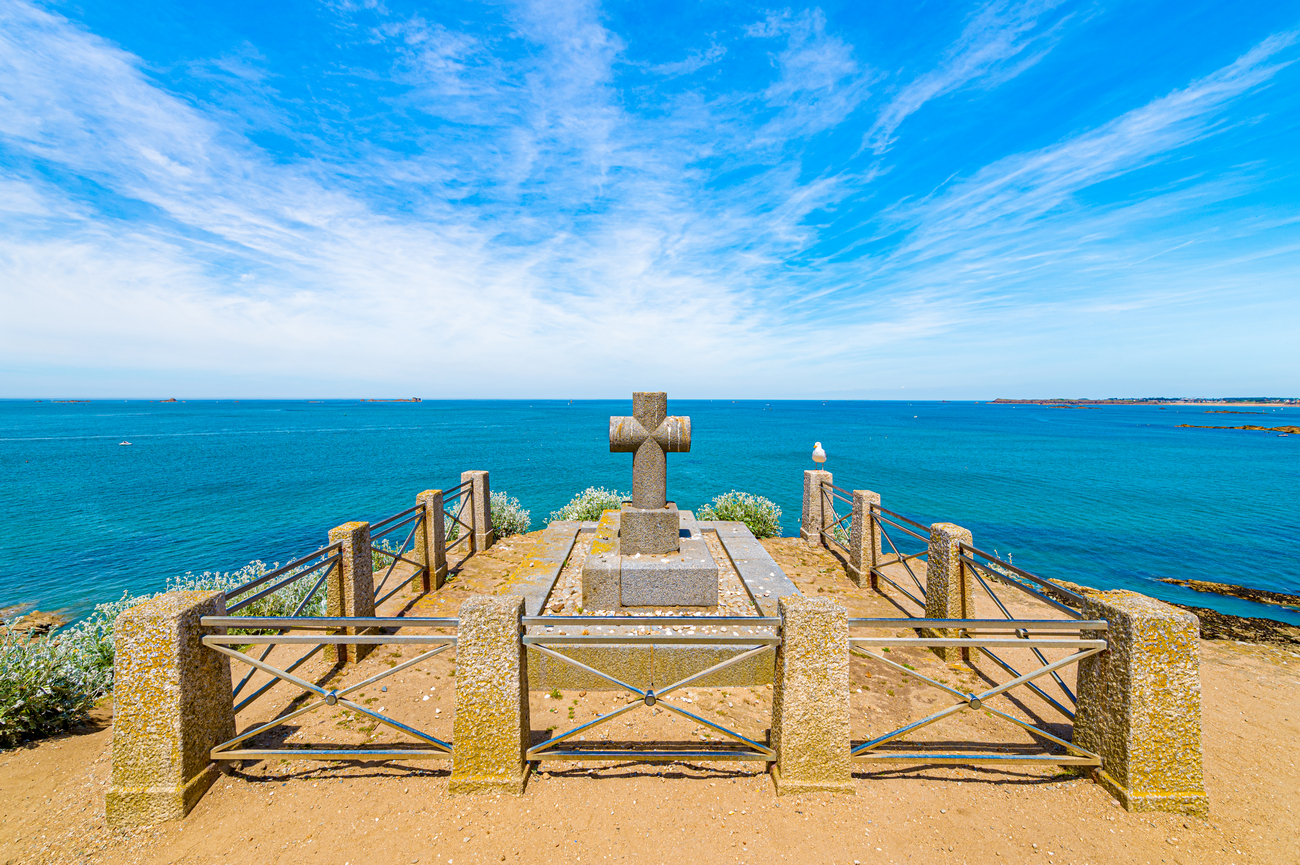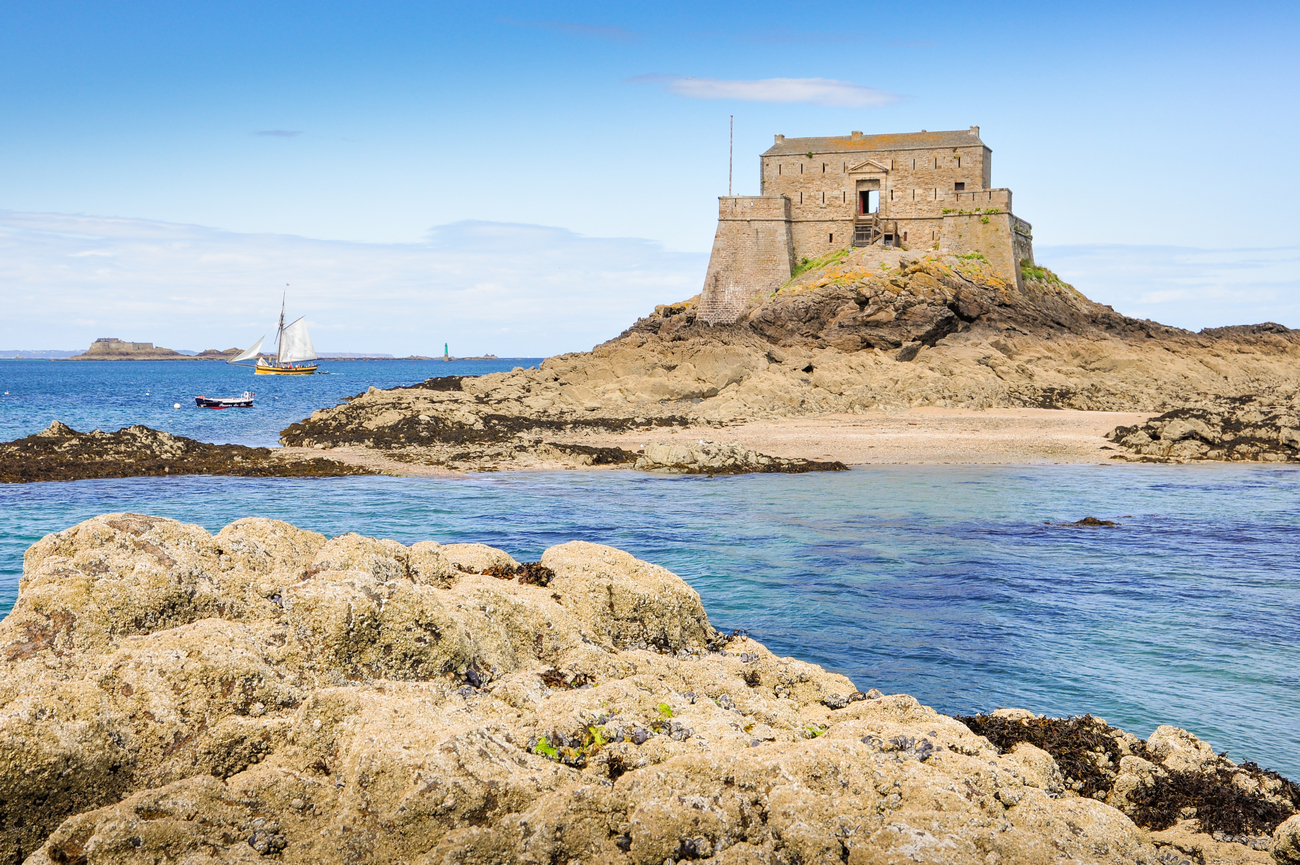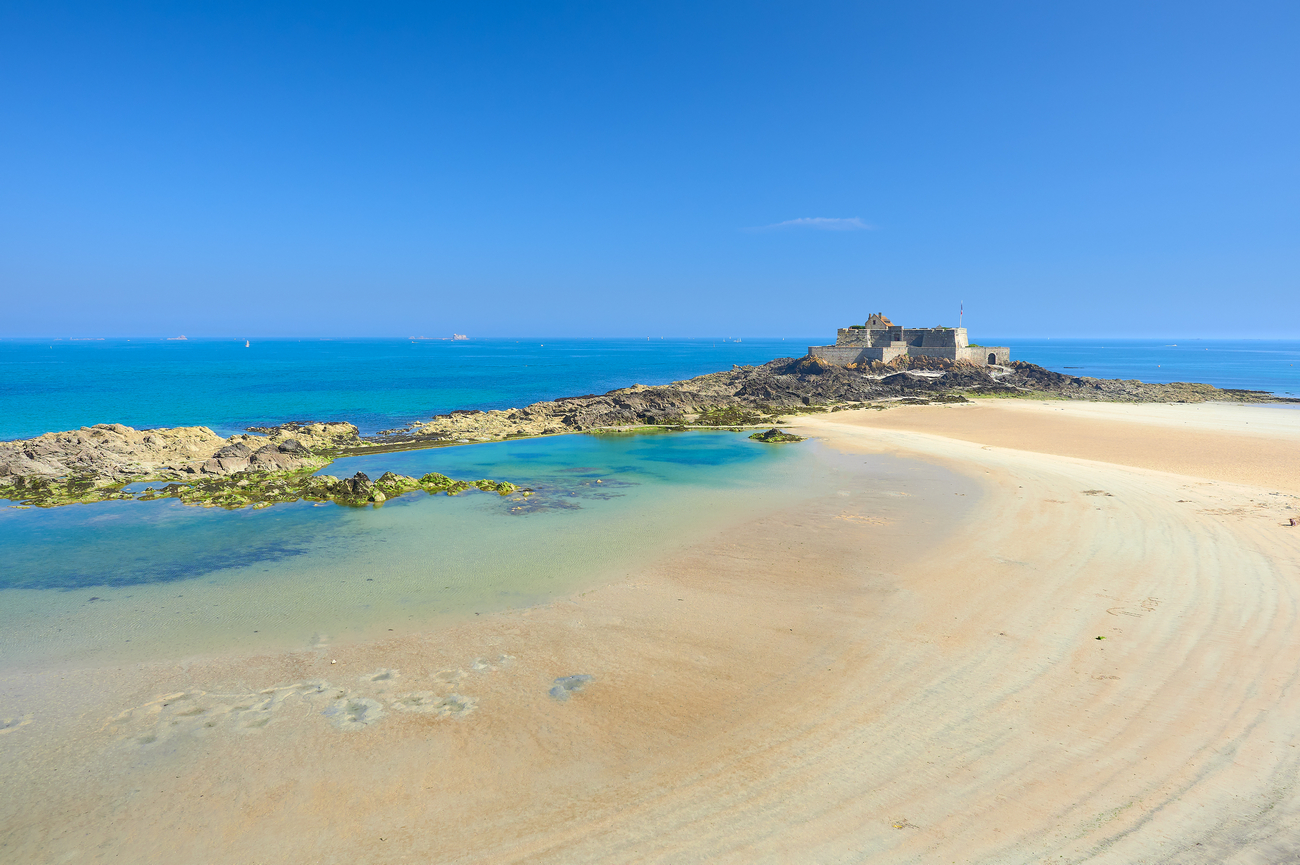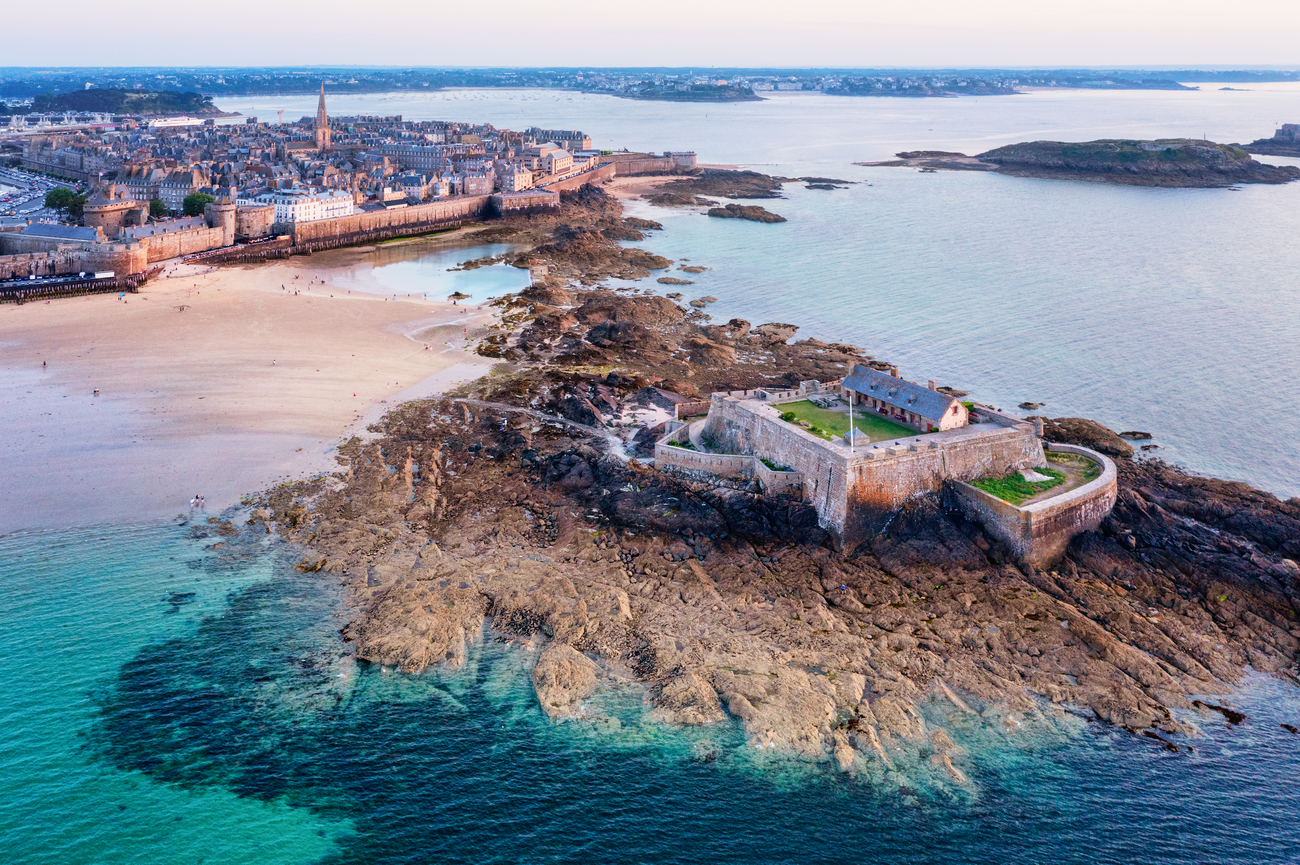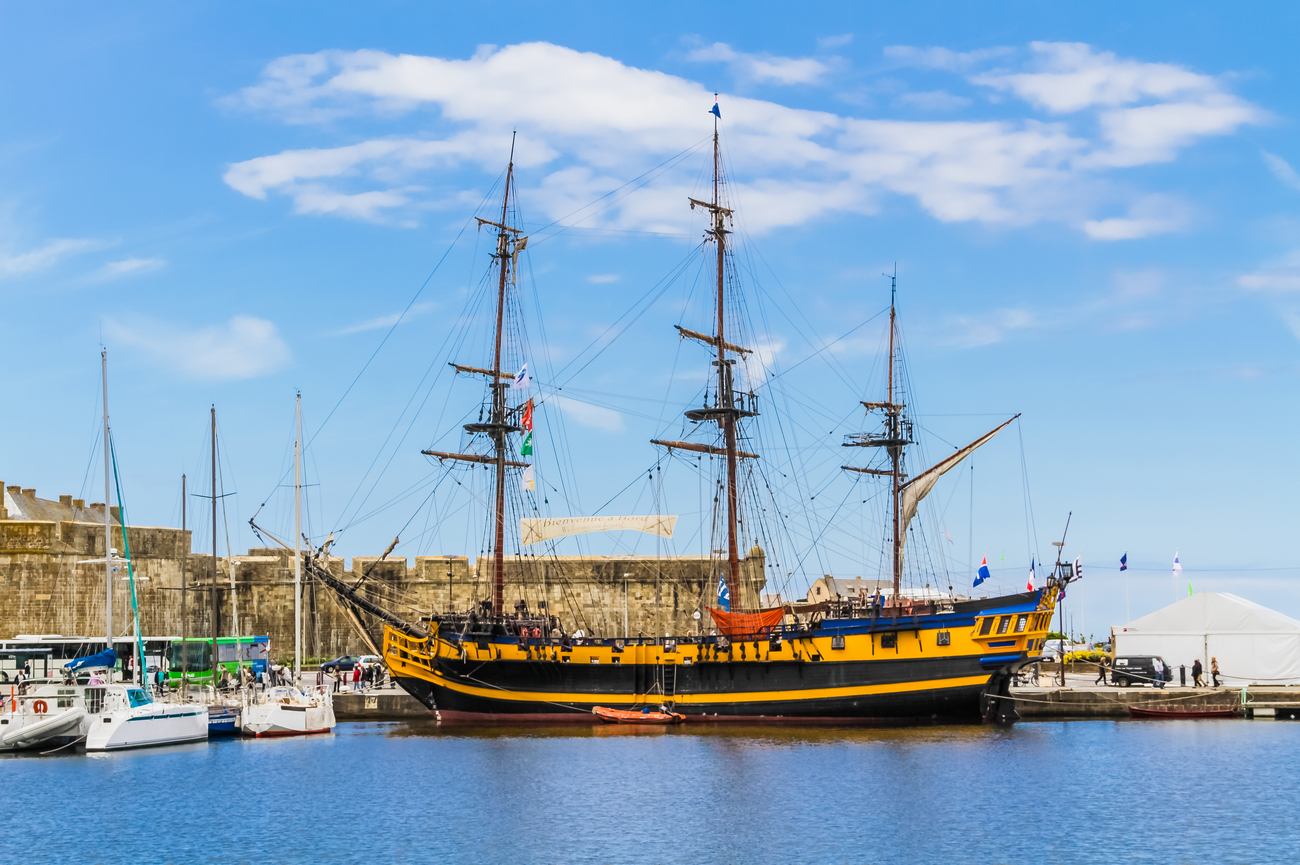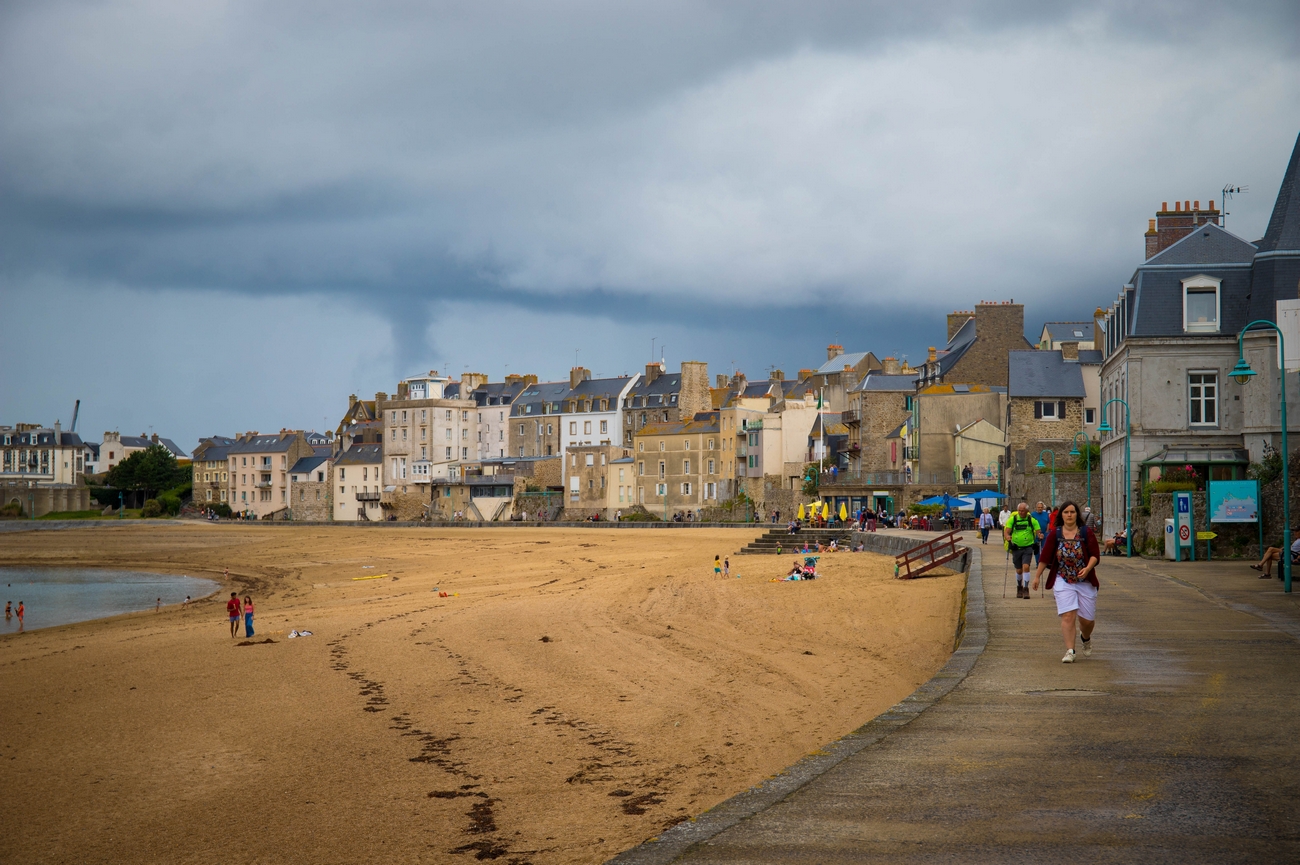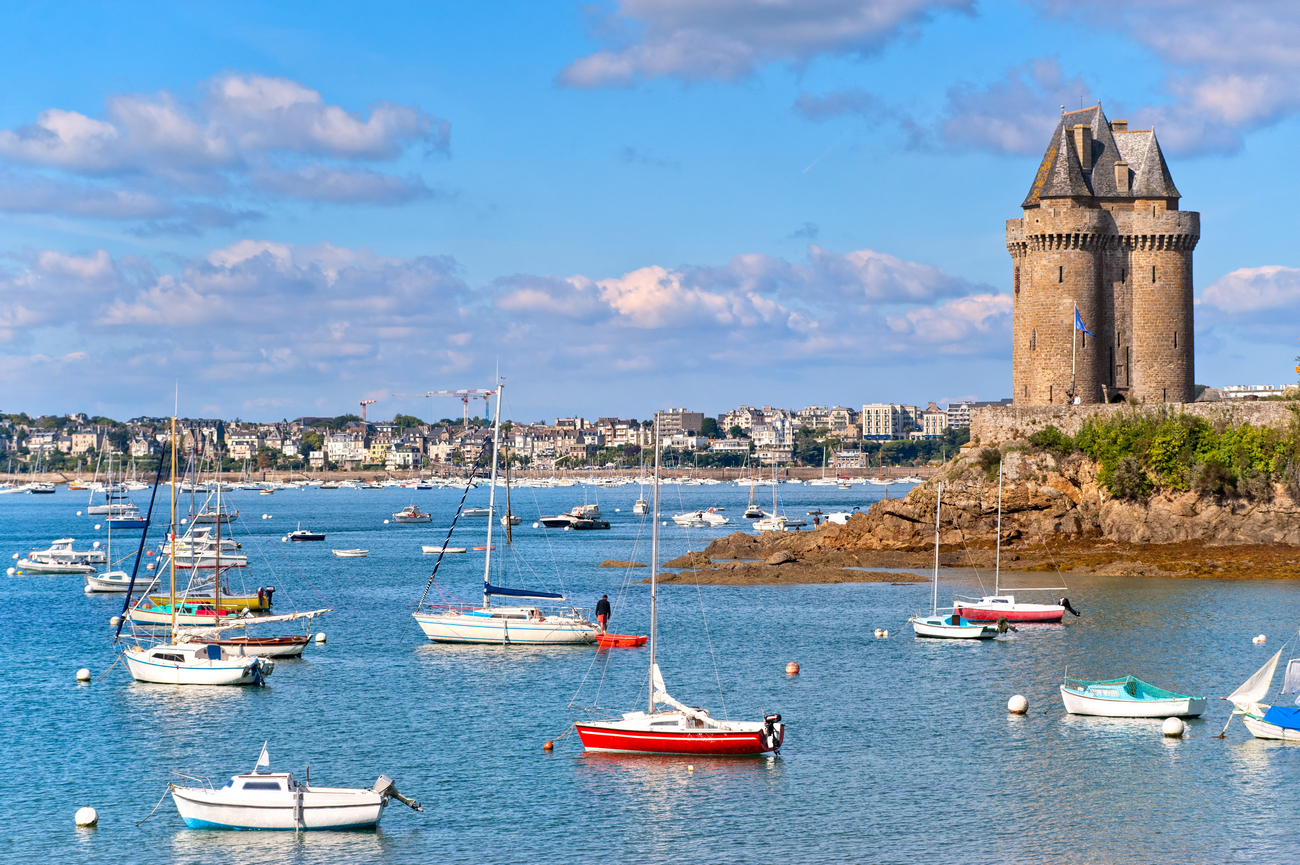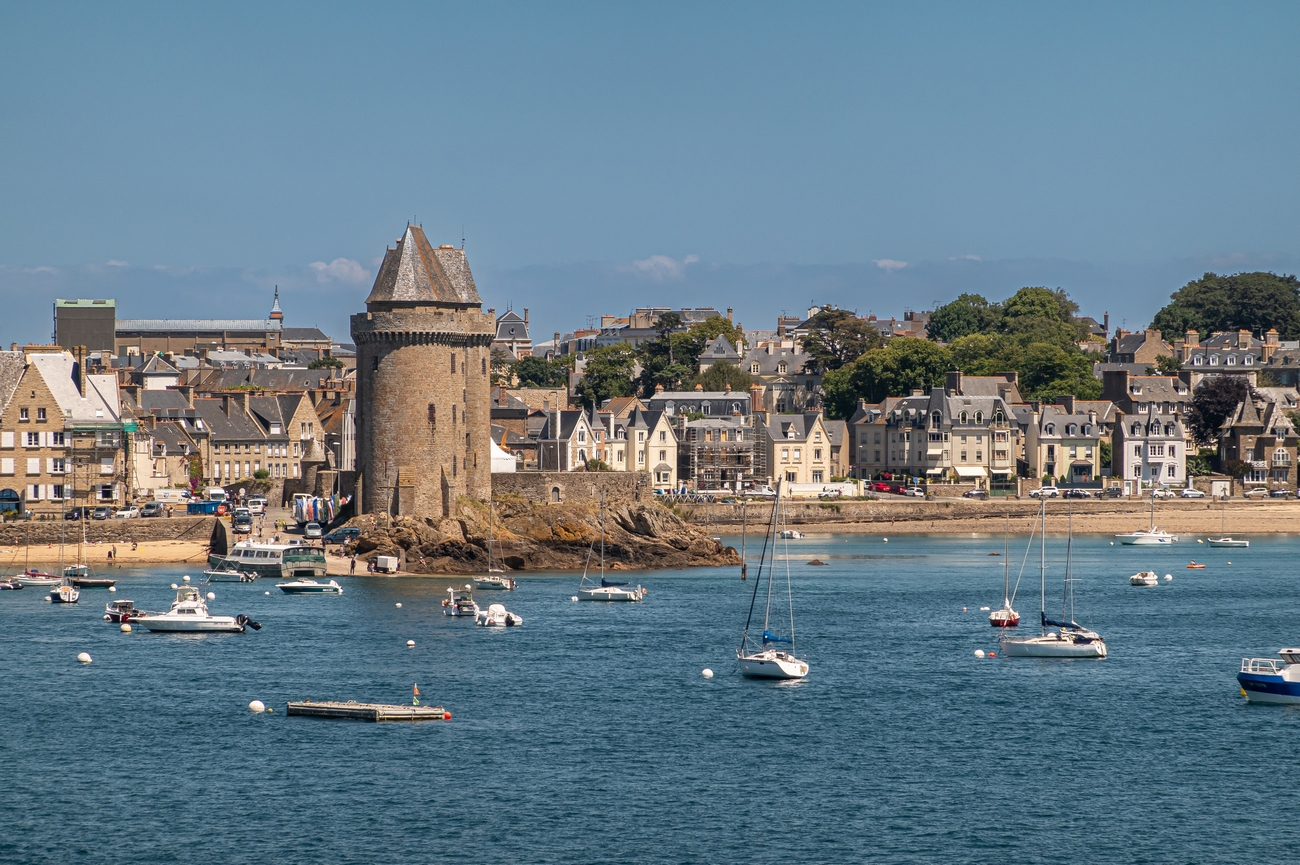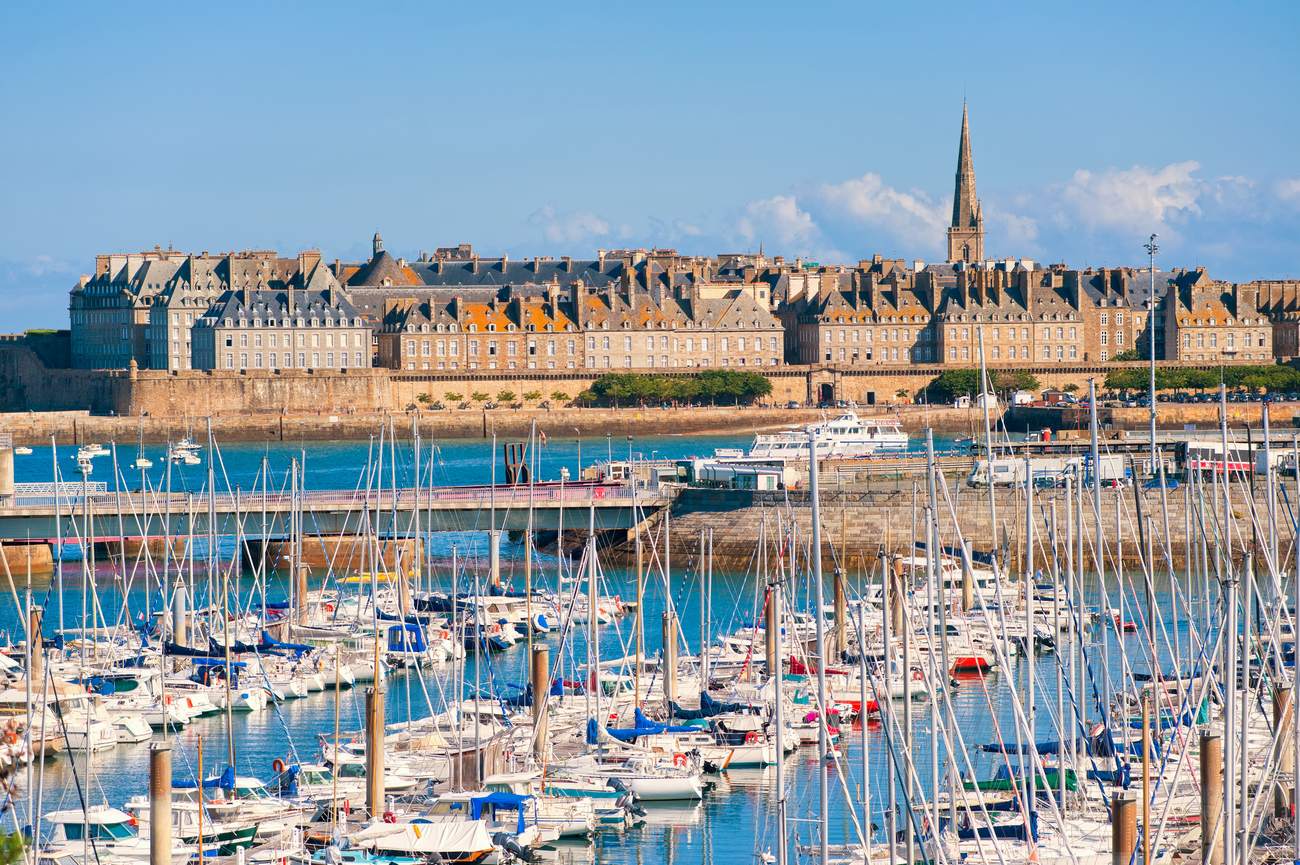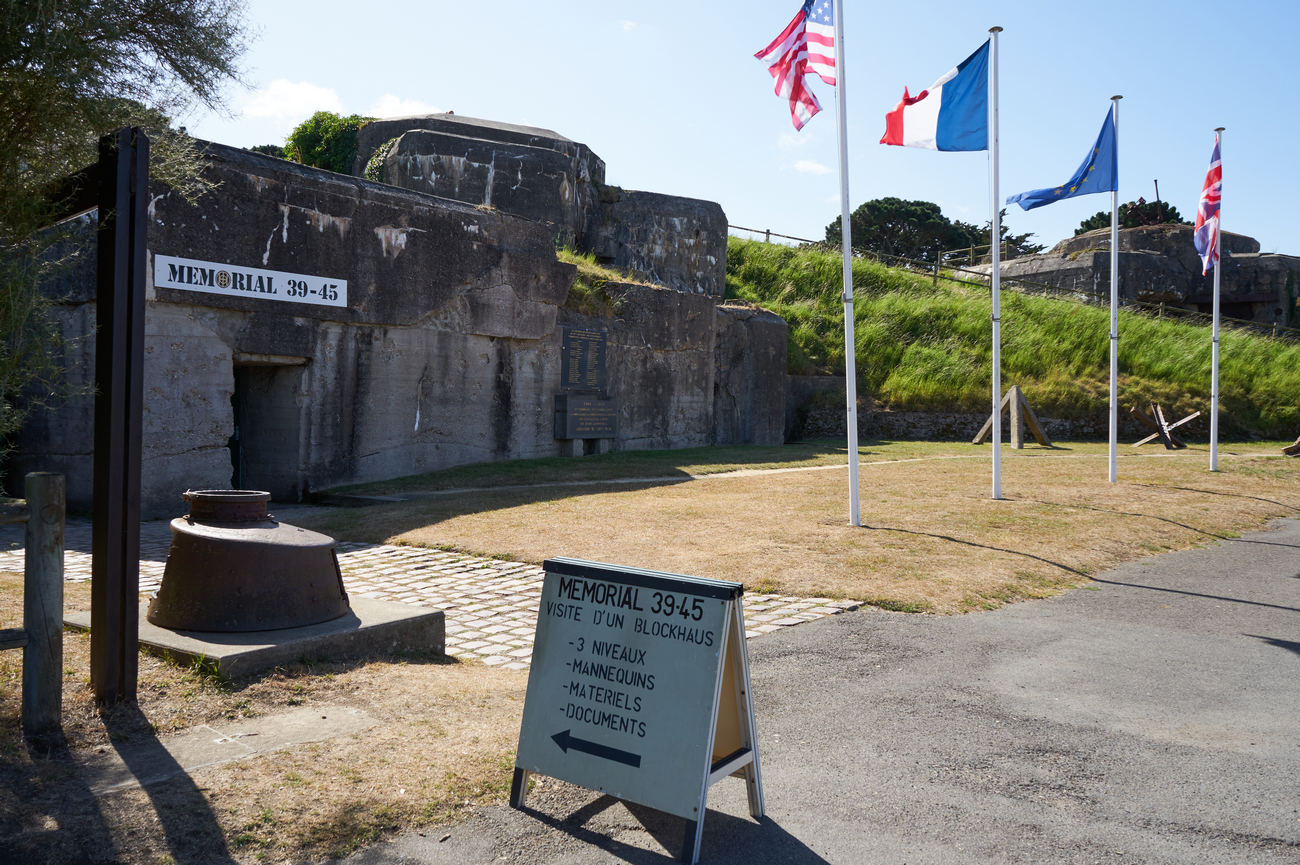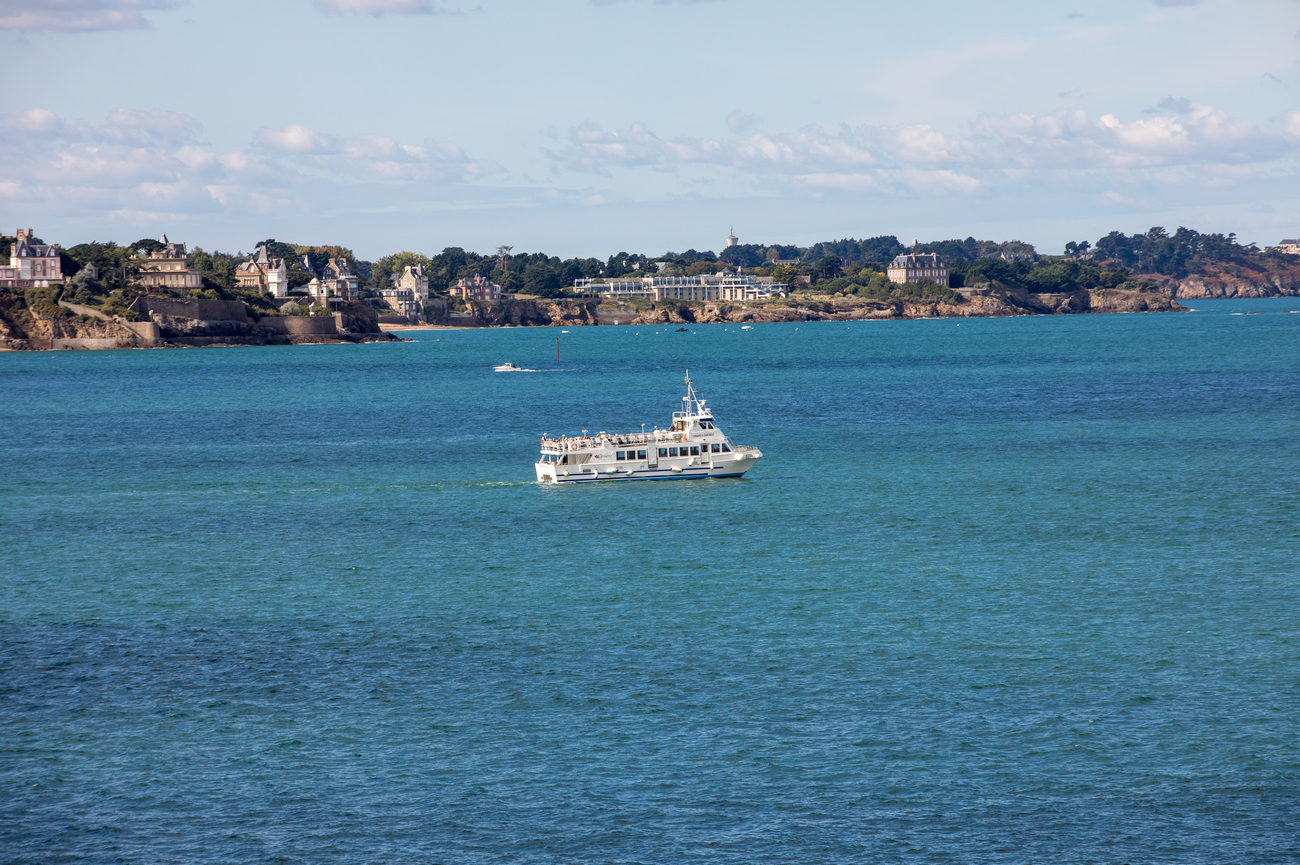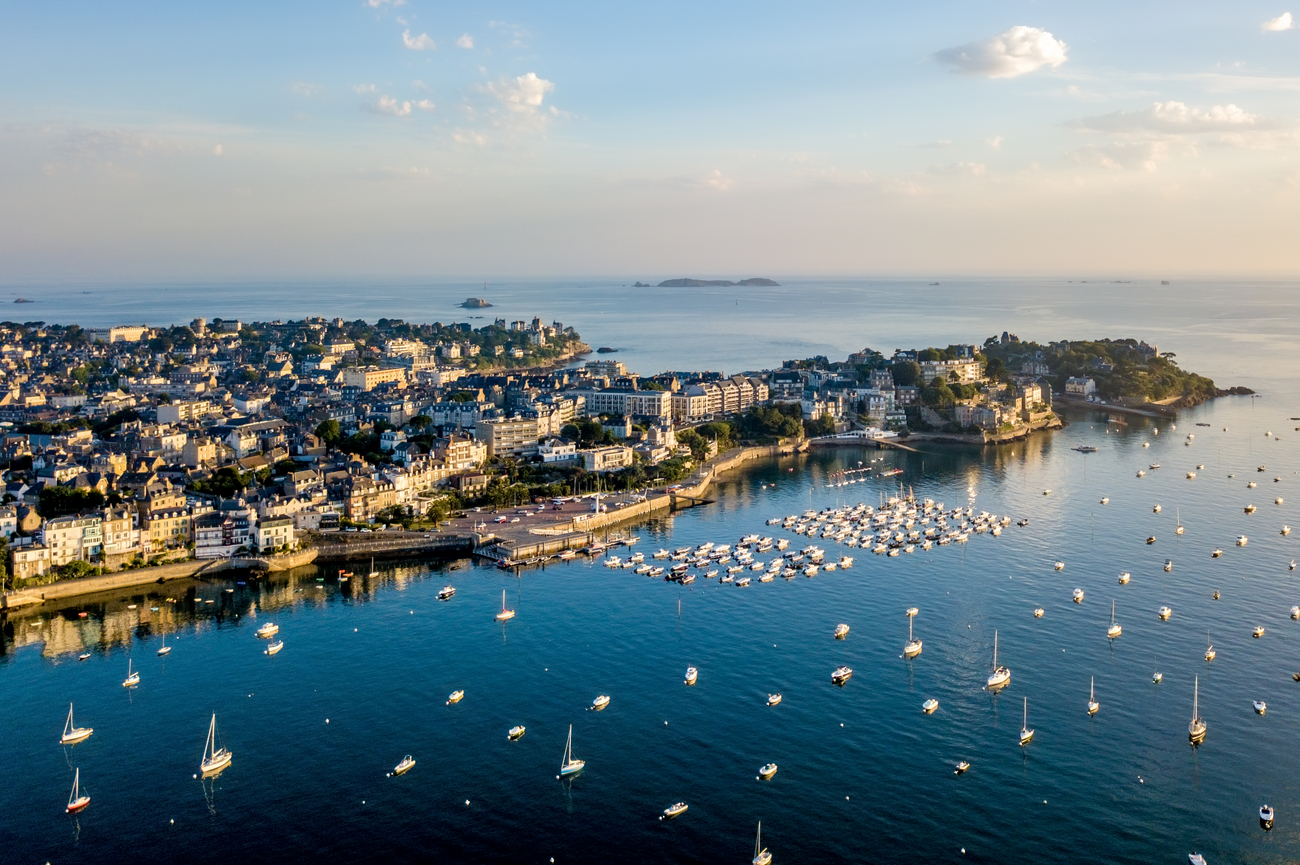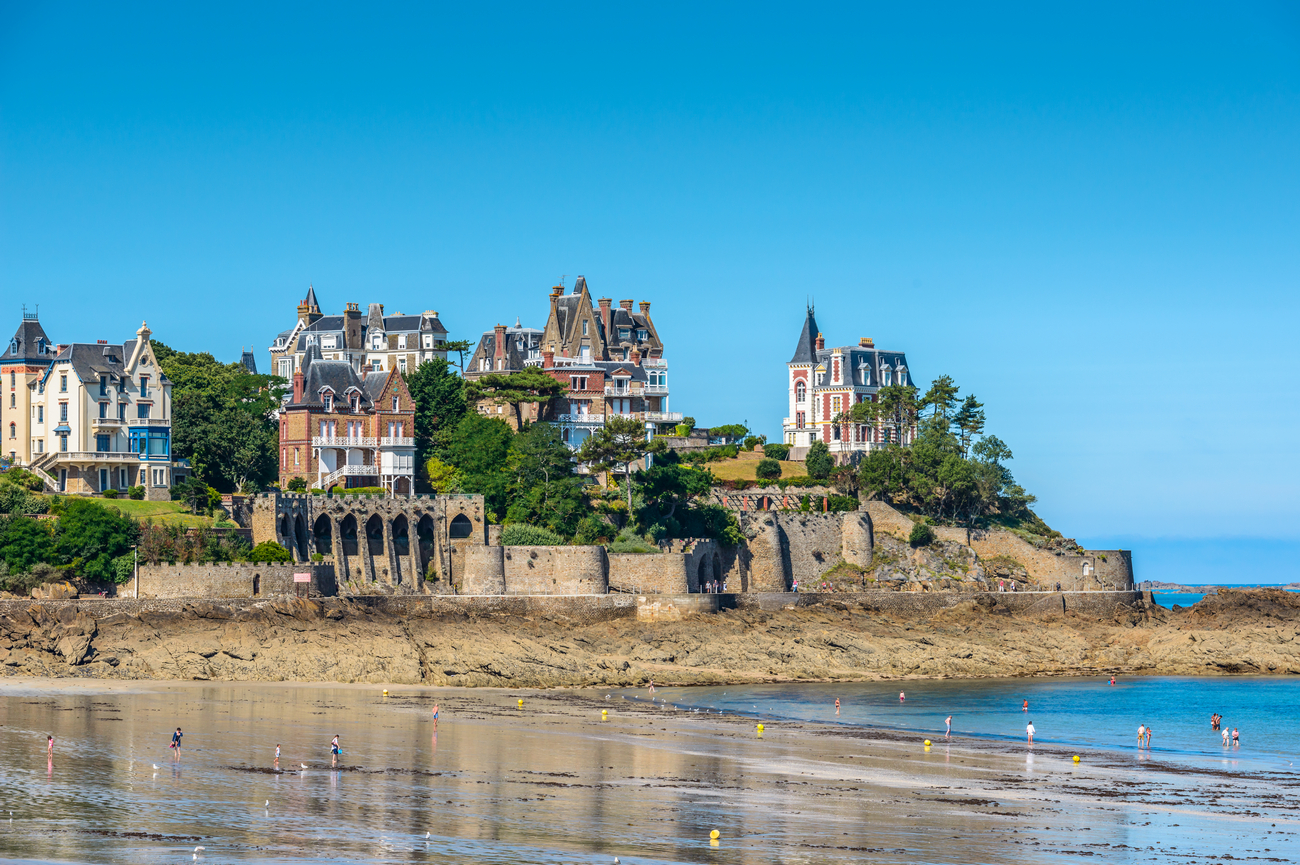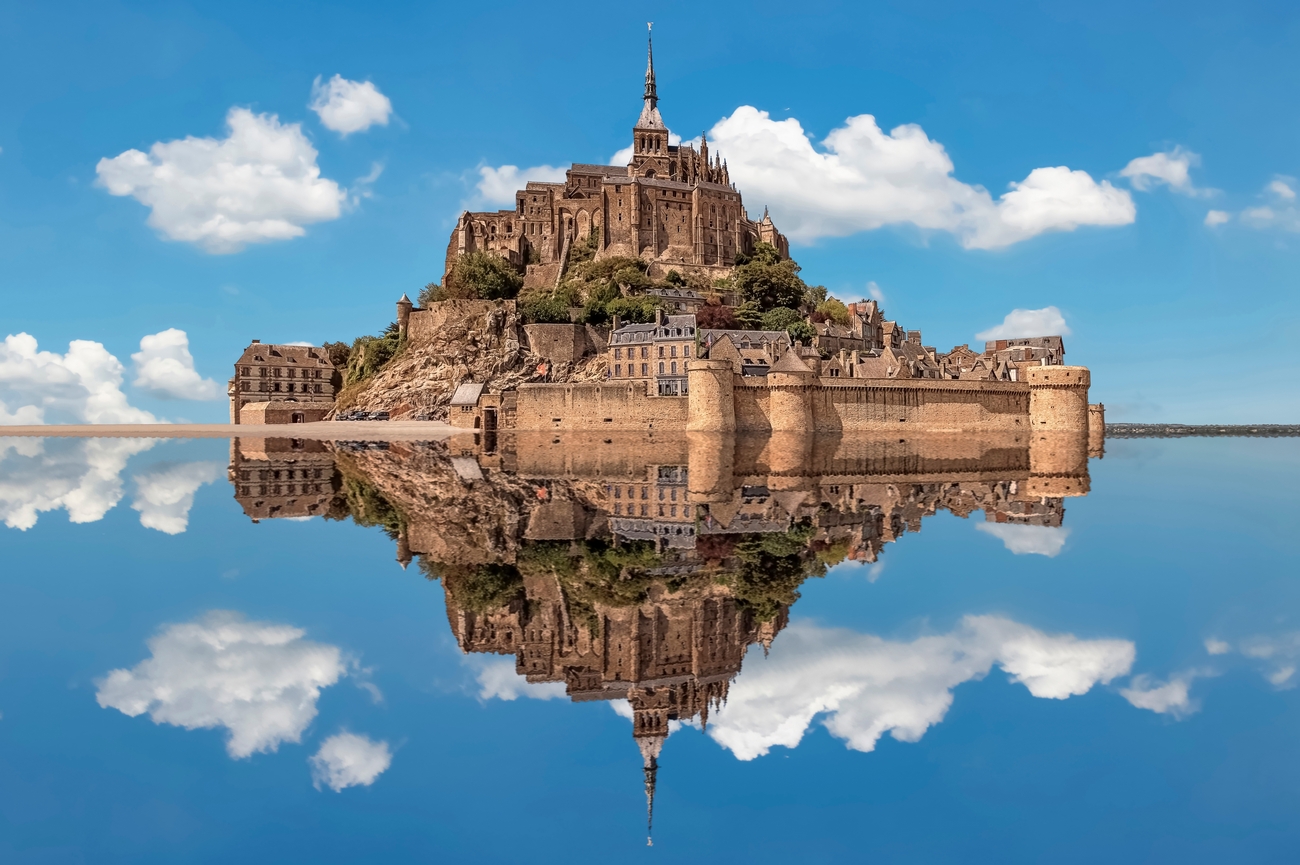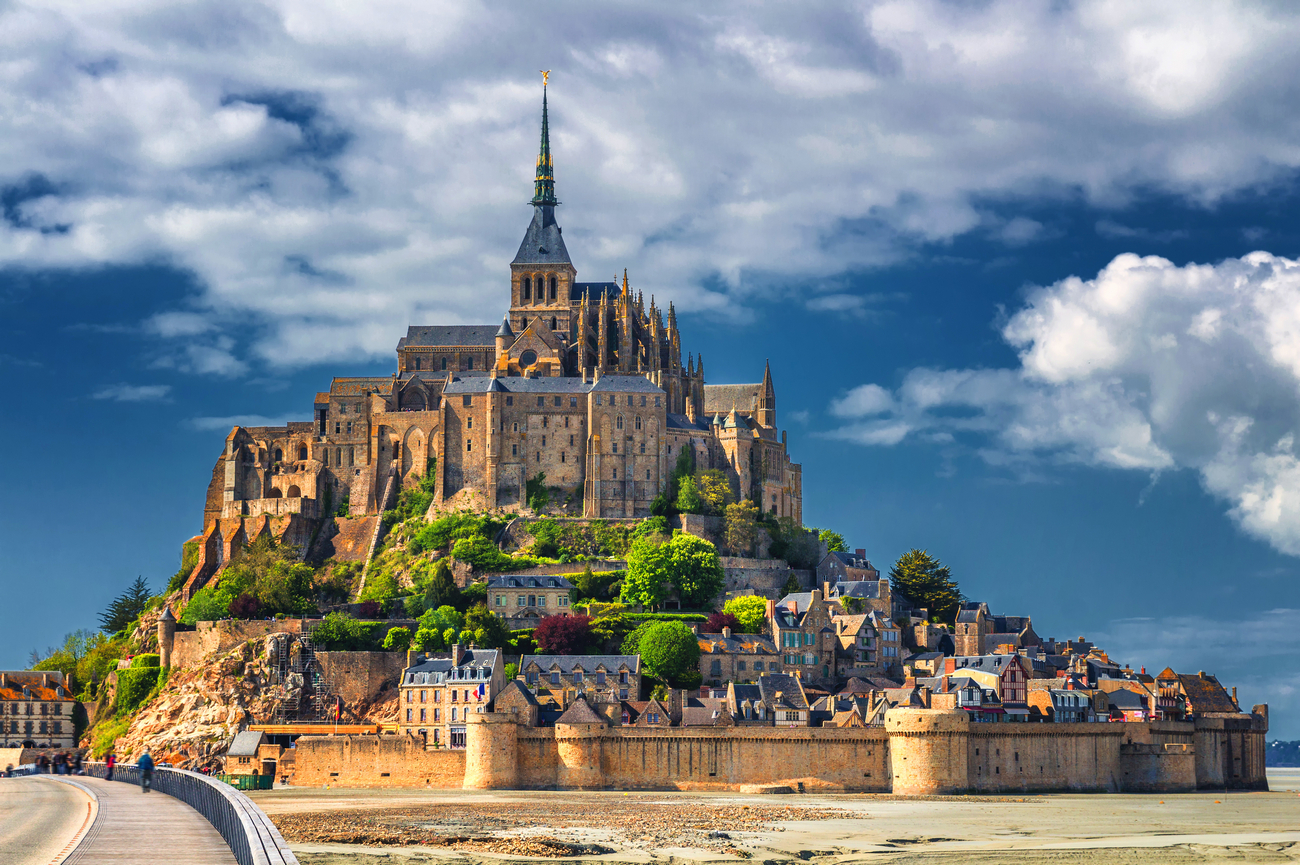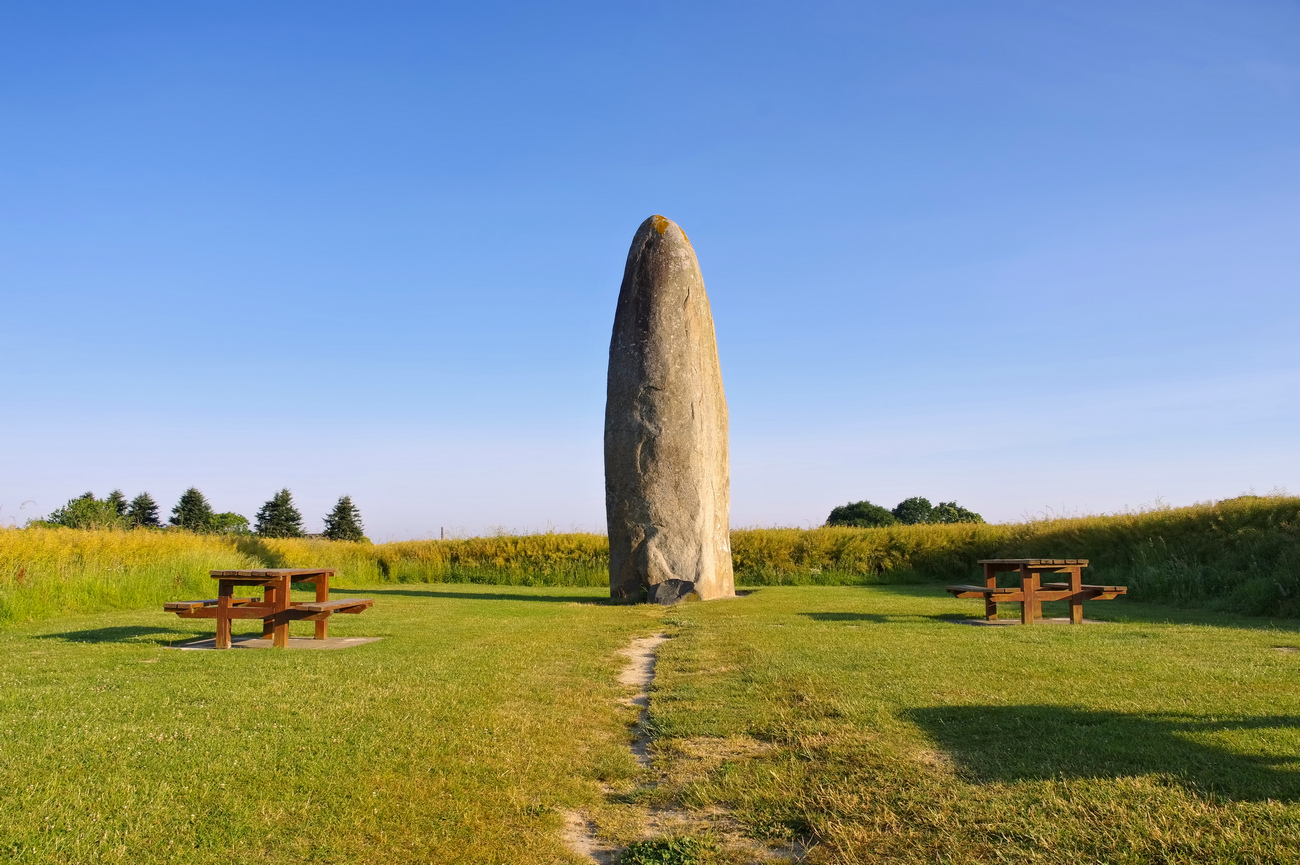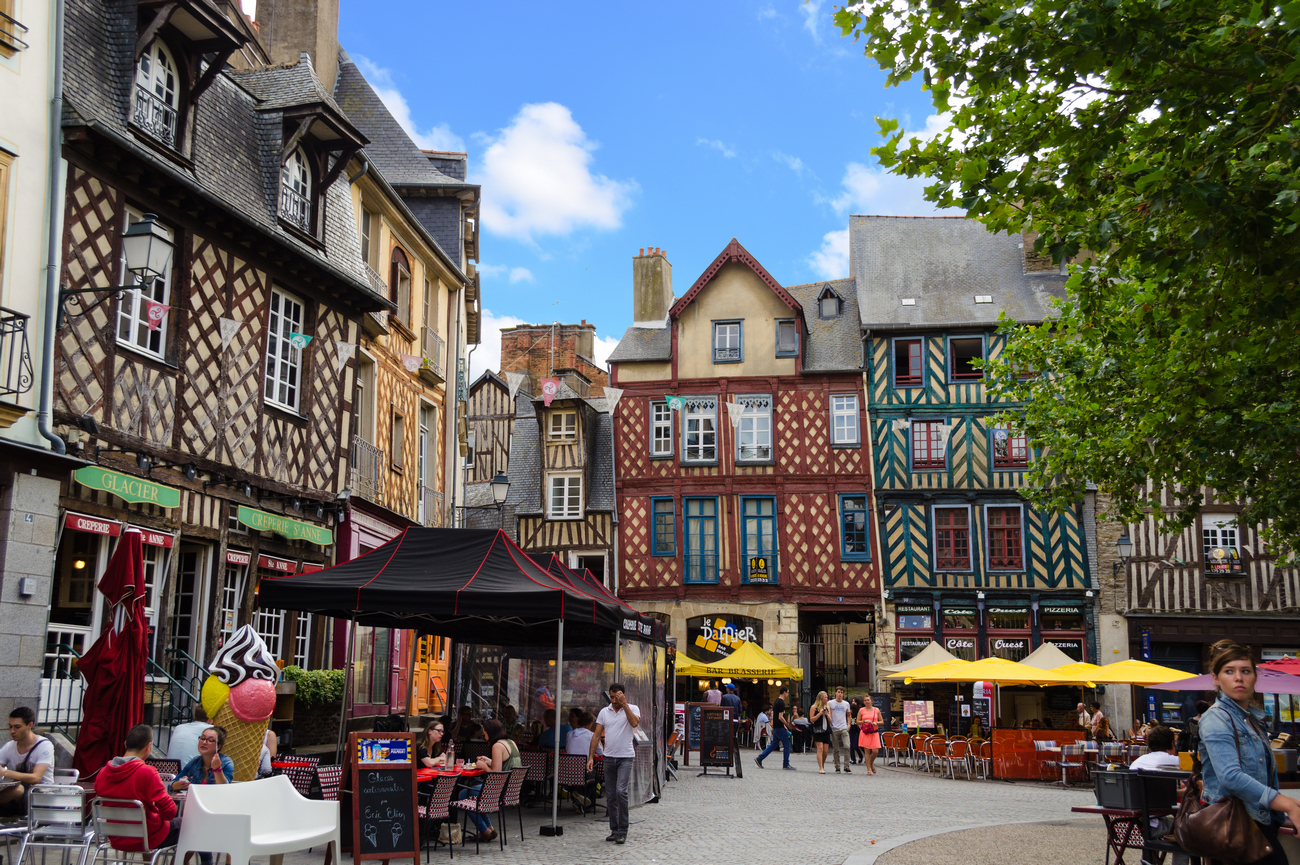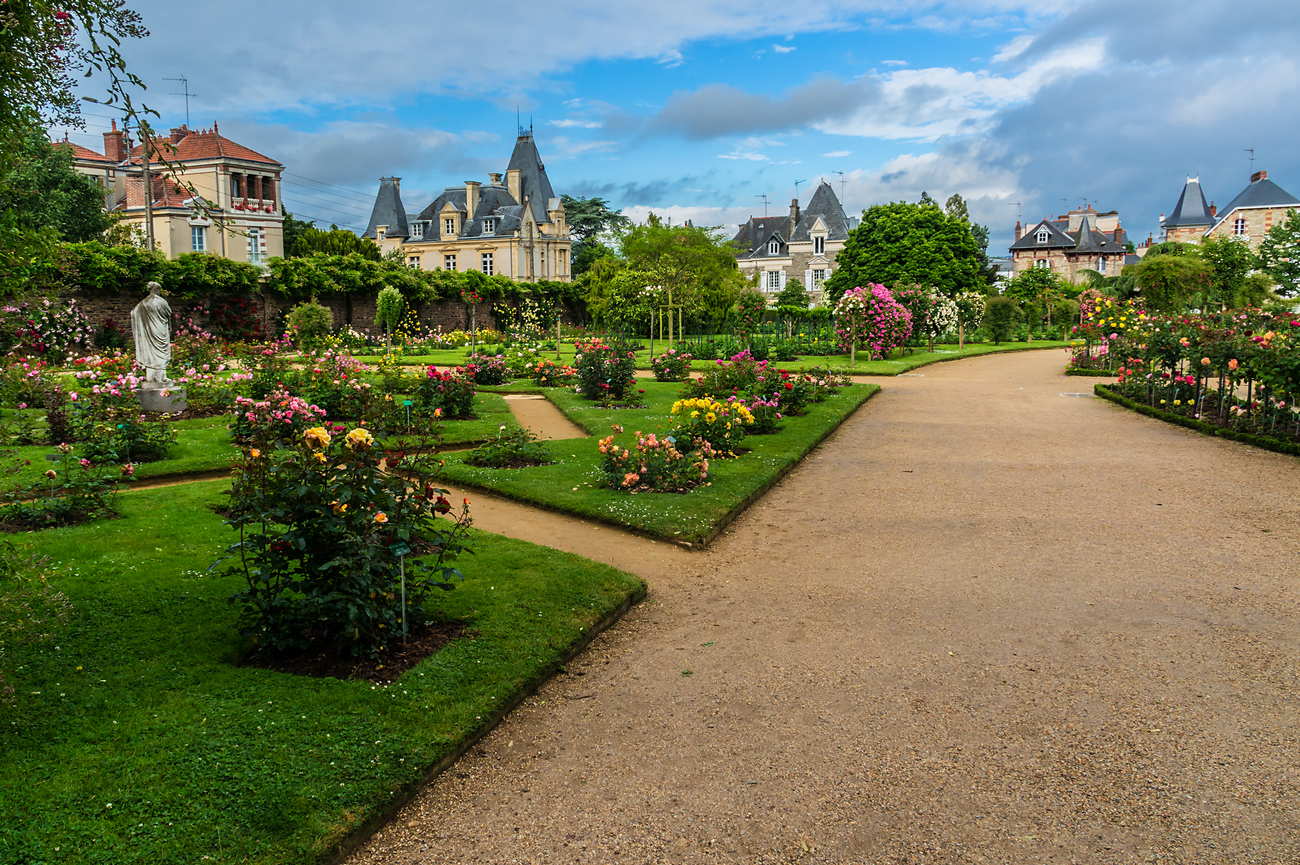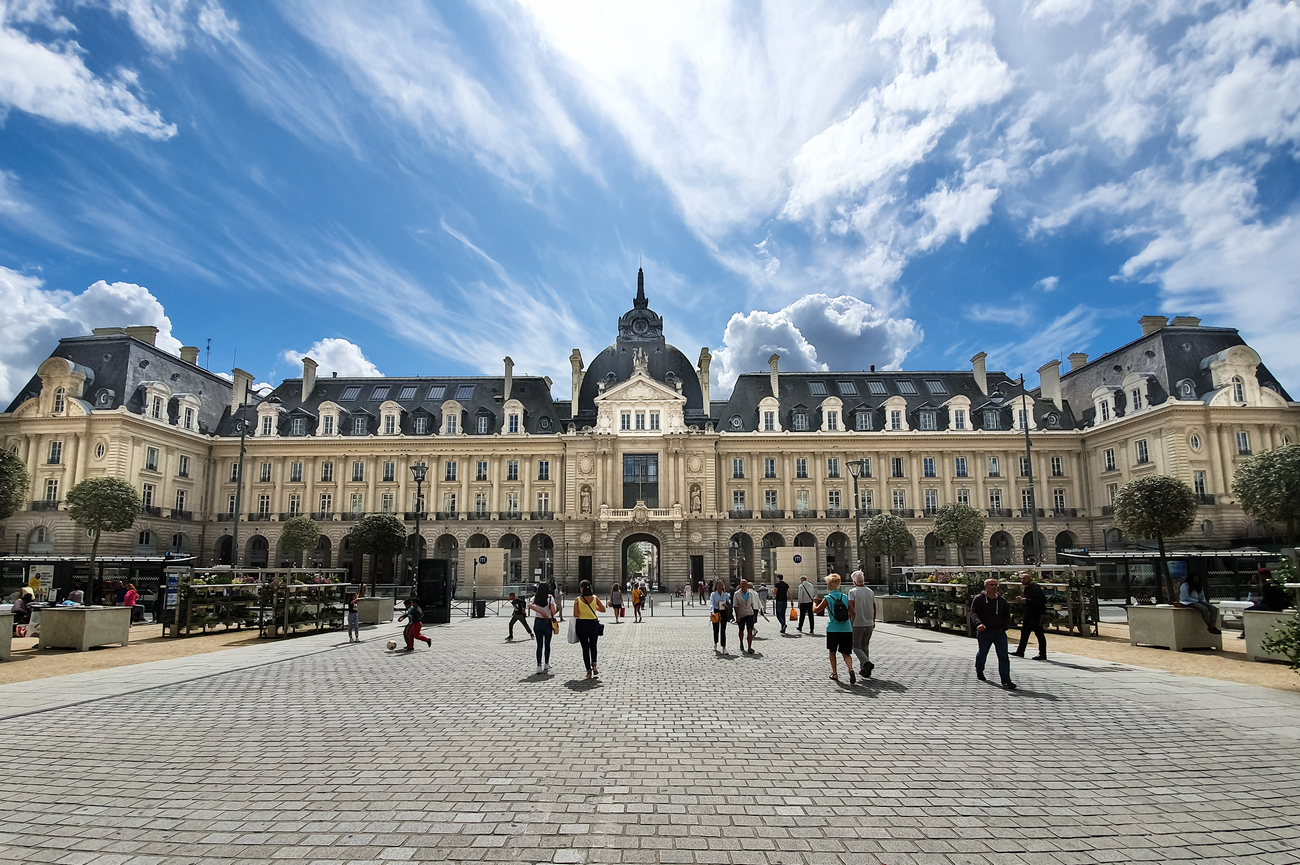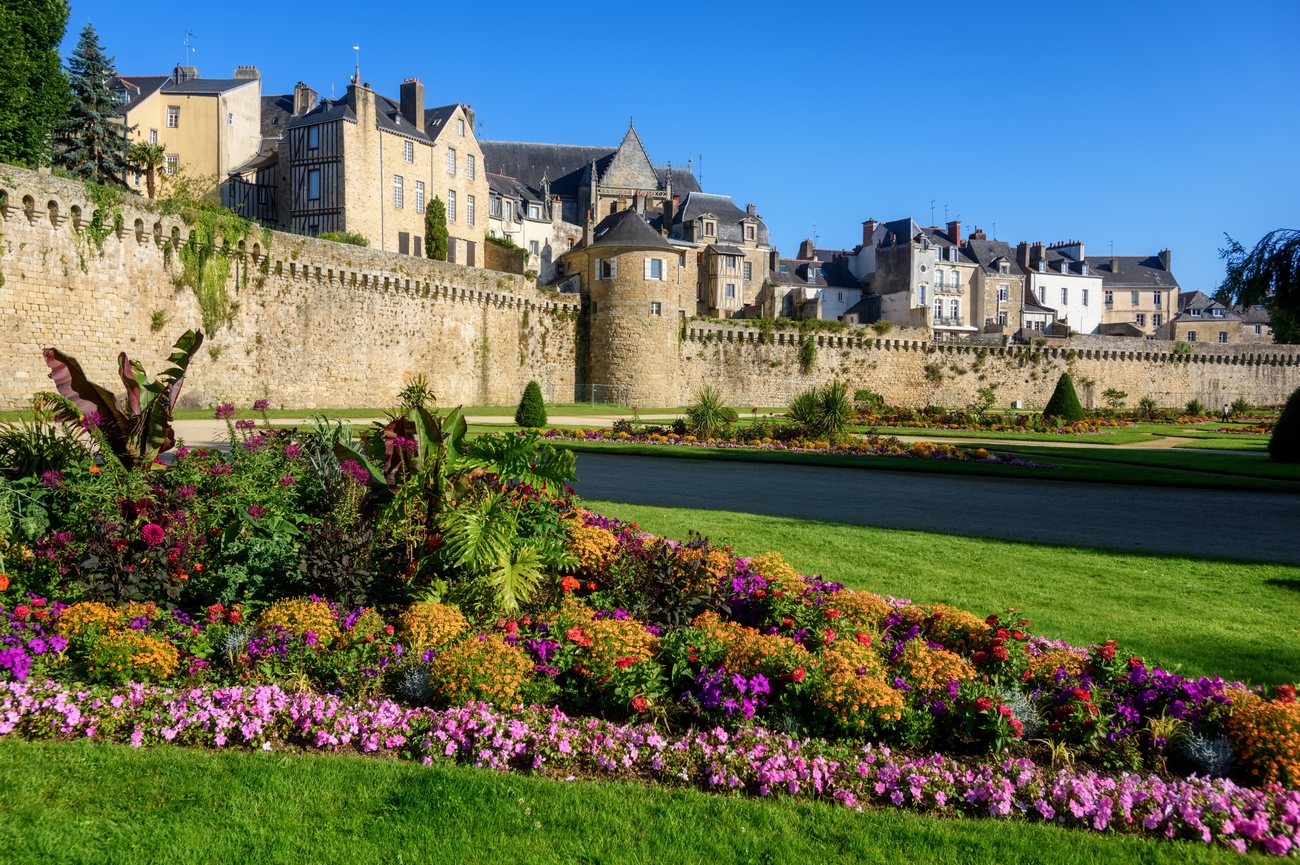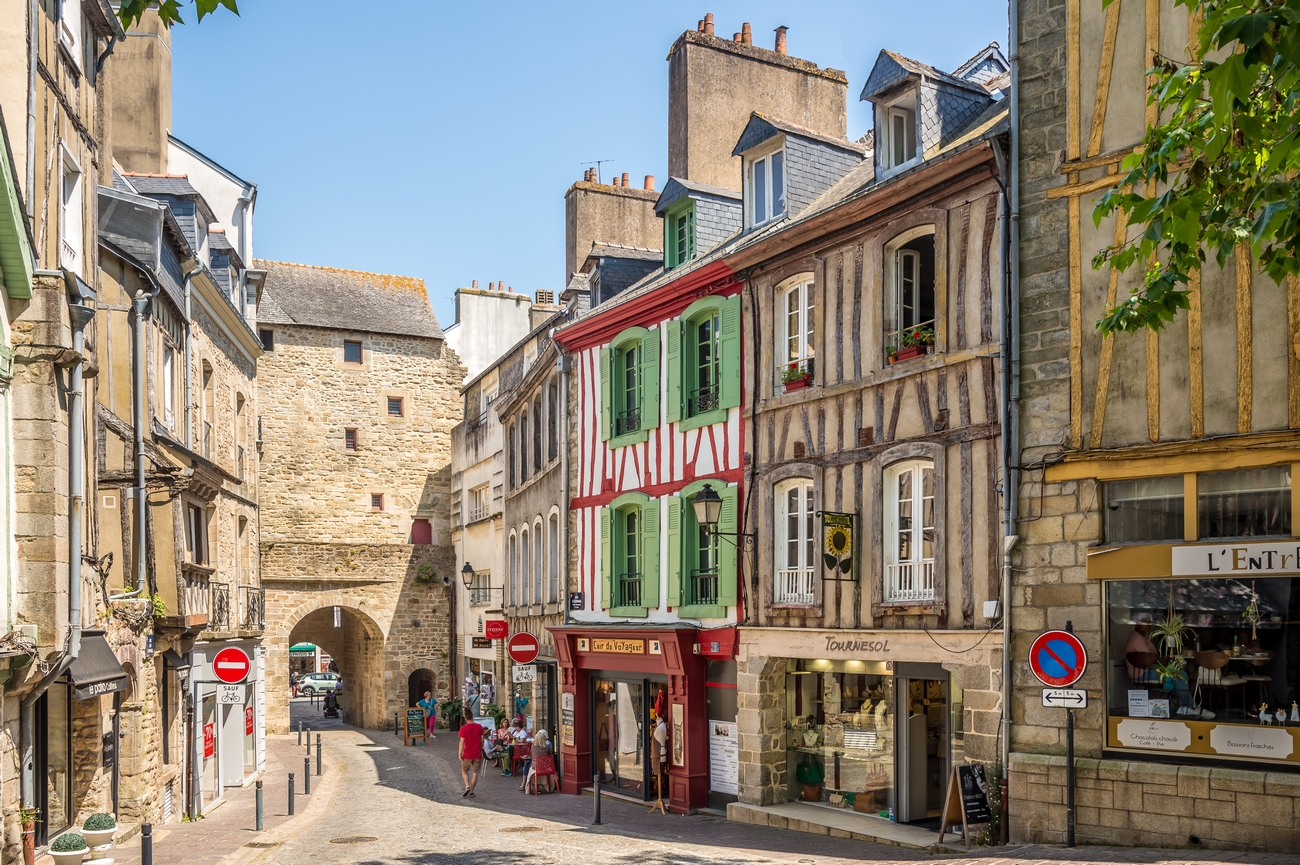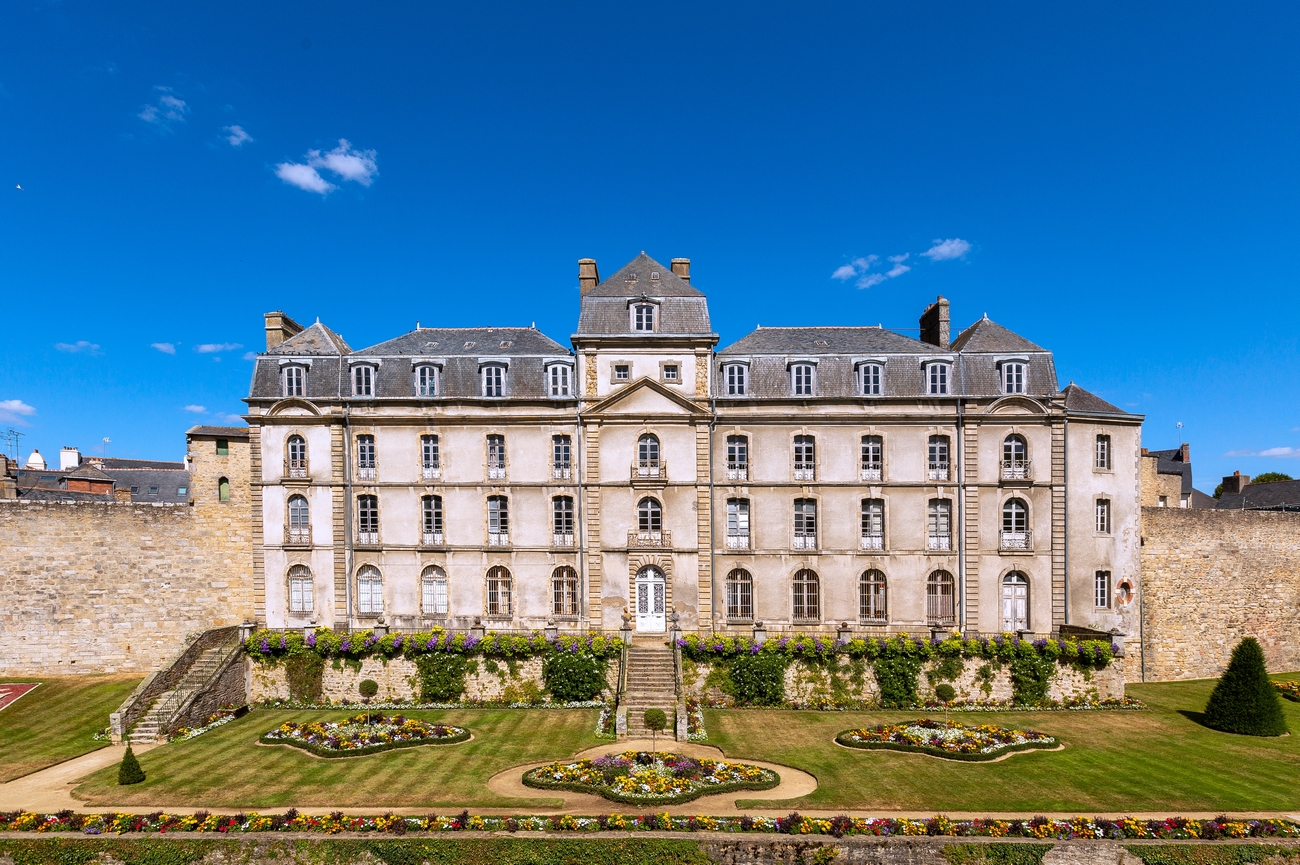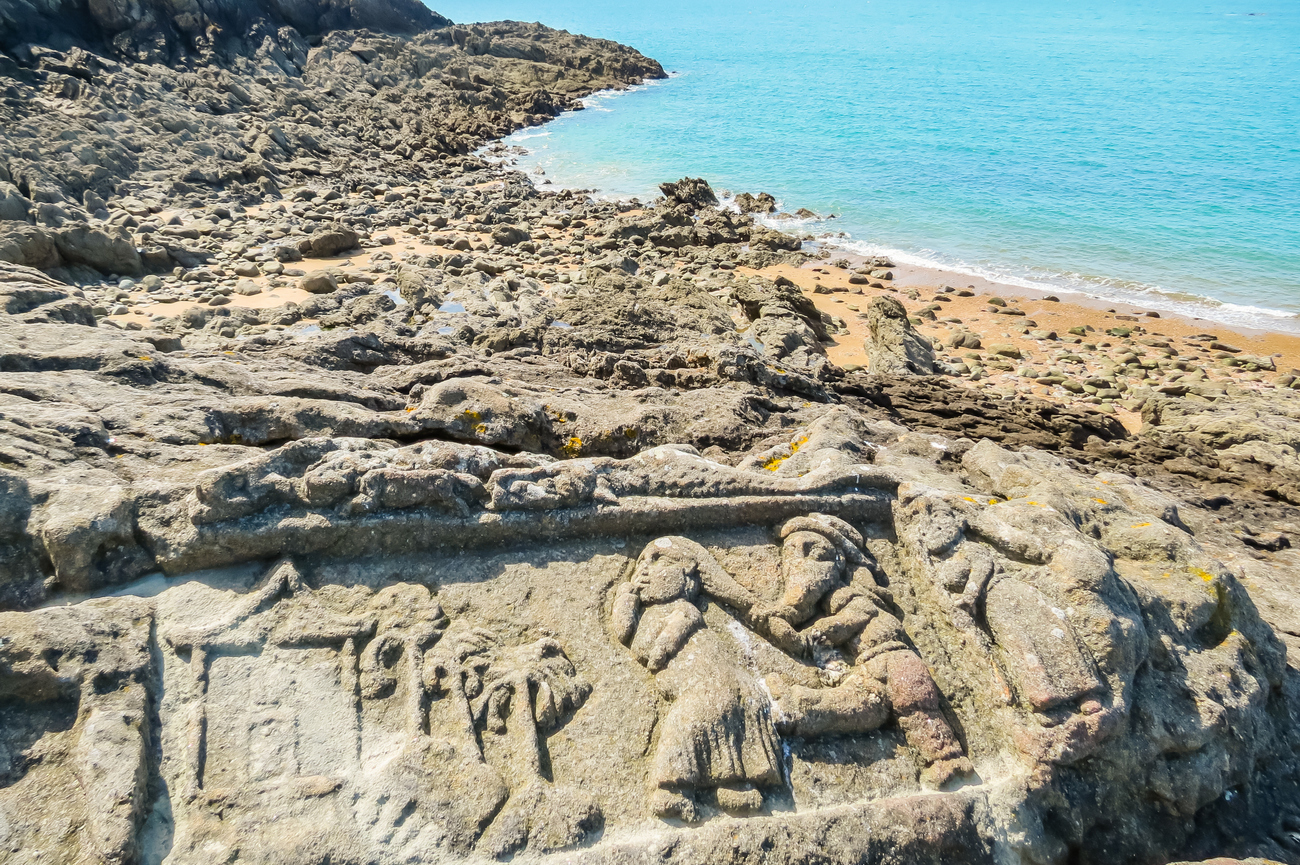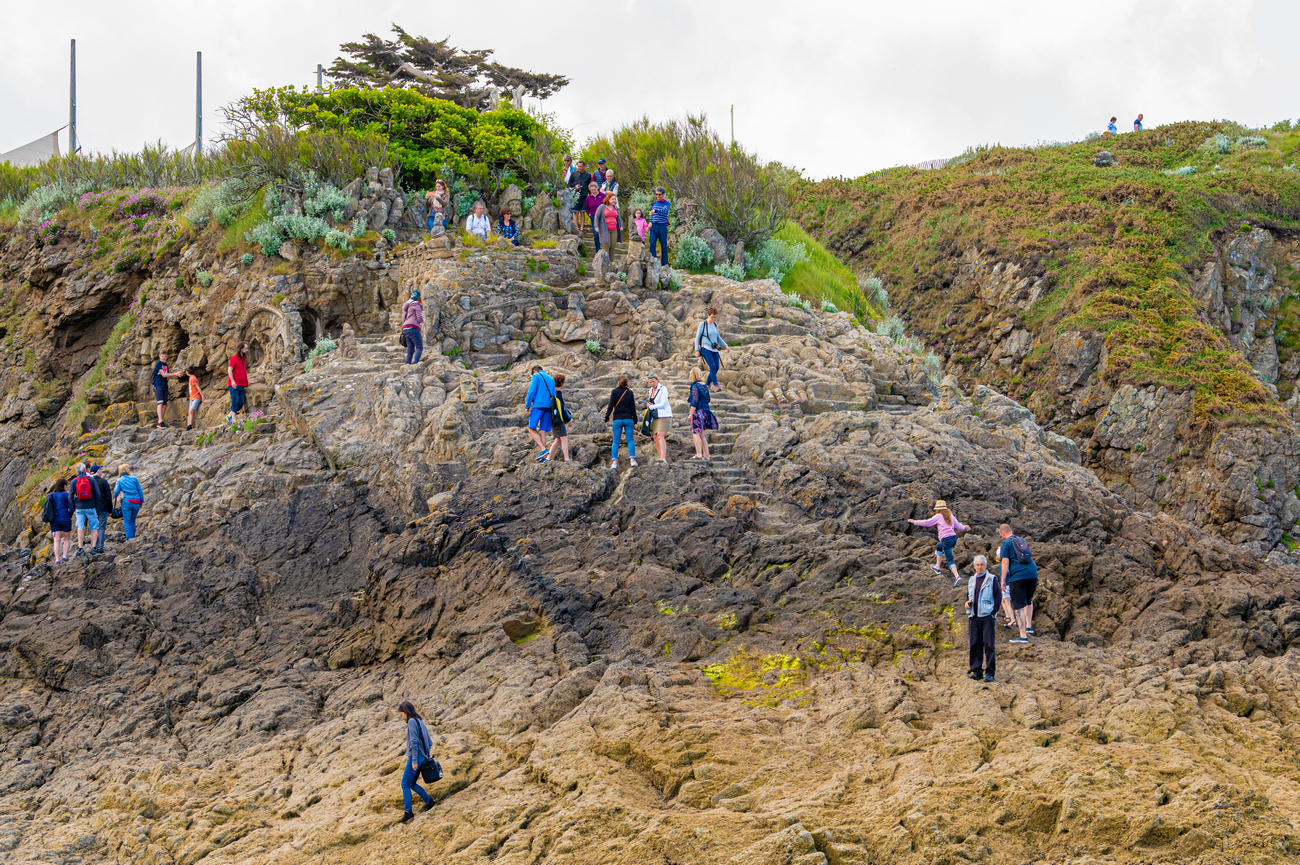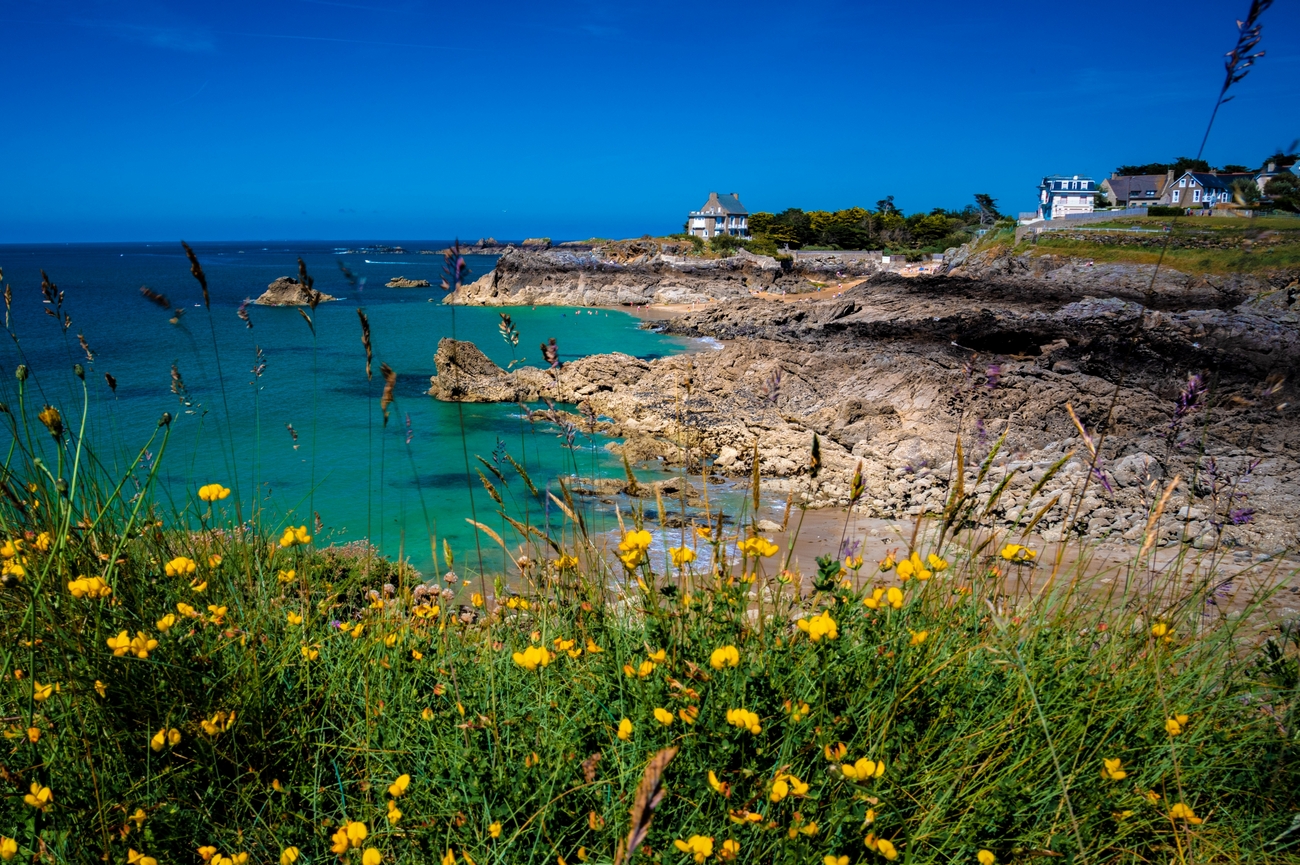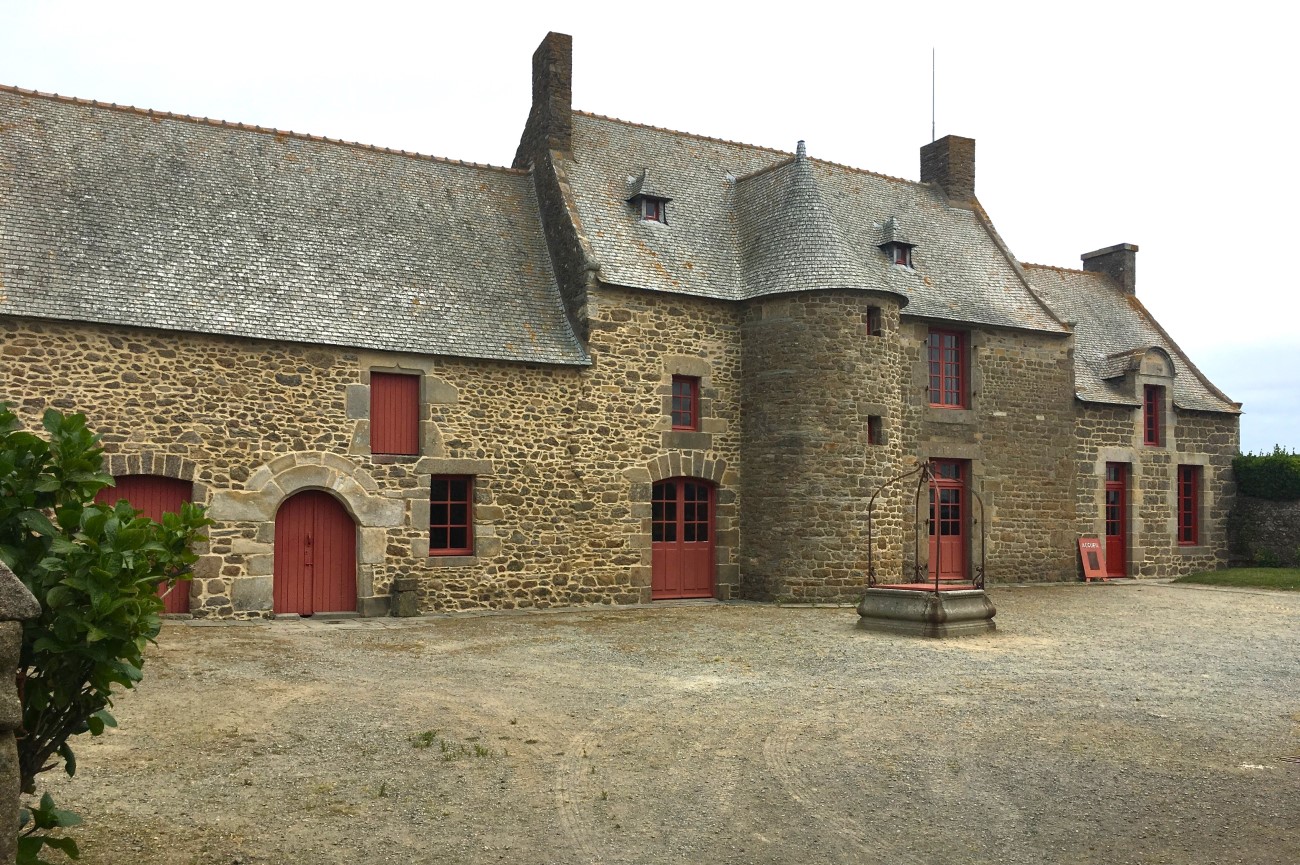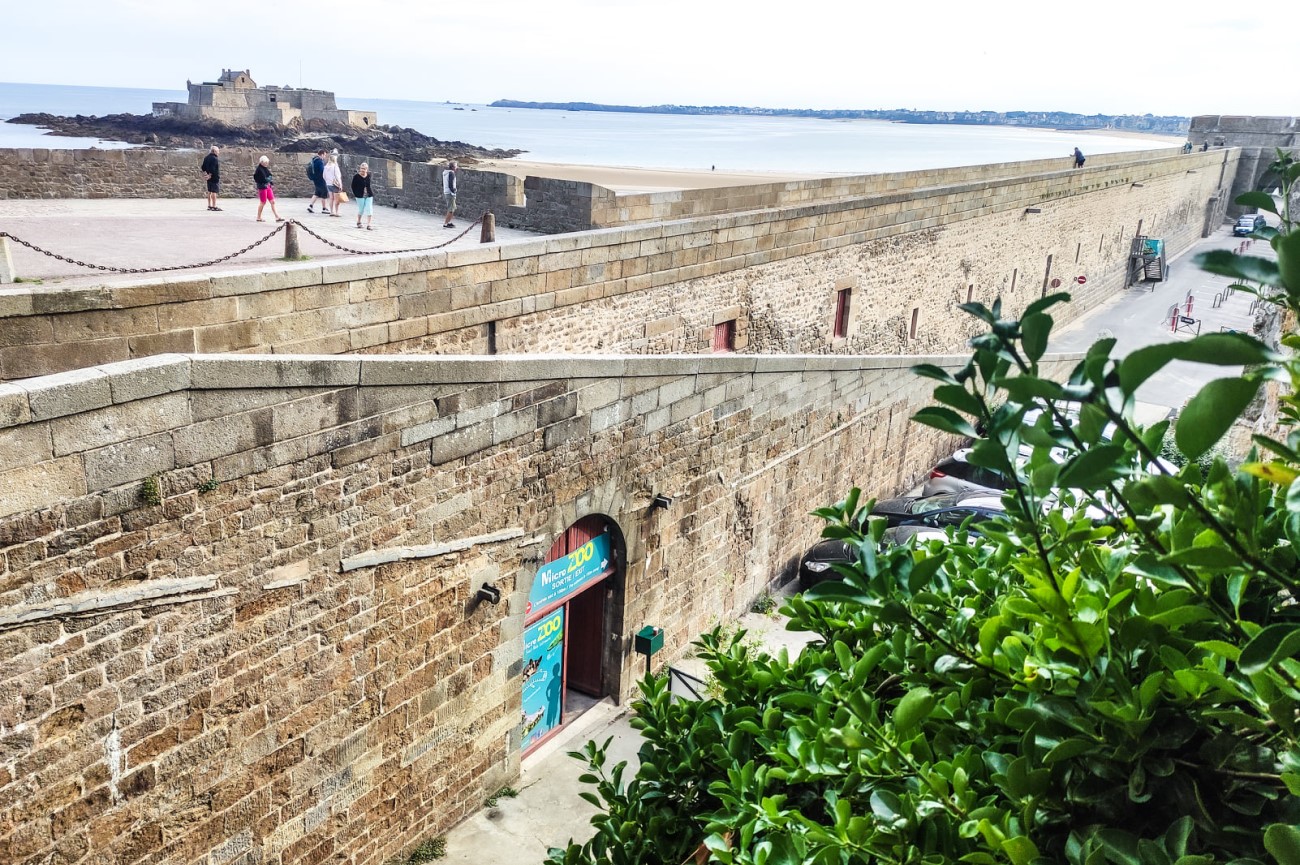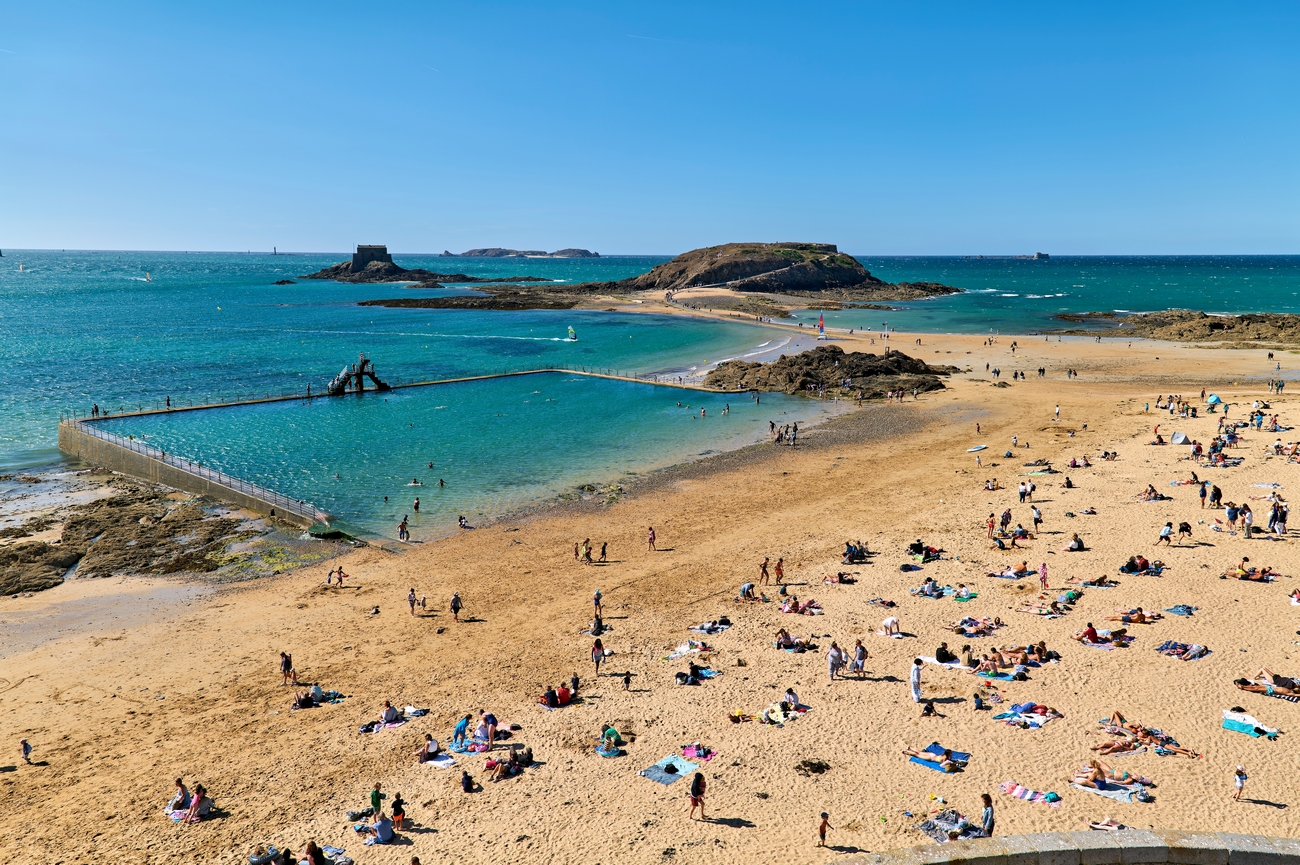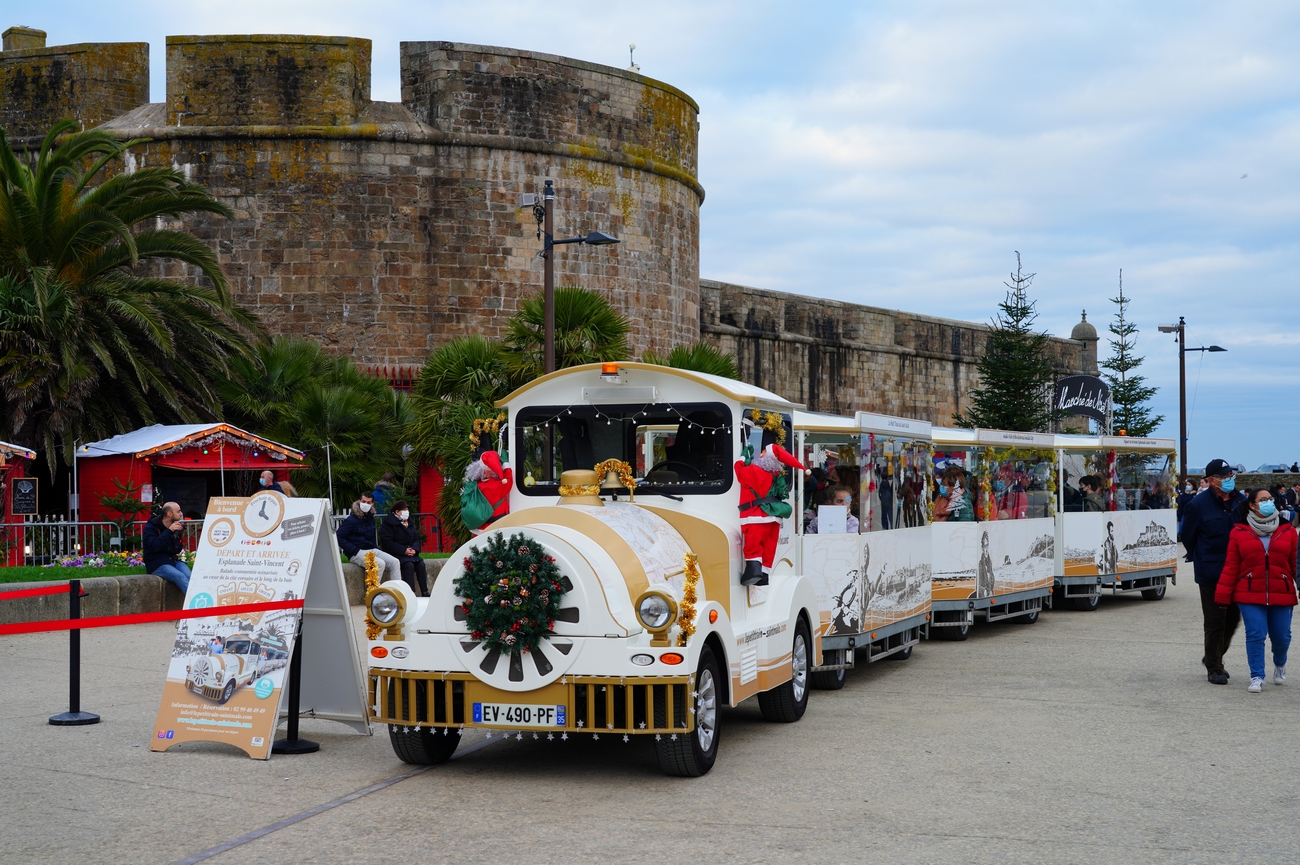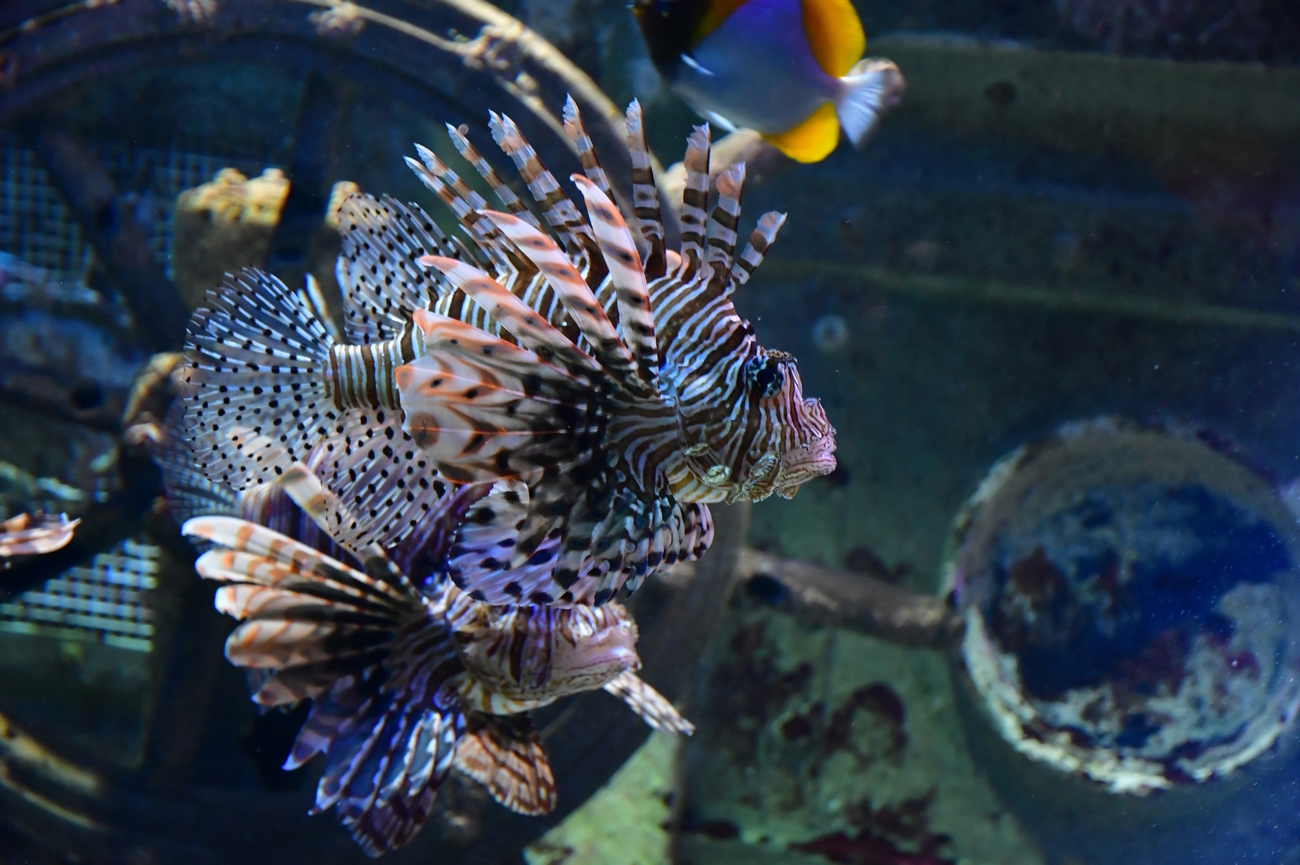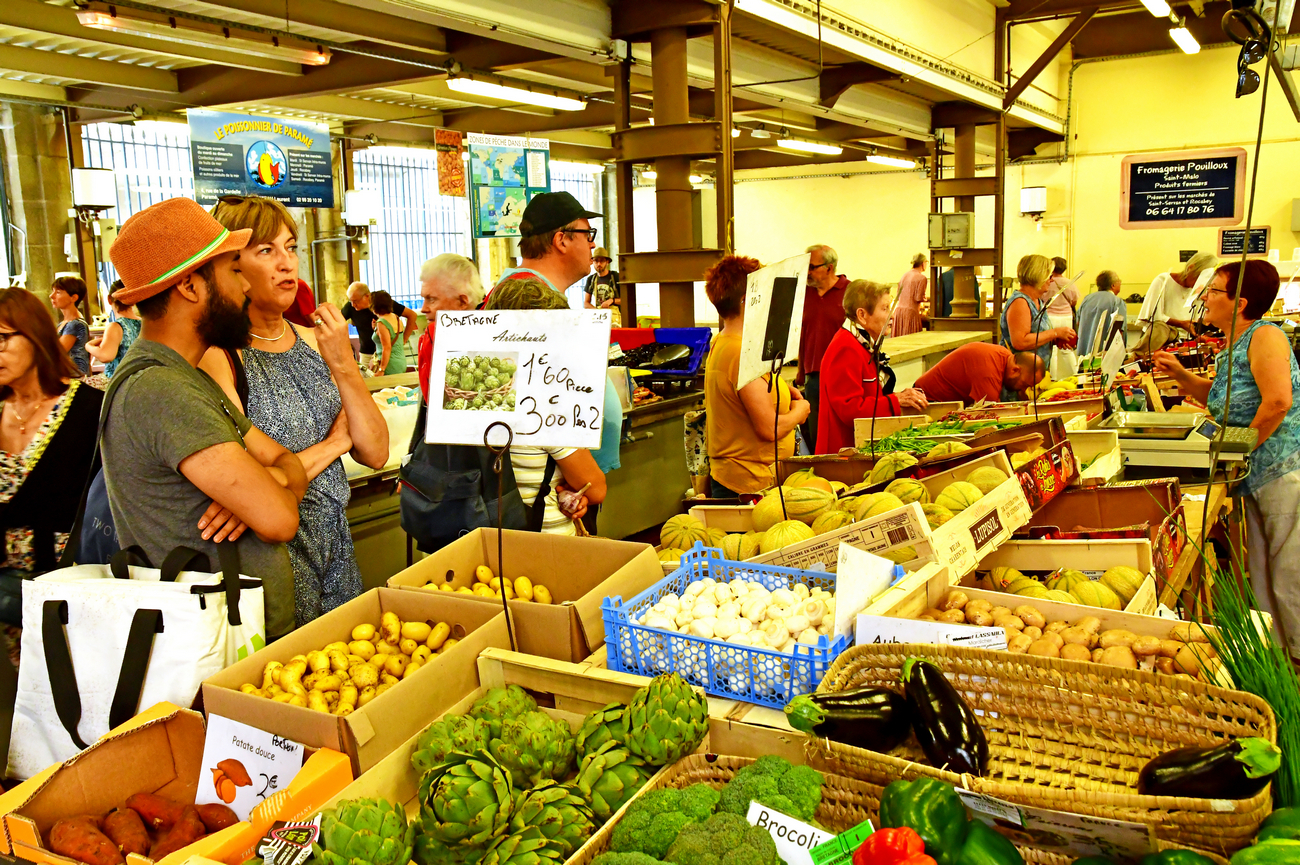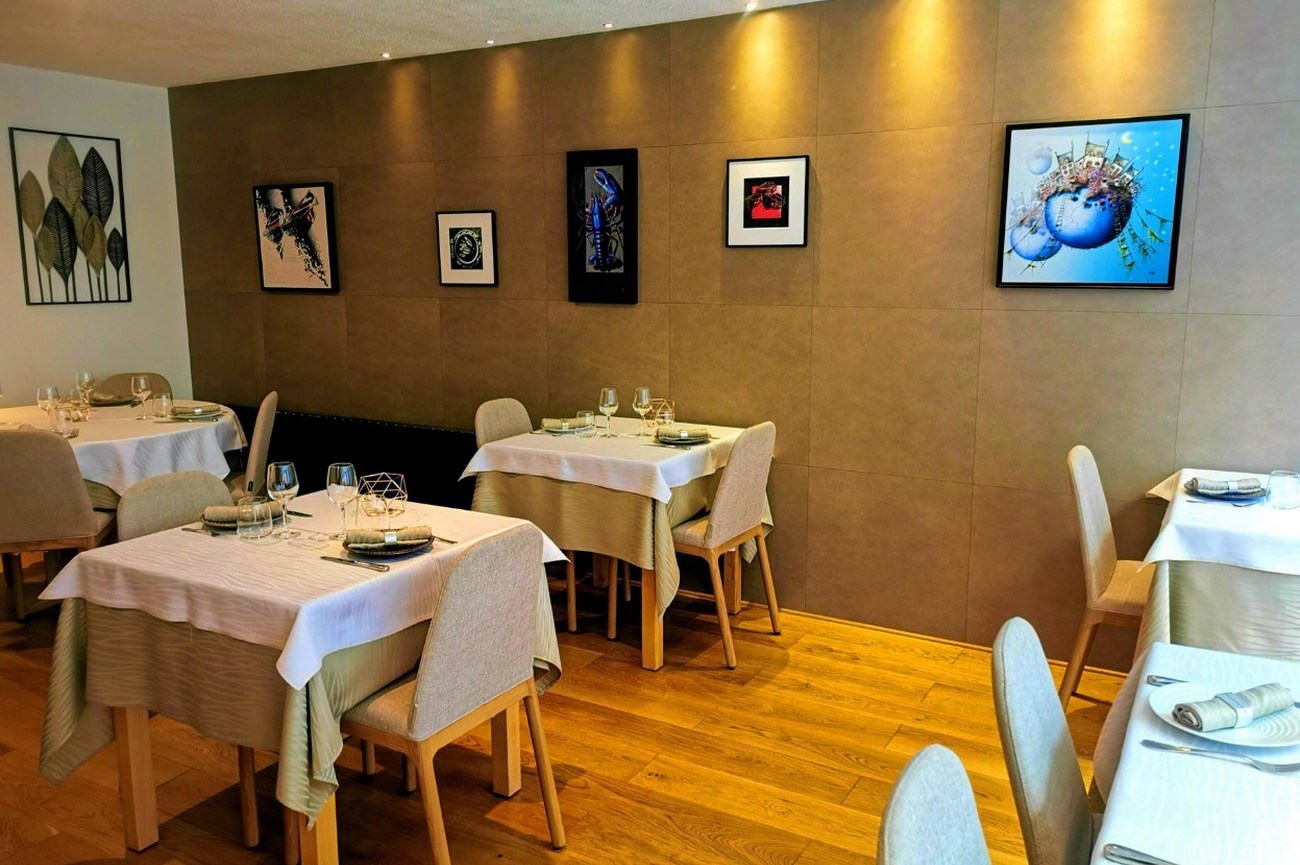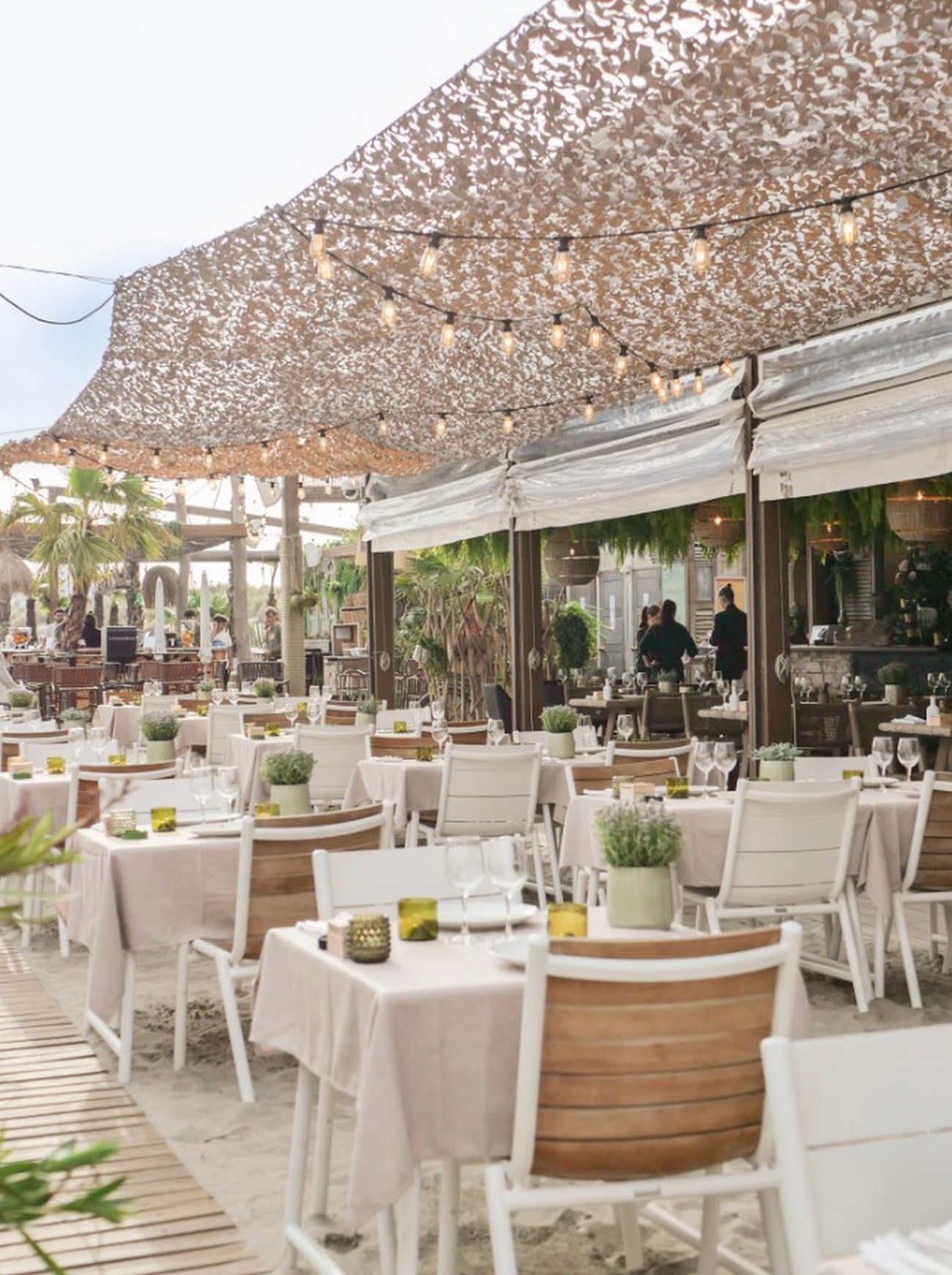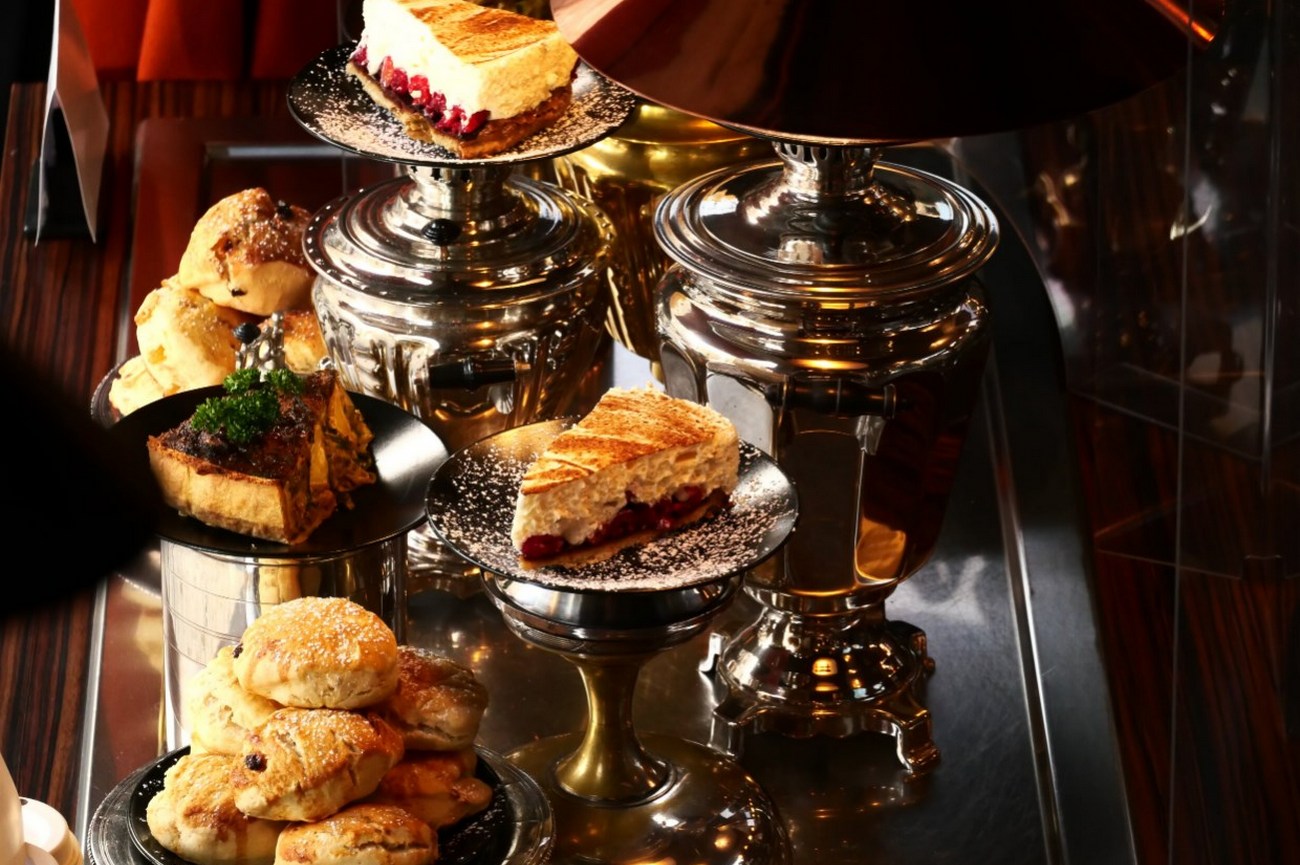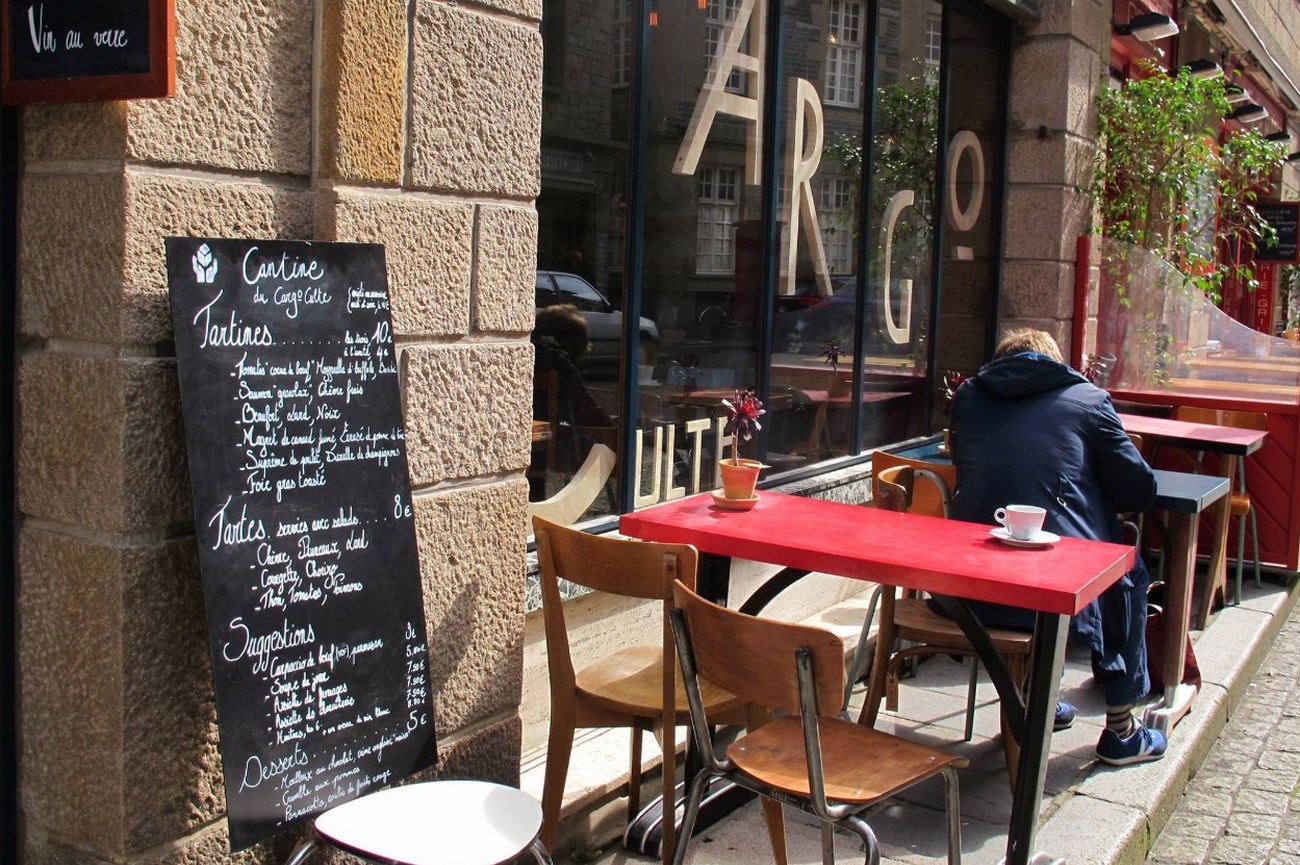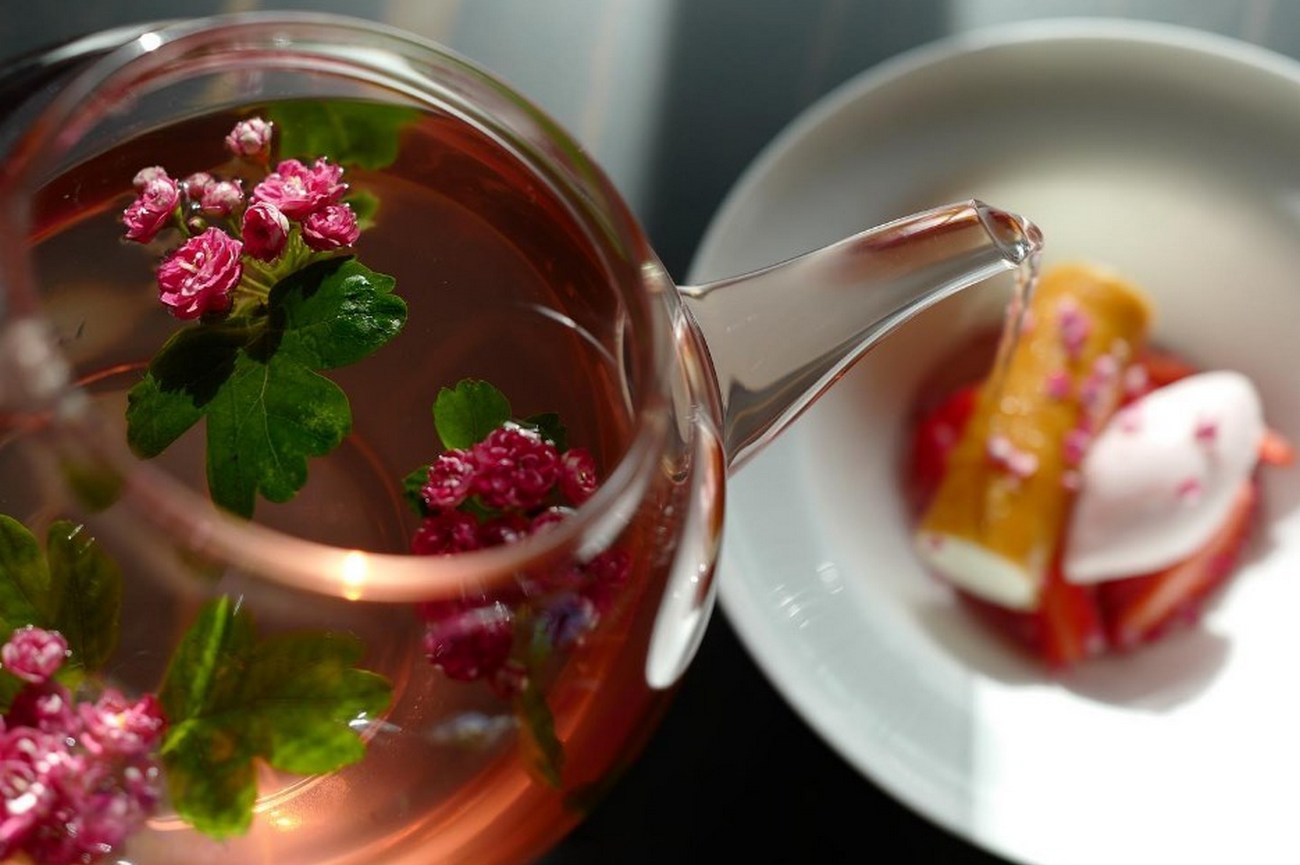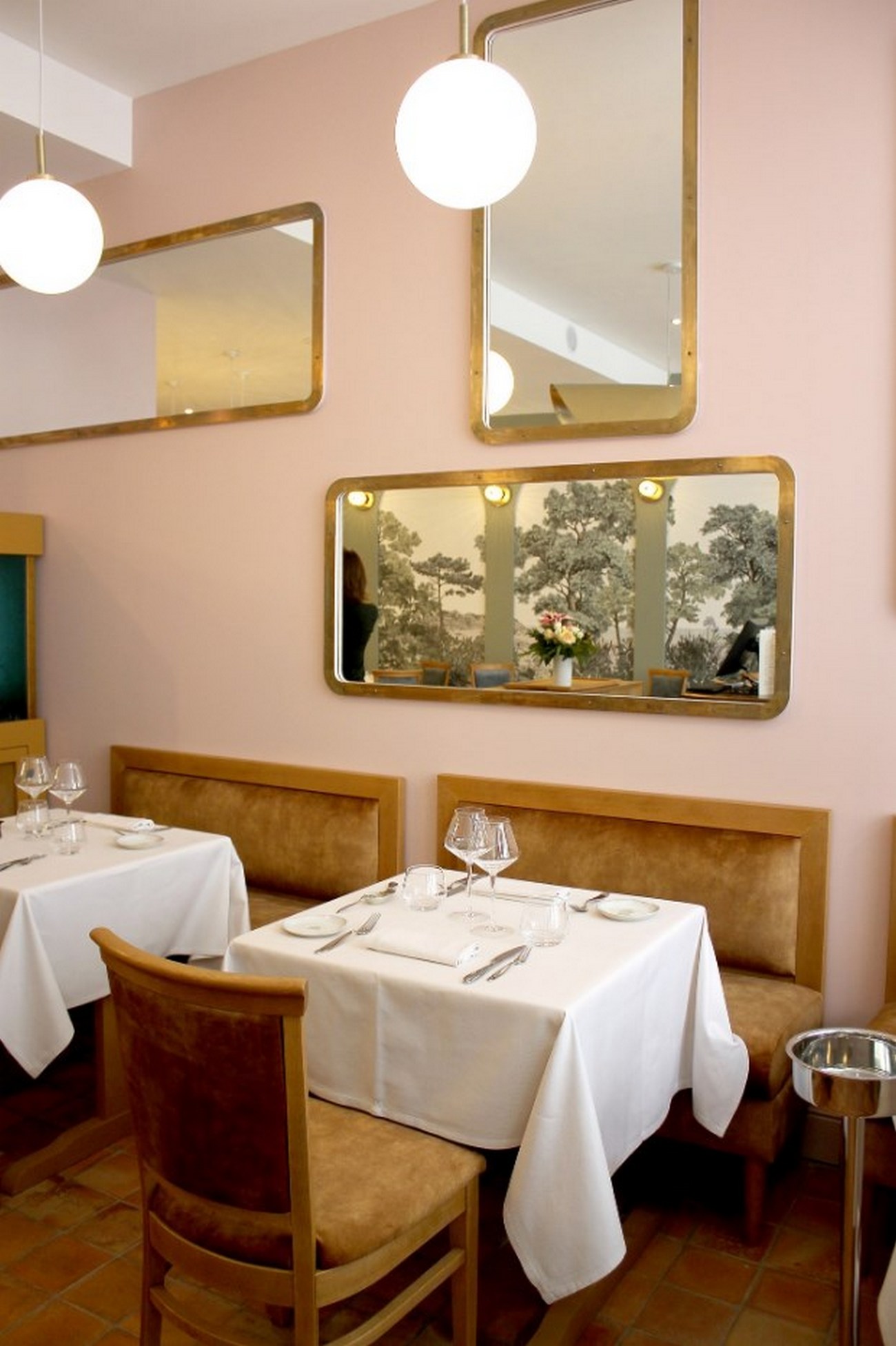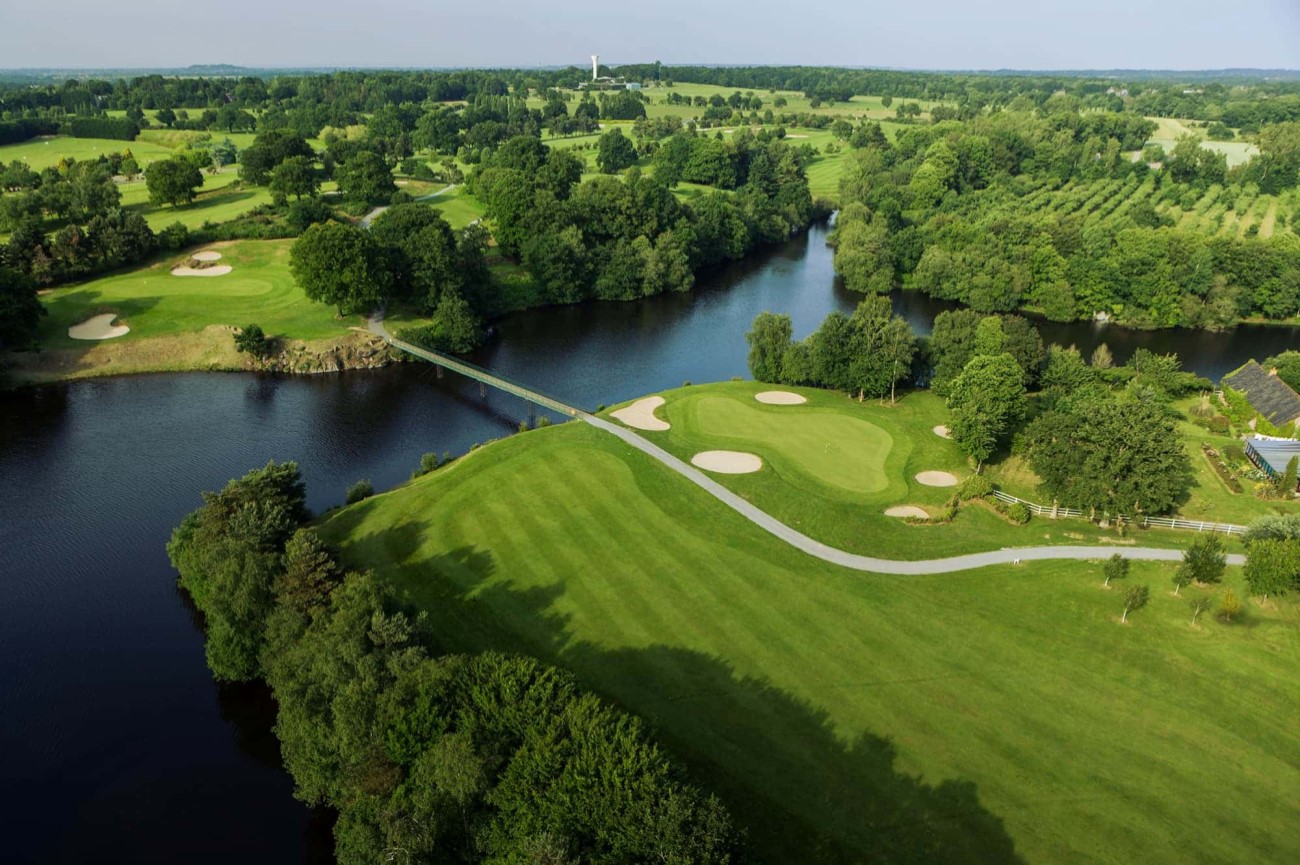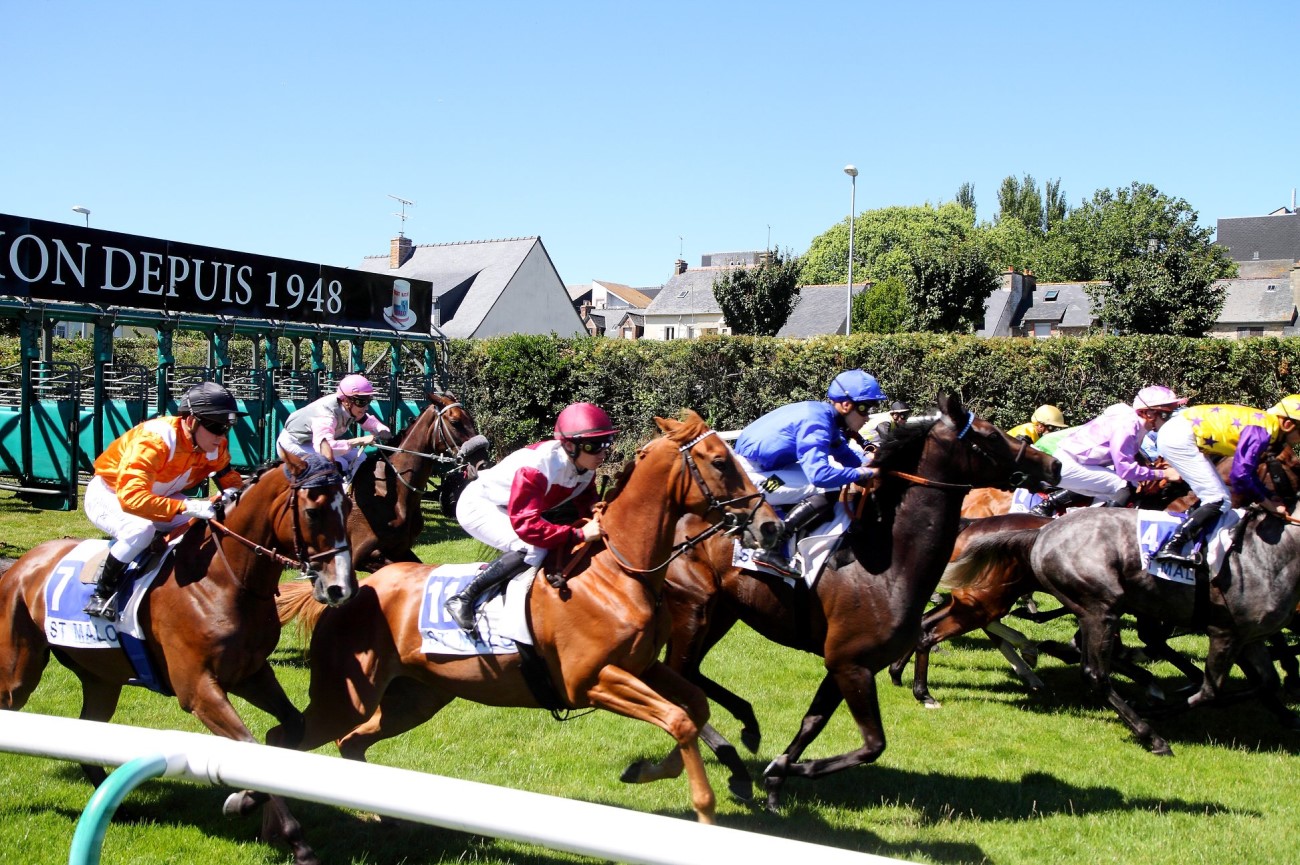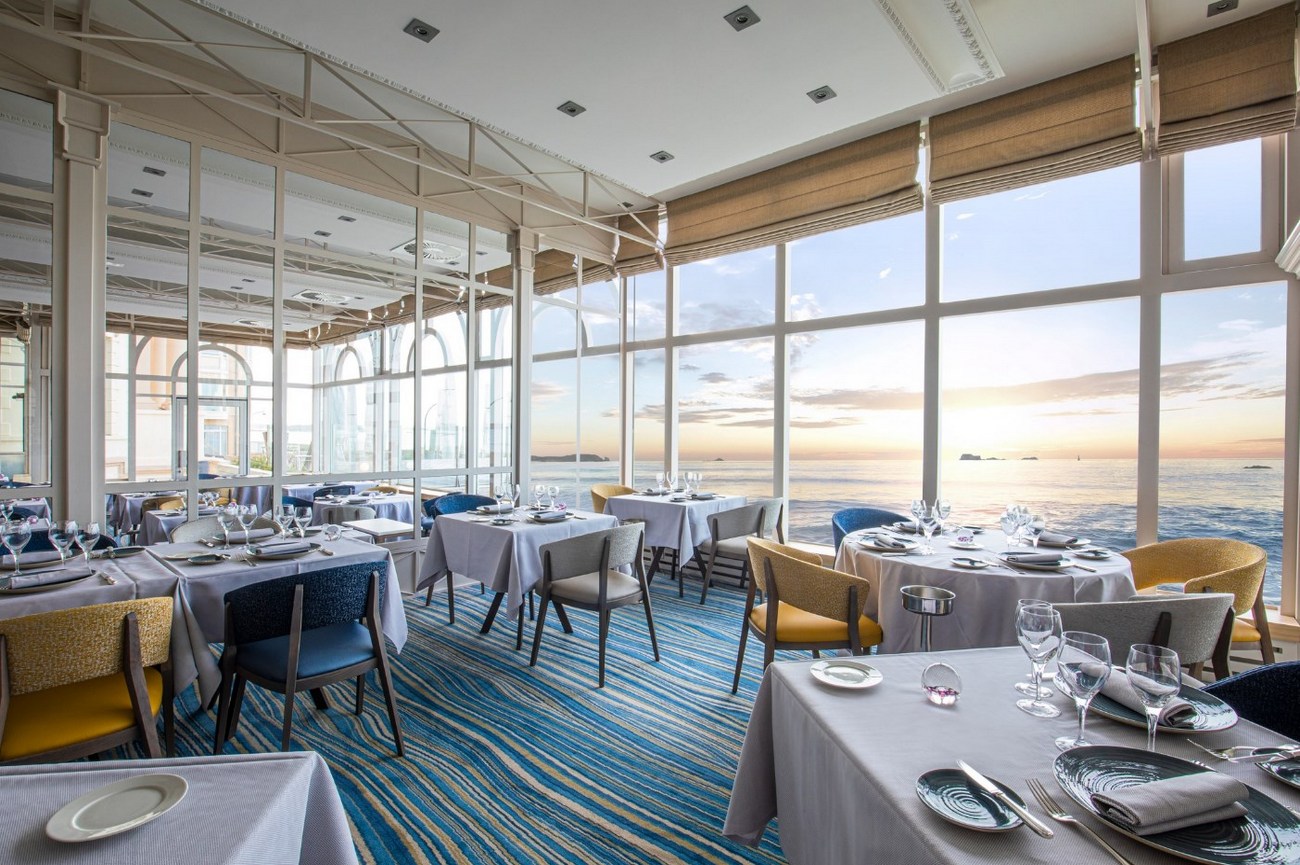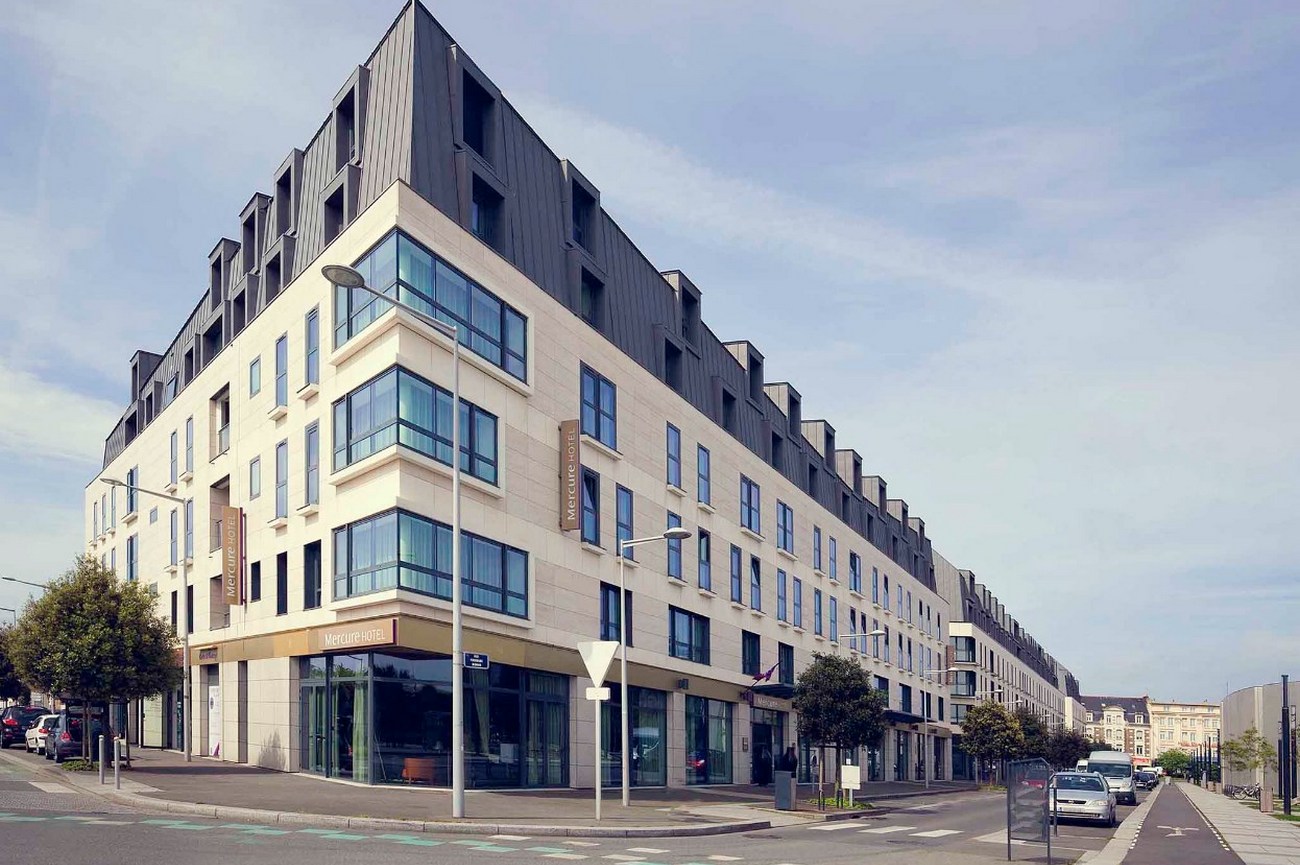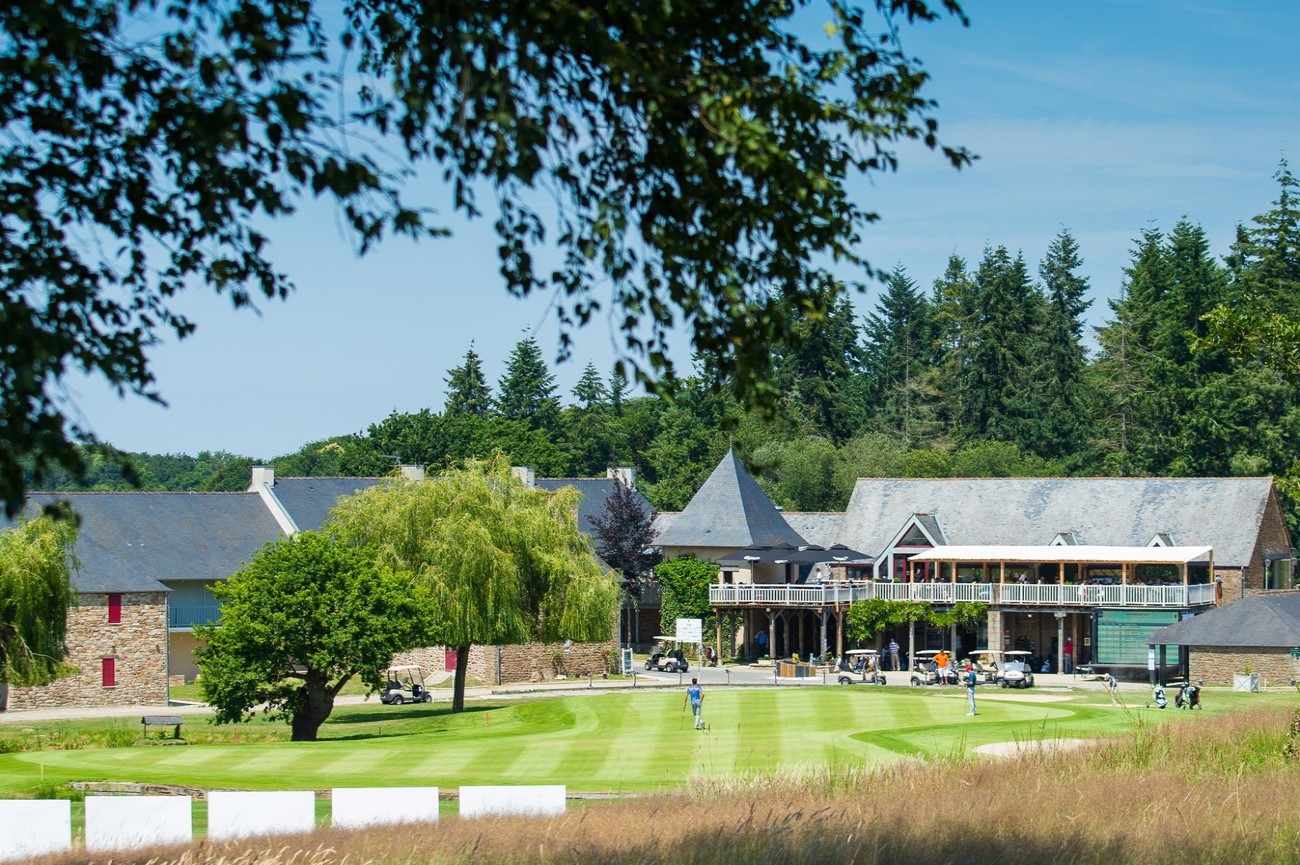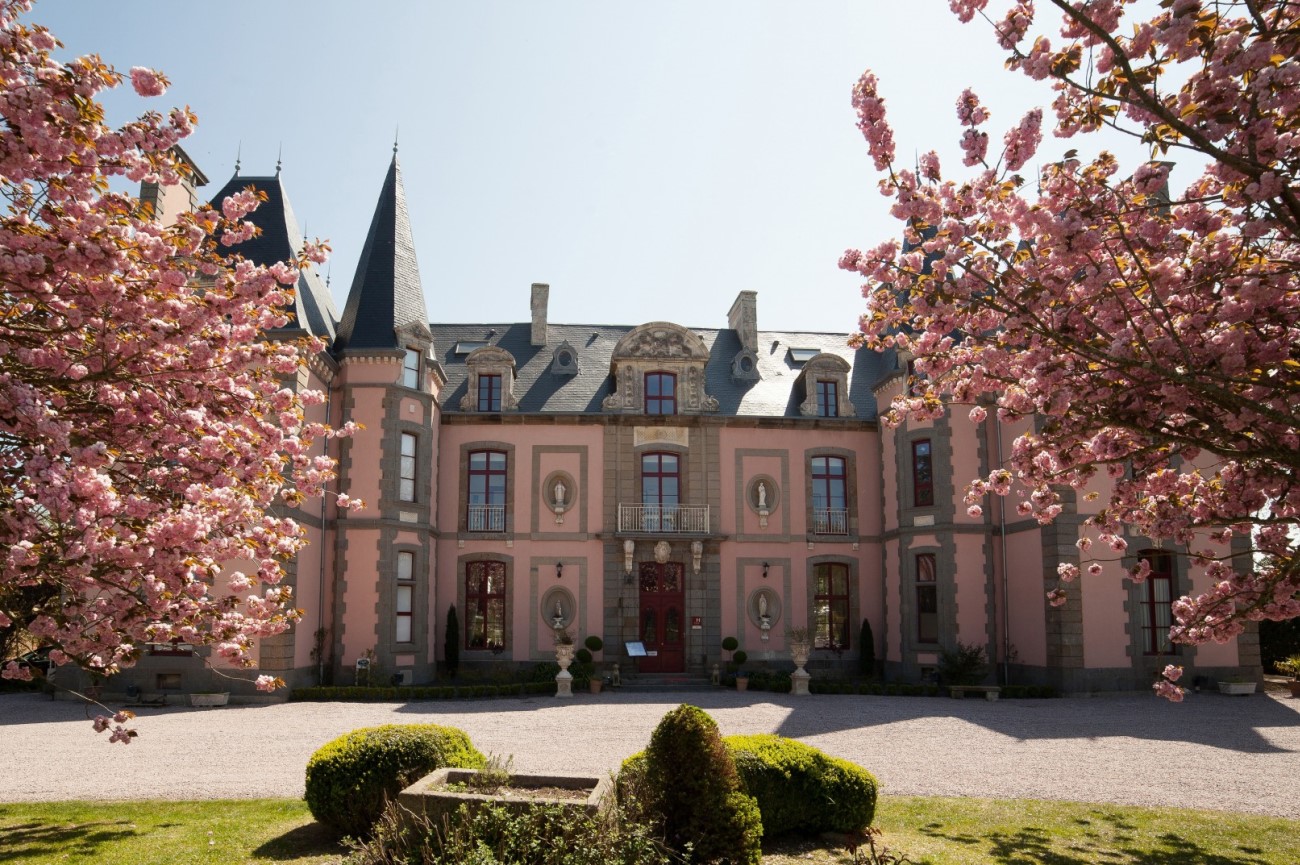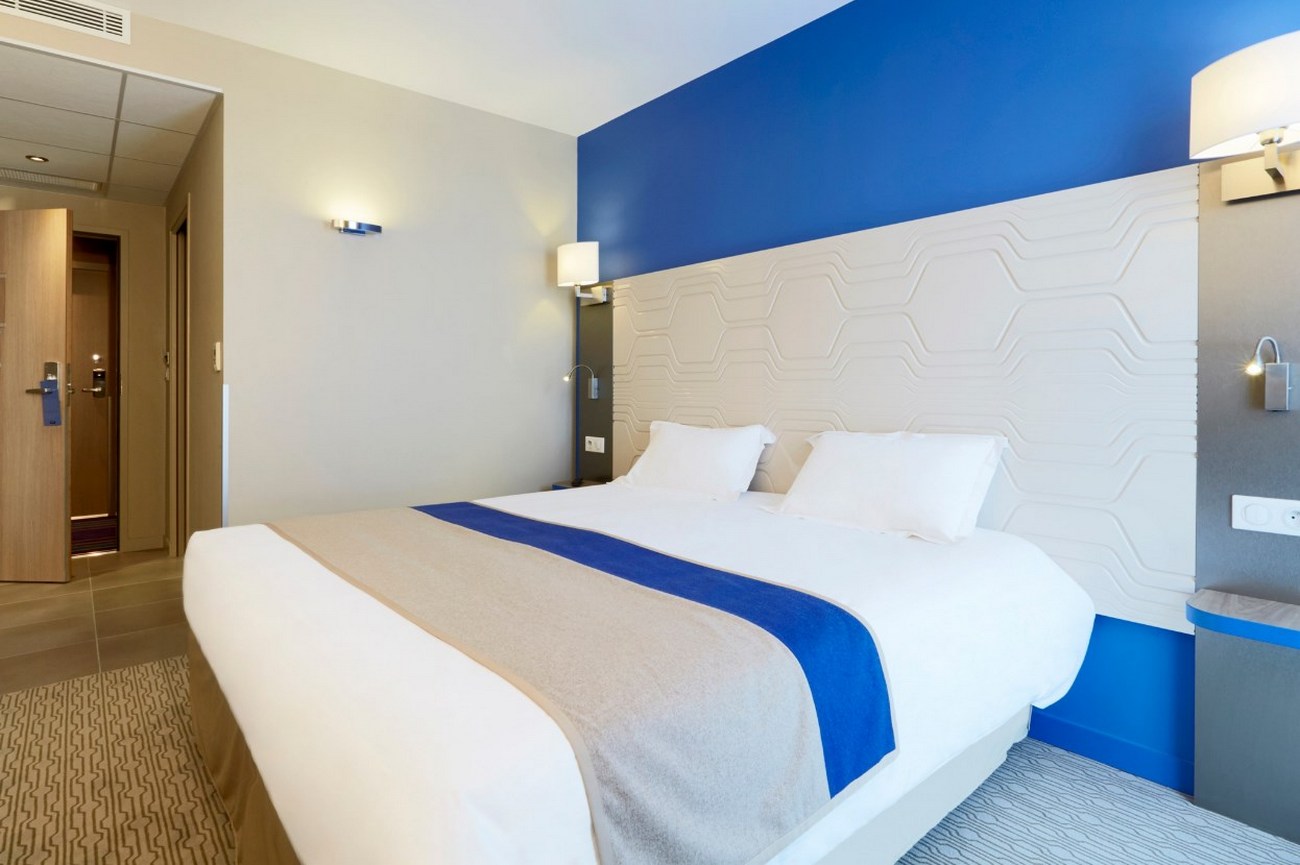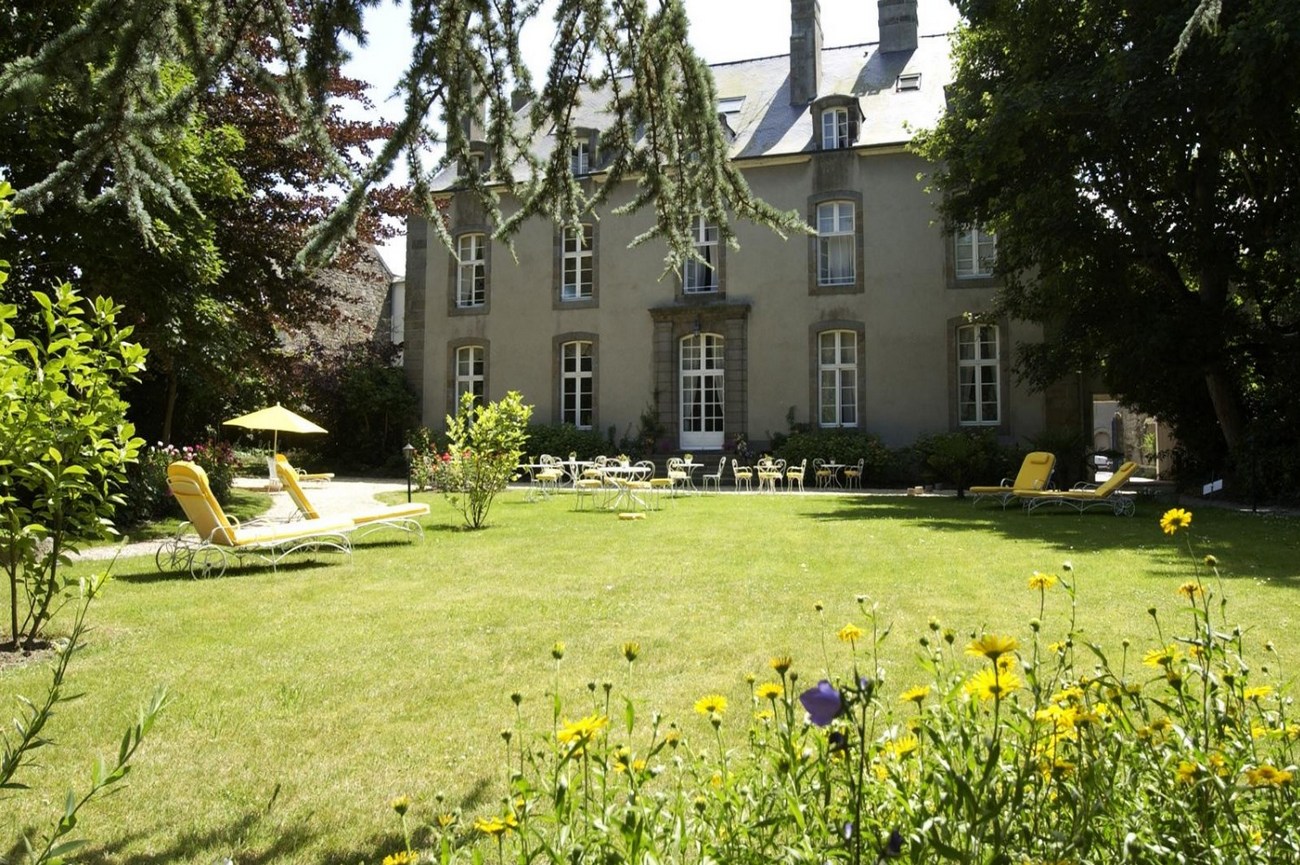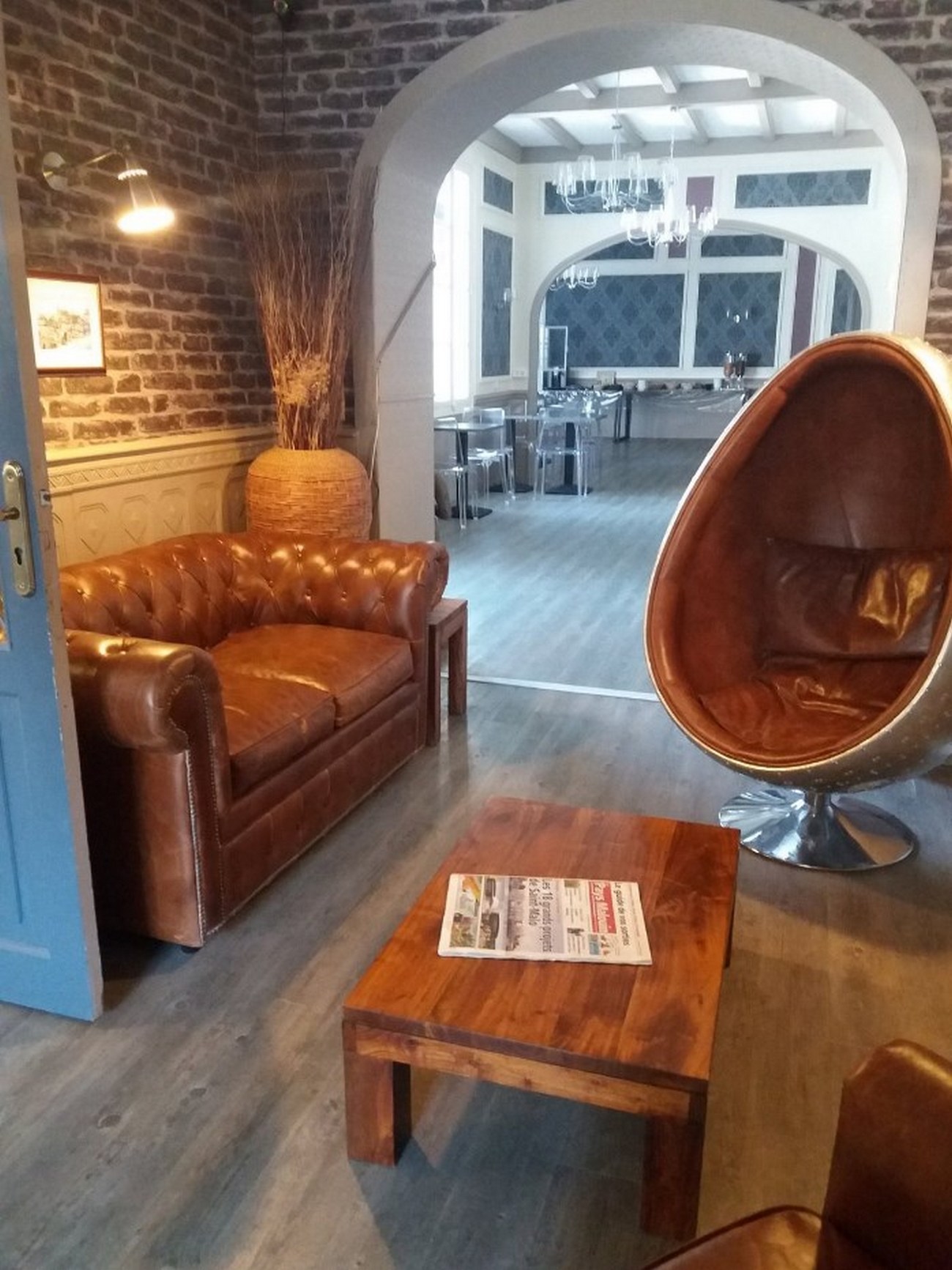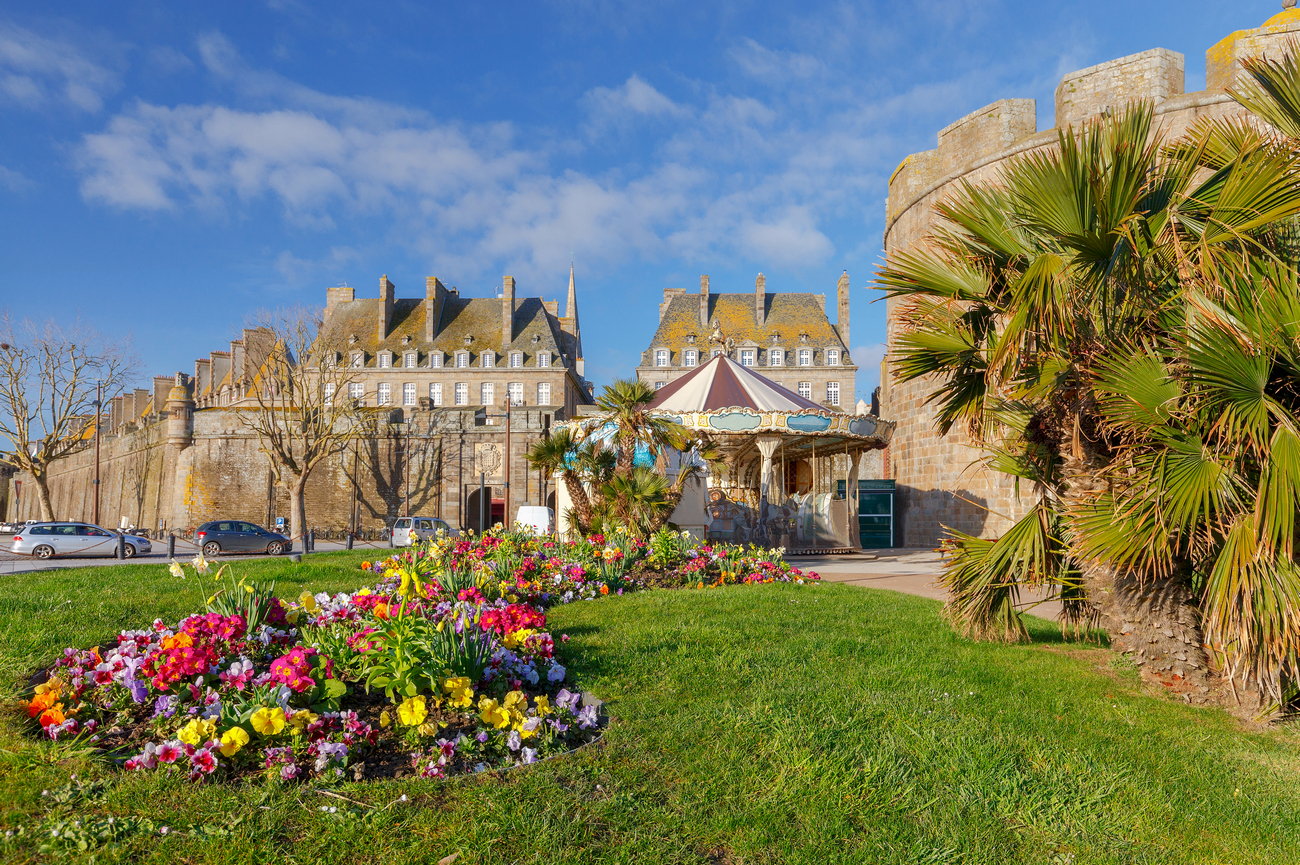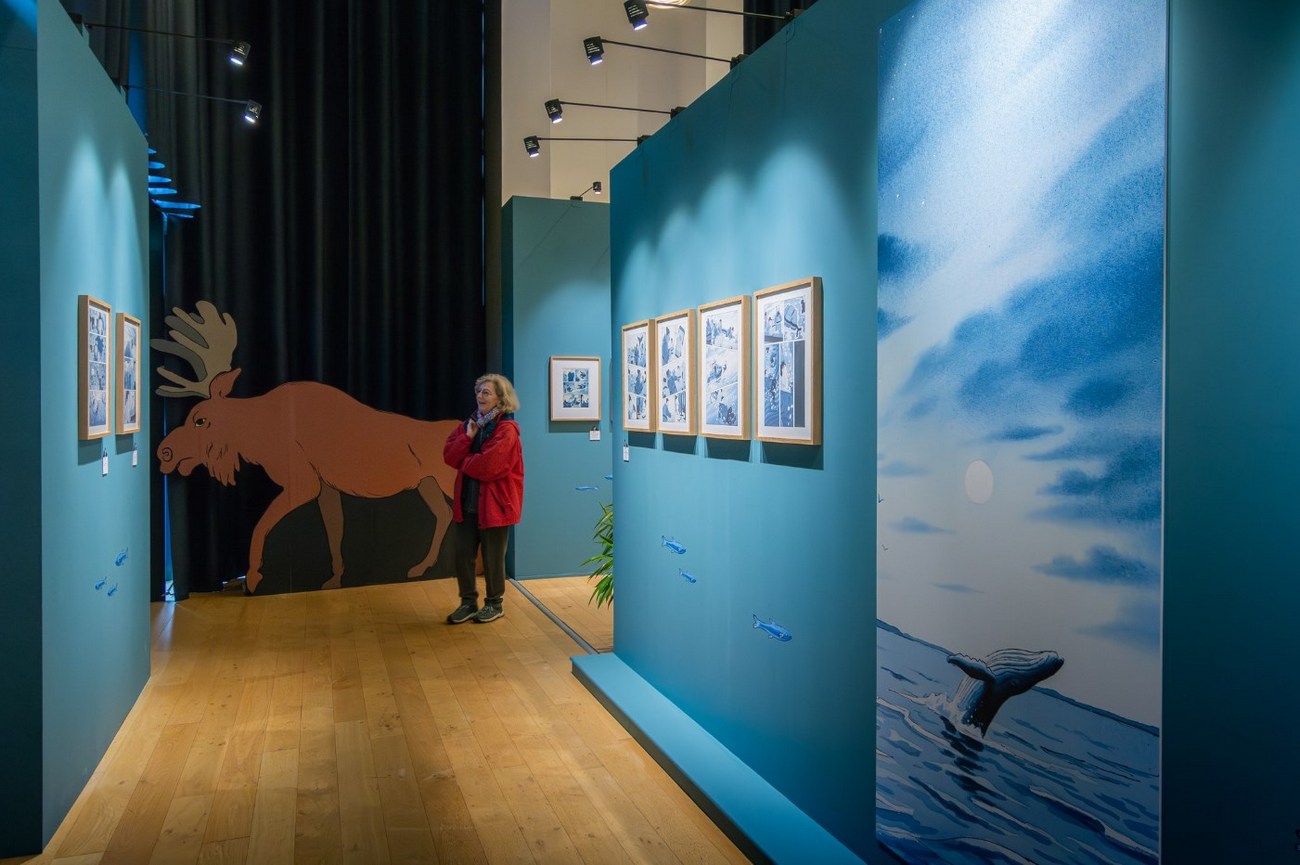Things to do in Saint-Malo, France – 4 Day Itinerary
The charming seaside city of St Malo is one of Brittany’s, and indeed France’s, top holiday destinations. This port city is characterised by its half-timbered houses, medieval walls and bastions, and mile upon mile of soft, sandy beaches.
There are lots of fun and interesting things to do in Saint-Malo from water sports and boat trips to museums, an aquarium, and exploring the miles of unspoiled coastline. Explore ancient sea forts and find hidden coves where pirates used to hide, relax on the city’s beaches and be sure to sample the local cuisine (oysters are a speciality).
This 4-day Saint-Malo itinerary includes all the top sights in the city as well as nearby attractions like the world-famous Mont Saint-Michel, sleepy fishing villages and impressive chateaus. So, let’s dive right in and discover all there is to do in St Malo!
Day 1

Morning: Saint-Malo Intra-Muros (Old Town)
St Malo’s historic old town is flanked by multiple beaches and a large harbour. Inside the city walls, you’ll find a host of interesting attractions from the large, gothic cathedral to picturesque, cobbled streets lined with wood-beamed buildings, cafes, restaurants and artisan shops.
Tourist Information Office
Start your 4-day Saint-Malo itinerary off at the tourist information centre on esplanade Saint-Vincent where you can pick up a free map and find out detailed information about tours and activities in the city, as well as tide times which are useful for visiting some of the islands and fortresses.
Château de la Duchesse Anne (Saint-Malo Castle)
Follow the esplanade towards the beach for two minutes and make your way to St Malo castle, otherwise known as château de la Duchesse Anne. The castle dates back to 1424, but it was in 1505 that duchess Anne of Brittany, daughter of duke Francis II, improved upon the castle adding various watchtowers, and giving the castle her name. Today the castle is home to a history and ethnology museum, as well as the Saint- Malo town hall. This is one of the top attractions in St Malo and offers stunning views of the city and coastline. Not to be missed!
The Birthplace of Chateaubriand
Take the footpath along the beach to place Chateaubriand which leads to the birthplace of one of France’s most famous literary heroes, François-René de Chateaubriand. Chateaubriand heavily influenced France’s 19th-century literature and was also a politician, diplomat and historian. His most famous work, René, influenced such luminaries as Lord Byron and Victor Hugo amongst others.
Bastion de la Reine
Follow the beach westward to bastion de la Reine which offers stunning views of the bay and across to the National Fort and the Grand Bé island. Here you’ll also find one of the city gates, the Poterne aux Normands.
Day 1 - Saint-Malo Morning Tour Map
Afternoon: Cathédrale Saint-Vincent
In the afternoon, continue exploring the old town and walk from the bastion, along rue du College to the cathedral of Saint-Vincent.
Another of the top St Malo landmarks is the Saint-Vincent cathedral (cathédrale Saint-Vincent de Saragosse de Saint-Malo). This impressive gothic building dates back to the 12th century when it was dedicated to Saint-Vincent of Saragosse, but the site itself dates back to the 7th Century. The cathedral, which is a national monument of France, is open to the public daily and year-round from 9:30 am to 7 pm.
La Grande Port de Saint-Malo (Grand Gate)
Exit from the rear of the cathedral and make your way onto rue Grand which leads to the Grand Gate (la Grande Porte de Saint-Malo). This impressive fortified gate is one of four across the city and marks the entrance to the old town from the east, with the harbour behind it. The gate forms part of the ramparts that surround the city and is one of the top places to see in St Malo.
Demeure de Corsaire
Follow the city wall along rue de Chartres to the Demeure de Corsaire, a historical monument and museum where you can step back in time to 18th-century Brittany and explore the residence as it was back then.
Admire the historic furnishings from the wrought iron banister to open fireplaces, sumptuous bedrooms and more. There is also a terrace with incredible views of the old town. The museum is only open in the afternoons from 3 pm to 4:15 pm.
Statue de la Bourdonnais
Cross the road past St Louis bastion and finish your day at the statue de La Bourdonnais dedicated to Bertrand-François Mahé de La Bourdonnais, one of St Malo’s famous sons who went on to become governor of the Bourbon Islands and Mauritius (back then known as Isle de France). In summer, the statue is flanked by a colourful flowerbed and lawn.
Day 1 - Saint-Malo Afternoon Tour Map
Day 2

Morning: Bastion Saint-Philippe
On the second day of your 4-day St Malo itinerary, continue exploring the medieval architecture of the old town with its ramparts, bastions and gates, as well as enjoying a walk along the beaches surrounding the town.
Start your day at the impressive bastion Saint-Philippe which separates the old town from the beach at plage du Mole. The bastion is named after French regent Philip II of Orleans. From here the views of the harbour and across the bay to Grand Bé island are fantastic.
Estrées Gate
Walk along the beach following rue Guy Louvel to the Estrées gate, one of the many gates of the medieval city ramparts, and famed for its window overlooking the bay. This is a great place to stop and take photographs of the walled city, harbour and coastline.
Bastion de la Hollande
Continue along the beach to the impressive bastion de la Hollande, which was built in 1674 as part of the city’s defences. Again, the views from the bastion to Grand Bé and Small Bé islands are fantastic, and as it’s right on the beach, it’s the perfect place to stop for a picnic lunch.
Day 2 - Saint-Malo Morning Tour Map
Afternoon: Plage du Mole
Spend the afternoon at the beach(es) around Saint-Malo where you can explore more of the ancient ramparts, sunbathe, go for a swim, or indulge in a number of water sports from paddleboarding to boat cruises.
Plage du Mole lies to the west of the old town and overlooks the estuary and nearby islands. From here you can see the fortifications around Grand Bé island, and take in the views across the river to nearby Dinard (there are hourly boats across the estuary if you wish to visit).
The beach is patrolled in the summer months and is one of the more popular thanks to its close proximity to the old town. It is separated from next door Plage de Bon-Secours by a rocky outcrop which is a great place for kids to go rockpooling.
Les remparts de Saint-Malo
The city’s impressive ramparts span a distance of around 2 km around the old town and along the beach. This defensive wall dates back to medieval times and includes many gates and bastions dotted around St Malo.
It’s possible to climb the ramparts using the staircases and you’ll be rewarded with fantastic views of the city rooftops and out across the bay. Walking along the ancient city walls is definitely one of the top things to do in St Malo (and free too)!
Plage de Bon-Secours
You can clamber over the rocks to plage de Bon-Secours when the tide is out or take the path along the ramparts. Here you’ll find a seawater swimming pool which is a great place to cool off in summer. The beach looks out over the Rance estuary, and there are various water sports activities on offer from swimming to paddleboarding and snorkelling. A great place to finish the day and watch the sun slowly sink into the sea.
Day 2 - Afternoon Saint-Malo Tour Map
Day 3

Morning: Grand Bé Island
Start your third morning off exploring Grand Bé island which is located just off the shore of plage de Bon-Secours a few minutes’ walk from the old town.
Grand Bé island is only reachable at low tide (check at the tourist office or online for up-to-date tide times during your visit). There is a small causeway from the beach, and you’ll need to clamber over a few rocky parts to get there, so be sure the tide is on its way out.
The island has the ruins of an old fort and fantastic views over the town and ramparts. Be sure not to get trapped on the island as you’ll be waiting a long time for the tide to go out again before you can return to the mainland.
Tombeau de Chateaubriand
At the northernmost point of the island is the grave of French author François-René de Chateaubriand. It was his final wish to be interred on the island, and this is where he has remained since his death on 4th July 1848.
Le Petit Bé
The nearby island of Petit Bé is home to a fort built in 1667 to protect against British and Dutch invasions, and it was successful in repelling an attack in 1695. As with its larger neighbour Grand Bé, the island is only reachable at low tide. It’s also possible to take a guided tour from the private owners of the island.
Day 3 - Morning Saint-Malo Tour Map
Afternoon: Plage de l’Éventail
Continue your day exploring the beaches around the town which are home to lots of interesting sights from old forts to rock pools, and an excellent place to just sit back and relax in gorgeous surroundings.
Plage de l’Éventail is the largest beach within walking distance from the city centre and is located to the north of the old town and St Malo castle. This long sandy beach stretches for kilometres and is backed by the city walls. In summer the beach is patrolled by lifeguards so it's an excellent place to relax with the family.
National Fort
The impressive National Fort is located on a small island just off l’Éventail beach and like Grand Bé, is only accessible at low tide. The fortress was constructed in 1689 to protect the town from the encroaching English and Dutch flotillas.
The island has had many uses over the centuries from being used as a beacon point to ward off ships away from the rocks to a place of public execution with its very own set of gallows. Nowadays it’s possible to explore the fort on certain days between 1st June and 30th September, and strangely, only when you can see the French flag flying from the island. Check the website or at the nearby tourist information office for times.
L’Étoile du Roy
No trip to St Malo is complete without exploring the city’s connection with pirates, and the stunning l’Étoile du Roy tall ship that’s docked in the harbour across from the tourist information centre is a great place to start.
The ship is a replica of a naval frigate, and you can explore it while learning about St Malo’s maritime history. The l’Étoile du Roy was moored in Whitby in England for many years before being moved to St Malo in 2010. It’s also possible to book a sailing trip on board, so check the website or at the tourist info office for more details.
Day 3 - Afternoon Saint-Malo Tour Map
Day 4

Morning: Plage des Bas-Sablons
On the final day of your 4-day St Malo itinerary, head to the southwest of the city to explore plage des Bas-Sablons beach and the nearby promontory which has pleasant parks and a WW2 museum.
Plage des Bas-Sablons is another popular city beach and offers fantastic views of the estuary and old town. This is where the shipbuilding yards used to be an important part of the old city. You’ll find lots of wonderful cafes, bars and restaurants lining the beach, so this is a great place to stop and watch the world go by with a bite to eat and a glass of something refreshing!
Tour Solidor
Walk west along the beach until you reach rue de Hauts-Sablons which leads to Solidor tower. The tower was completed in 1382 for John V, duke of Brittany and overlooks the Rance estuary. There is a museum inside the tower open from 8:30 am to 8:30 pm 7 days a week.
Point de Vue
Walk around the headland from the tower to the Point de Vue where you can watch the boats coming and going across the estuary of the Rance River. You can also explore the pleasant park which follows the headland around to the Sablons Marine and Memorial Museum.
Memorial 39/45
If you’re interested in the history of the Second World War and the German occupation of St Malo, then you’ll not want to miss the fascinating Memorial 39/45 Museum, which is located a short walk through the park from Solidor Tower.
Day 4 - Morning Saint-Malo Tour Map
Afternoon: Cruise
Finish your St Malo itinerary with a cruise on the bay of Corsaire, which is a great way to see the islands, forts, and old town with its ramparts and bastions.
There are lots of options for cruises in the bay or you can hop on a ferry across the Rance to Dinard (see below). From short daytime cruises to sea safaris and luxury gourmet dinner cruises, there are plenty of options for getting out onto the water no matter your budget. You can book online or at the tourist information centre next to St Malo castle.
Best Day Trips from Saint-Malo
- Dinard is a small and incredibly picturesque town opposite St Malo across the estuary. This exclusive holiday destination is famed for its annual film festival, regarded as the Cannes of the North, and for a host of celebrity visitors from Pablo Picasso to T.E Lawrence (of Arabia), Winston Churchill and Joan Collins. There is a sea bus service that’s been running since 1904 making the short hop across the bay from Saint-Malo to Dinard. The Compagnie Corsaire Sea Bus operates a daily service that takes just 10 minutes to make the crossing. Ferries depart from cale de Dinan at the bottom of the ramparts of the old town.
- Mont Saint-Michel: Although the incredible island of Mont Saint-Michel is in the neighbouring department of Normandy, it’s under an hour’s drive from St Malo. The tidal island is home to a large Benedictine abbey dating to the 8th Century when the bishop of Avranches had a vision where the Archangel Michael asked him to build the abbey on an island. The island, which is now a UNESCO world heritage site, is also home to a large selection of museums, restaurants and shops, and is the perfect place to spend a day exploring. Mont Saint-Michel is one of France’s most famous attractions and should not be missed!
- Menhir of Champ-Dolent: Brittany is famed for its ancient standing stones that date back to Neolithic times. The nearest of these to St Malo is the impressive menhir of Champ-Dolent, the second largest in the region at 9.42 metres high. Just like Stonehenge in England, the menhir is steeped in mystery, and no one really knows how this large obelisk got to its place in the middle of a field.
- Rennes: Beautiful Rennes is the capital of Brittany and is famed for its old town of cobbled streets and medieval buildings. The fine arts museum displays works by renowned artists such as Boticelli and Picasso, and there are a host of interesting museums, parks, gardens and other attractions to explore. Rennes is under an hour from Saint-Malo by train, or just over an hour by car along the D 137.
- Vannes: The ancient Breton city of Vannes is well worth a visit for its historic old town of half-timbered houses, its gothic cathedral and its stunning location on the gulf of Morbihan, surrounded by islands. The city is just 2 hours by train from Saint-Malo and easily reachable by car along the D 166 highway.
Other Things to do in Saint-Malo
- Rochers sculptés: The sculptured rocks are one of the most intriguing attractions around Saint-Malo and are located near the village of Rothéneuf just 6 km from the centre. On this stretch of the gorgeous Emerald coastline, you’ll find hundreds of figures carved into the rocks. The carvings were made by local priest Adolphe Julien Foure who was both deaf and mute. His carvings depict various figures, faces and animals relating to the area's history as a haven for pirates.
- Point de la Varde: Just west of the sculptured rocks lies Point de la Varde, a 32-metre-high rocky outcrop on a small peninsula overlooking the ocean. The views of Saint-Malo Bay from the point are simply breathtaking and it’s well worth the short trip from the city. You can hike along the beach and coast path which takes around 90 minutes.
- Jaques Cartier Museum: Jaques Cartier was a famous French sailor and explorer and was the first European to map parts of the Canadian coastline (specifically the Gulf of Saint Lawrence). His first voyage to Canada was in 1534 and he returned again in 1535 and 1541. After returning from his third and final voyage in 1542 he retired to St Malo where he lived until his death in 1557. The Museum is located in Cartier’s former residence in a small hamlet a couple of km north of the city centre. Inside you’ll find a wealth of information, photographs and exhibits from his travels across the Atlantic.
Top Things to Do With Kids in Saint-Malo
- Micro Zoo: Located a few metres from bastion de la Reine just off plage de l’Éventail beach is the micro zoo which is home to a range of terrariums which have recreated habitats for various creatures including snakes, eels, geckos and other interesting species from around the world (there’s even a small crocodile). A sure winner with the kids!
- Outdoor swimming pool: This tidal pool located between plage du Mole and plage de Bon-Secours is an excellent swimming option for children and families as it’s protected from the open ocean. The pool is surrounded by a sandy beach perfect for picnics and sunbathing, and just a short walk from the city centre.
- Le Petit Train: One of the best ways to see some of the top St Malo attractions and have fun while doing it is to take the Petit Train. The train operates daily throughout the summer and departs from esplanade Saint-Vincent next to porte Saint-Vincent. In July and August, the train runs every 30 minutes from 10 am to 7 pm.
- Grand Aquarium Saint-Malo: Marvel at the underwater world that surrounds you at the St Malo Aquarium, which is located 6 km south of the city centre. This is a fantastic place for the whole family as you discover creatures of the deep from around the world. From sharks and rays to turtles and other species, your little ones will not fail to be amazed. There are hands-on activities, virtual displays and a bar, restaurant and shop.
Where to eat and Drink in Saint-Malo
St Malo is a joy for gourmands and is packed with a plethora of cafes and restaurants to suit all tastes and budgets. Seafood is fresh and locally caught, and you can also find other regional delicacies from crepes and oysters to local ciders and wines.
- Market: Marché de Paramé is a weekly farmer’s market that operates every Wednesday and Saturday from 8 am to 1 pm. Here you can find a huge selection of local fruit and vegetables, cheeses, wines and more. A great place to pick up supplies for a picnic on the beach.
- Food Tours: There are a range of different food tours on offer in and around Saint-Malo. Local specialities include oysters from nearby Cancale, considered some of the best in the world, cider, and of course crepes, which originated in Brittany in the 13th Century.
Restaurants in St malo
- La Fourchette à droite: This excellent restaurant in the heart of St Malo is featured in the Michelin guide thanks to its focus on Breton cuisine using locally sourced ingredients from freshly caught monkfish to local ciders and more.
- Effet Mer: This chic waterside restaurant specialises in freshly caught fish and seafood, as well as other French classics. The interior is classy yet welcoming and features open brickwork lending it a homely feel.
- Fidelis: Fidelis is also mentioned in the Michelin guide and is a classy yet relaxed restaurant in the centre of town with both inside and outside seating. The menu fuses French and other European cuisines and serves a range of pasta, meats, salads and other dishes.
- Bergamote: This charming tearoom and cafe is a great option for lunch and is located in the heart of the city just minutes from the beach. You can choose from a wide selection of crepes, pastries, salads and more. Bergamote also has an excellent range of teas, as well as coffee, wines and other refreshments.
- Cargo Culte: Another great lunchtime spot, Cargo Culte serves up a range of croques (sandwiches), salads and soups. It’s also the perfect place to sample local oysters.
- Crêperie La Touline: As the humble crepe was invented in Brittany, you really should try one of these treats and crêperie La Touline has arguably the best in the city. The crepes are made using organic flour and you can choose from a wide selection of sweet and savoury options.
Fine Dining
- Le Saint-Placide: This Michelin-starred eatery is located in the suburb of Saint-Servan-sur-Mer just 3 km from the city centre, but away from the tourists, and is a popular place with the locals. Head chef Luc Mobihan has put together a mouthwatering menu focusing on fresh seafood and locally sourced vegetables, and his wife is in charge of the impressive wine list.
- Le Méson Chalut: The elegant le Méson Chalut is just steps from bastion de la Reine and the beach and features in the Michelin guide. The menu focuses on Breton cuisine using seasonal and local produce and is a great place for a special evening out.
Saint-Malo Golf Courses
Saint-Malo Golf Resort: The Saint-Malo Golf Resort boasts two courses; an 18-hole course, and a smaller 9-hole course that’s perfect for beginners. Their golf course is part of the hotel complex, but non-guests can also pay to play.
Saint-Malo Racecourses
Hippodrome de la côte d’Émeraude: If you’re looking for a little racing action while in Saint-Malo, the hippodrome de la côte d’Émeraude is the place to be. There are daily meetings and an onsite restaurant, an outdoor snack bar with a terrace and a bar. Children are also welcome to come and visit the ponies making it a great family day out.
Where to Stay in Saint-Malo
- Grand Hôtel des Thermes: This 5-star, luxury hotel has an enviable location right on the beachfront just steps from Grand Plage du Silon. The hotel has a heated pool and fitness centre, and the Cap Horn restaurant serves up delicious local and international cuisines. The stunning rooms come with sea or city views.
- Mercure Saint-Malo Balmoral: This sleek and modern 4-star hotel is just a short walk from the beach, harbour and city centre. The stylish rooms include an Italian shower, working space and a sumptuous buffet breakfast is included in the price.
- Saint-Malo Golf Resort: If you’re keen to play a few holes while in town, then the 4-star Saint-Malo Golf Resort is the perfect option. The resort boasts a 27-hole golf course as well as an outdoor heated pool and fitness centre, as well as a bar and restaurant.
- Château Hôtel du Colombier: If you’ve ever wanted to stay in a real castle, then the incredible 4-star Château du Colombier is the place for you. Located a short drive from the city, this 18th-century hotel sits within beautiful grounds and includes a rose garden, open terrace and pond. The hotel benefits from a bar, a restaurant and free parking.
- Kyriad Prestige Saint-Malo: This 3-star hotel boasts an indoor swimming pool, spa, hammam sauna and whirlpool as well as a bar and free, onsite parking. You can choose from a selection of spacious and modern en-suite rooms with everything you need for a relaxing stay in Saint Malo.
- Malouinière Le Valmarin: This gorgeous 3-star hotel is located within an 18th-century malouinière (a place for sailors to stay) and is just a five-minute walk from the beach. There’s a bar and tearoom with an open fire in winter, and the individually decorated rooms come with an ensuite bathroom with a bath, and a minibar for guests to enjoy.
- Hotel Ar Terra Nova: The 2-star Ar Terra Nova is a great budget option if you’re looking for a bargain in central St Malo. The hotel is within walking distance of the beach and all the city’s sights. The rooms are modern and comfortable and come with an en-suite bathroom and complimentary toiletries.
Best Time to Visit Saint-Malo
Summer is the perfect time to visit St Malo thanks to its miles of sandy beaches, stunning coastal paths and variety of watersports on offer.
The shoulder seasons of spring and March are equally pleasant in Saint-Malo and you can still enjoy dining al-fresco at one of the city’s many wonderful cafes or restaurants, explore the medieval city walls and take in the beautiful harbour.
It’s also a great place to visit in winter with plenty of indoor activities from the museums and galleries to the aquarium and more.
Saint-Malo Festivals
- Route du Rock: This mega-music festival dedicated to the best of British and American pop and rock music attracts 15,000 revellers to the city every August. The festival started when Radiohead played the city in 1993 and has been growing ever since.
- Le Vente en Poulpe: Vente en Poulpe is a film, visual and sound art festival held each September in Saint-Malo. The event includes exhibitions, kids workshops, food trucks and concerts among other activities.
- Étonnants Voyageurs (Amazing Travellers Literary Festival): Each May, Saint-Malo plays host to the Amazing Travellers literary festival which was started 20 years ago by the grandchildren of Stevenson and Conrad. Join talks, walks and fun activities across the city.
- Quai des Bulles Festival: This unique festival of comic-strip artists takes place each October, and makes for an excellent family day out. Thumb through the thousands of comics on display, watch the artists at work, or even have a go yourself.


